
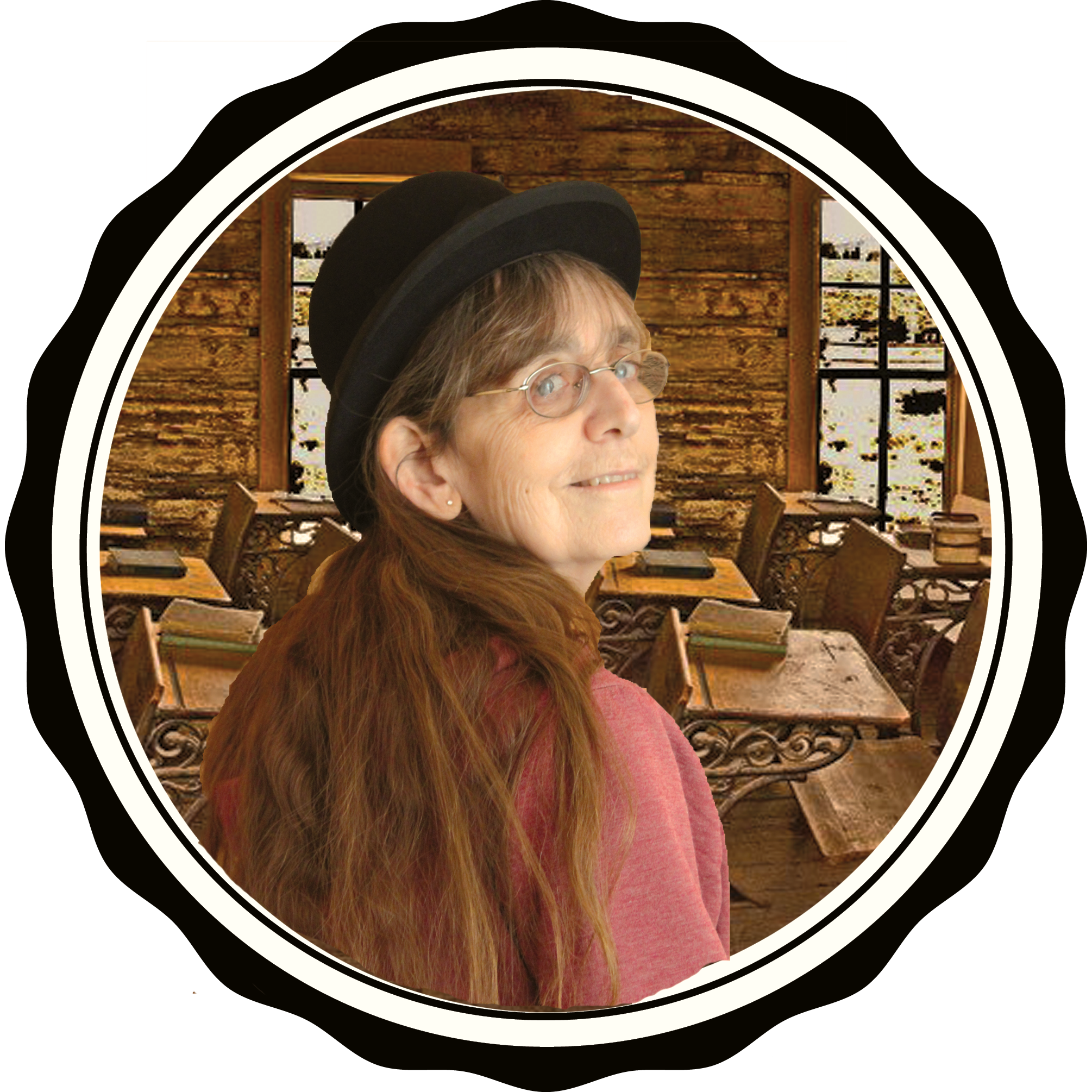 Mary Colling, 1887 Wyoming Homesteader
Mary Colling, 1887 Wyoming Homesteader
Mary works as an historical interpreter and tour guide in the Cody, Wyoming region. Her character represents the type of woman who came to Wyoming as an adult to make a difference. Leaving her home in Wisconsin, Mary’s character would have gotten a teaching certificate after the 8th grade. Married to the 3rd son of a farmer, there were few occupations a married woman could pursue that were socially acceptable. Wisconsin was saturated with teachers and bookkeepers, and her husband, also a teacher, had better opportunities if he worked with the local university. To do that, he needed more money.
So, when the US government offered 160 acres to any man, and another 160 acres to his wife if they would live on it for 3 years minimum, her husband had the idea to homestead in Wyoming, meet the requirements, sell the land for big money, and return “home” to Wisconsin to further his education so he could spend the rest of his days teaching higher education.
They ended up in Chugwater, about 1/2 day by railroad spur from the established east-west transcontinental railway station in Cheyenne. What they didn’t know was how difficult it was going to be to prove up a claim.
 Two Places; Two Lives
Two Places; Two Lives
Mary’s story begins with her Irish ancestors who came with the first “wave” of Irish immigrants to the Midwestern United States in the 1840’s. The Scots and English had come in the 1740’s due to political and religious persecutions. Ireland, being small and tied to England in the 1840’s, came because of potatoes.
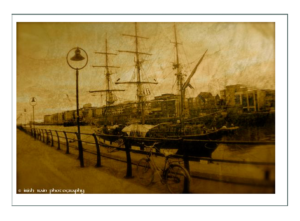
The first potato famine in Ireland had to do with import/export, and the social and economic structures that existed then. The farmers leased land from owners, and gave shares or paid rents to the owners. They had single crop farms, so when that one crop failed, they had little to fall back on. Starvation and disease had taken its toll.
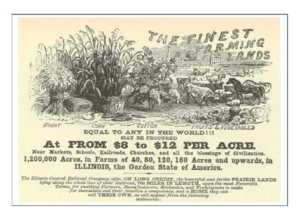
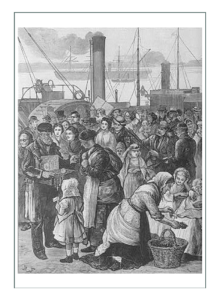
It took 47 days to cross the ocean from Ireland to America, and most continued on through the Erie Canal and the Great Lakes to disembark at what is now Chicago. A few went through Ellis Island and stayed on the east coast, but the predominant migration started with Illinois and Wisconsin, and then spread south and west. Ads like these were circulated in Ireland (Scotland, and Germany) promising bountiful harvests and a good life in the United States.
Unfortunately, there was discrimination and bias because of the huge influx of people. The isolation by cultural, ethnic, and geographical background had the Irish locate in “Irish Only” communities. While many of the men and a few of their women went on westward to follow the Gold Rush (’49) or to seek their fortunes working on the railroads and in western society, most families like the ones show below, established in certain neighborhoods. A favorite “final destination” was St. Louis, Missouri.
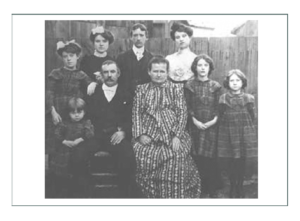
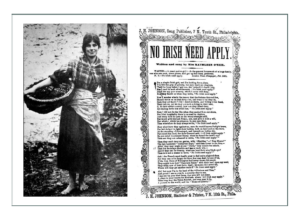
… continued on Mary’s Historical Research Page.
Click to go to Mary’s Historical Research time & place Page (next)
Click to go to Mary’s Fashion History Research Page (2)
Click to go to Mary’s Design Development Page (3)
Continue below for Mary’s character and FINISHED PROJECT


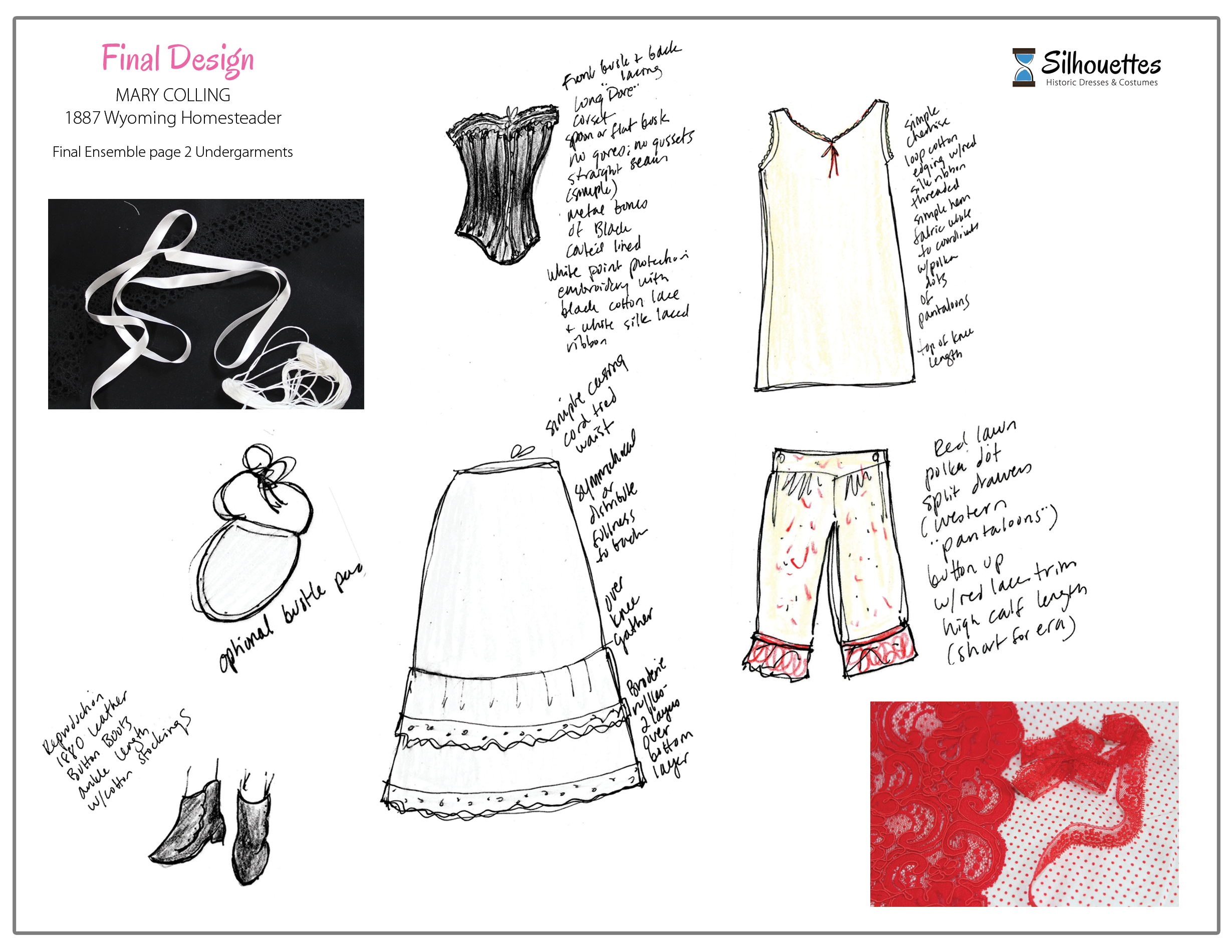

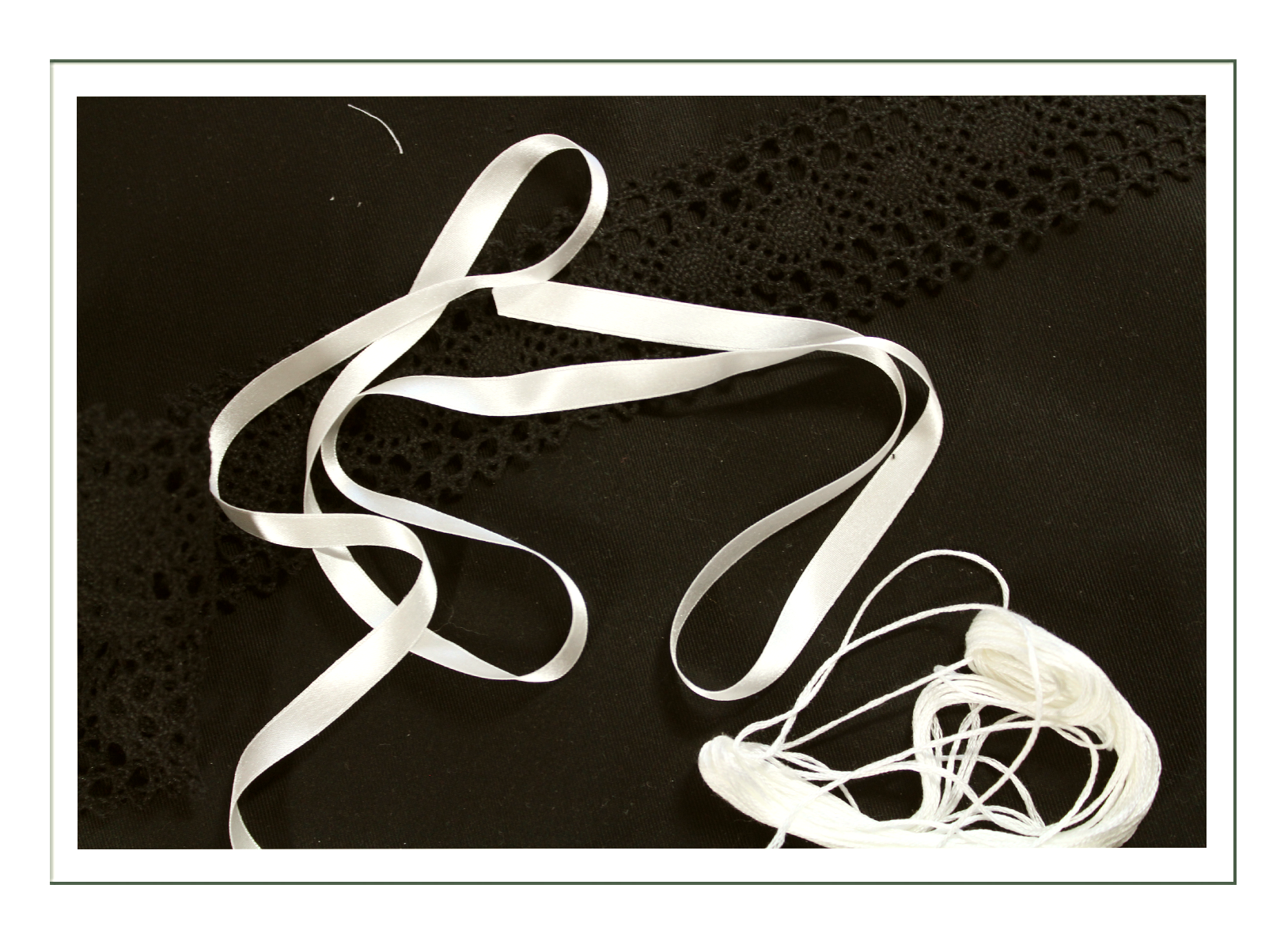
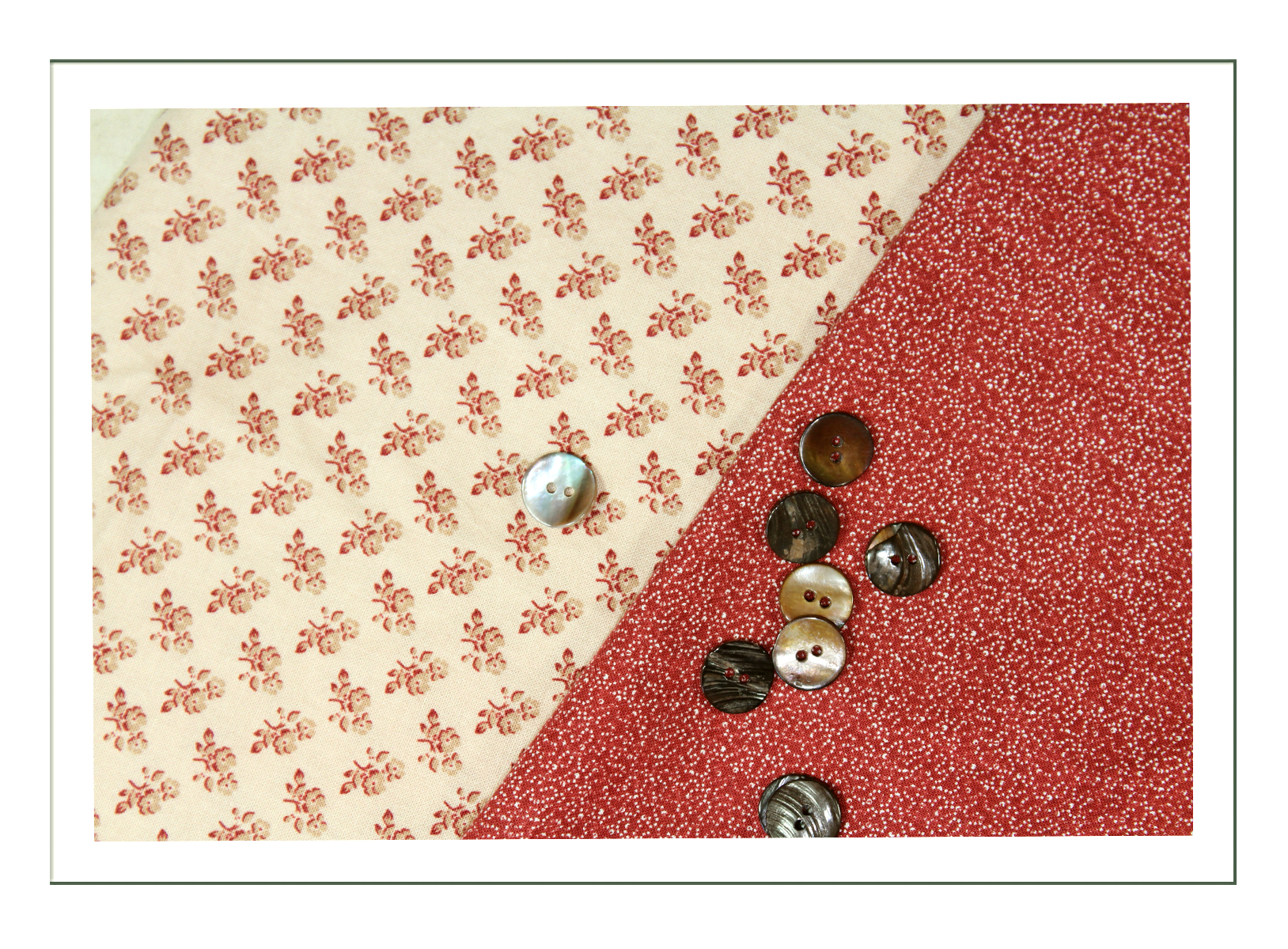
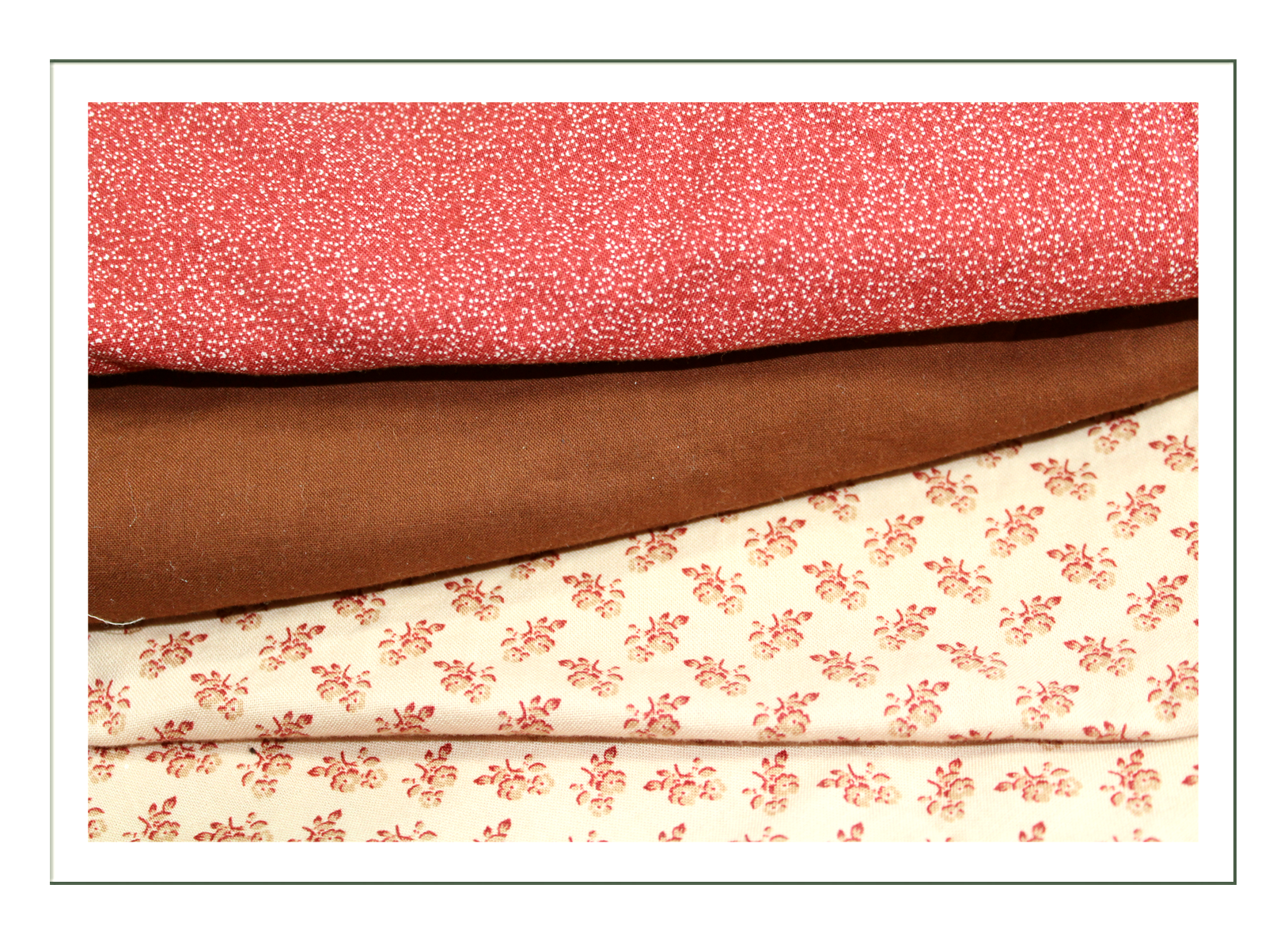
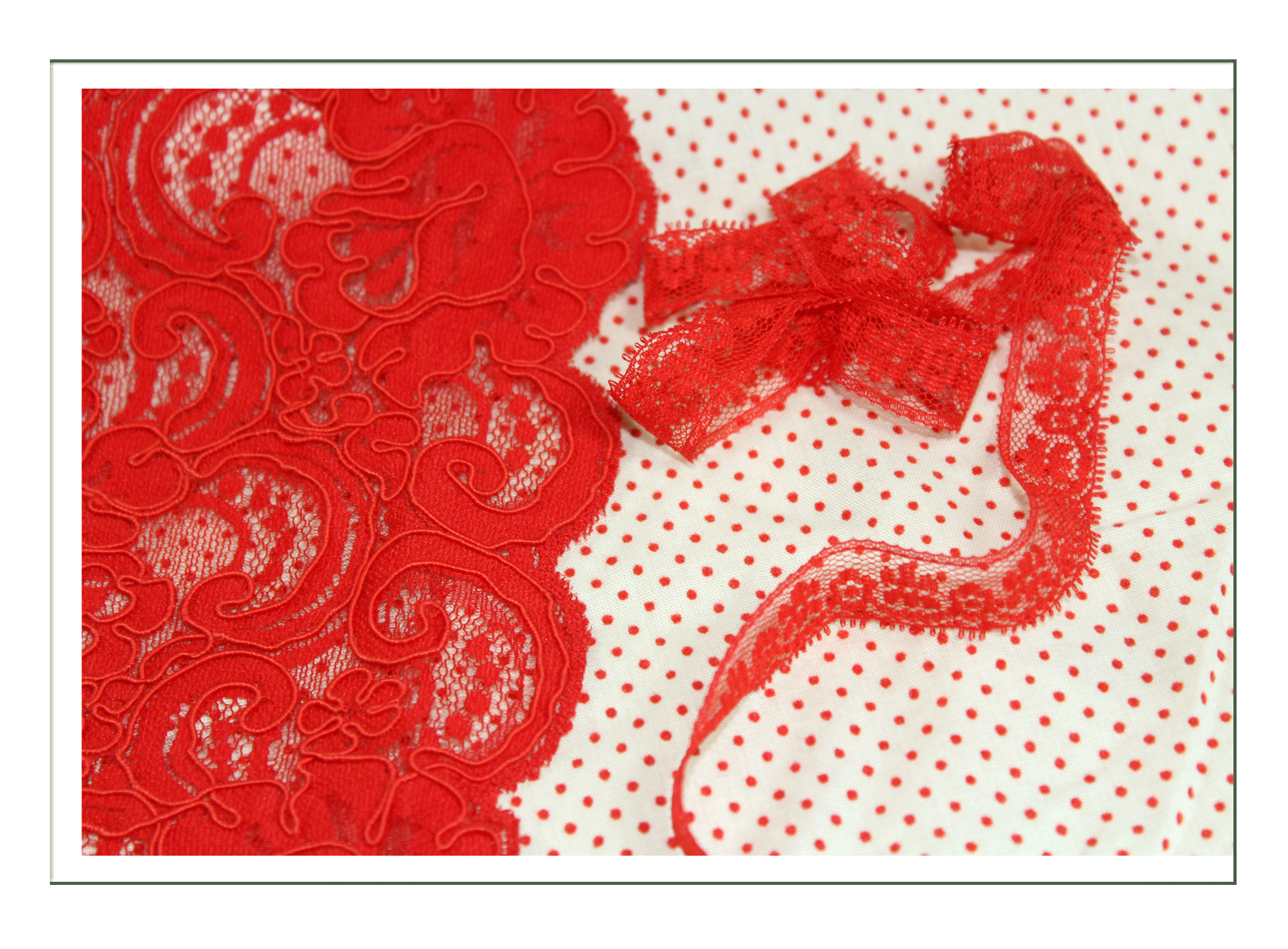
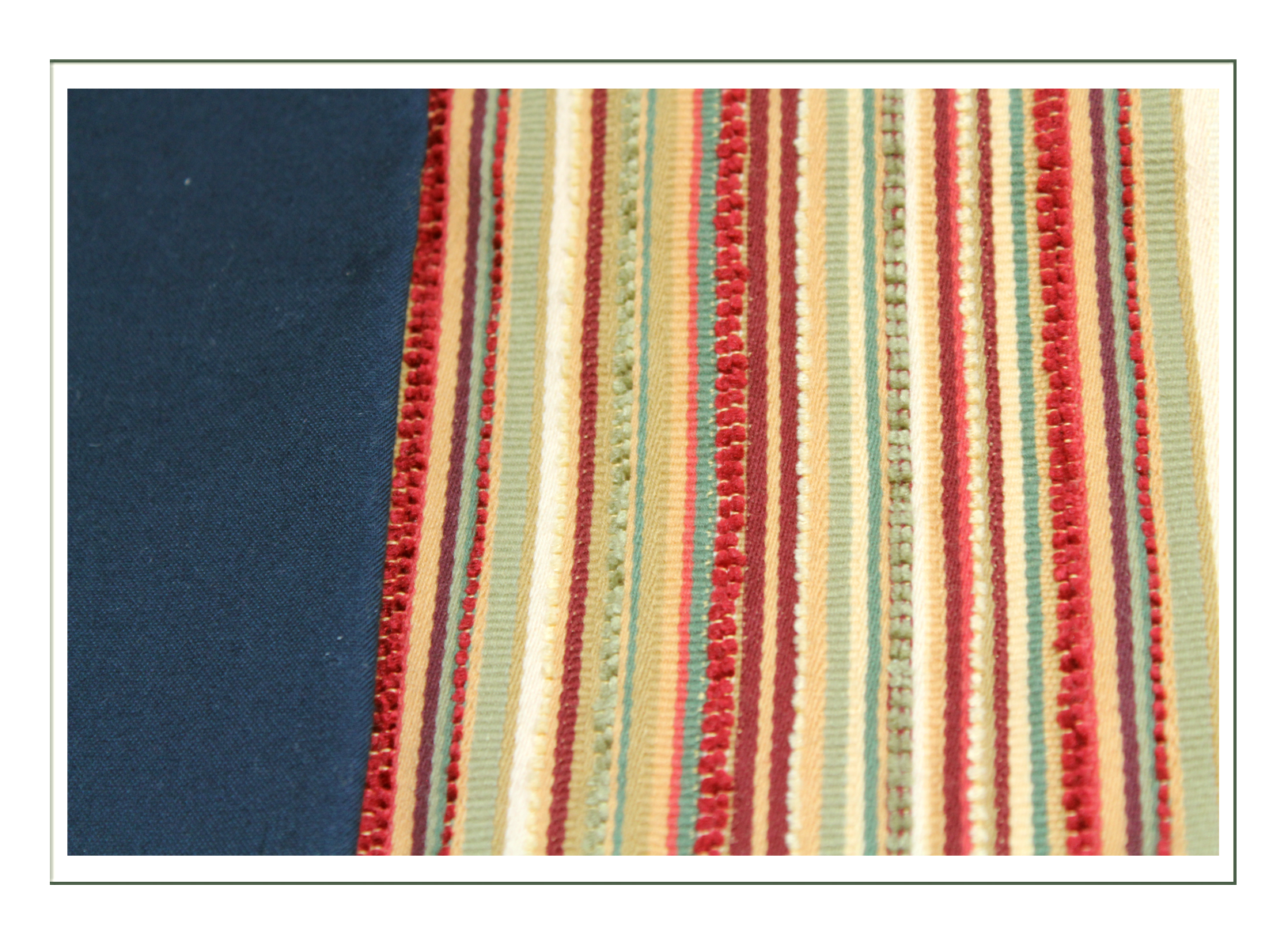
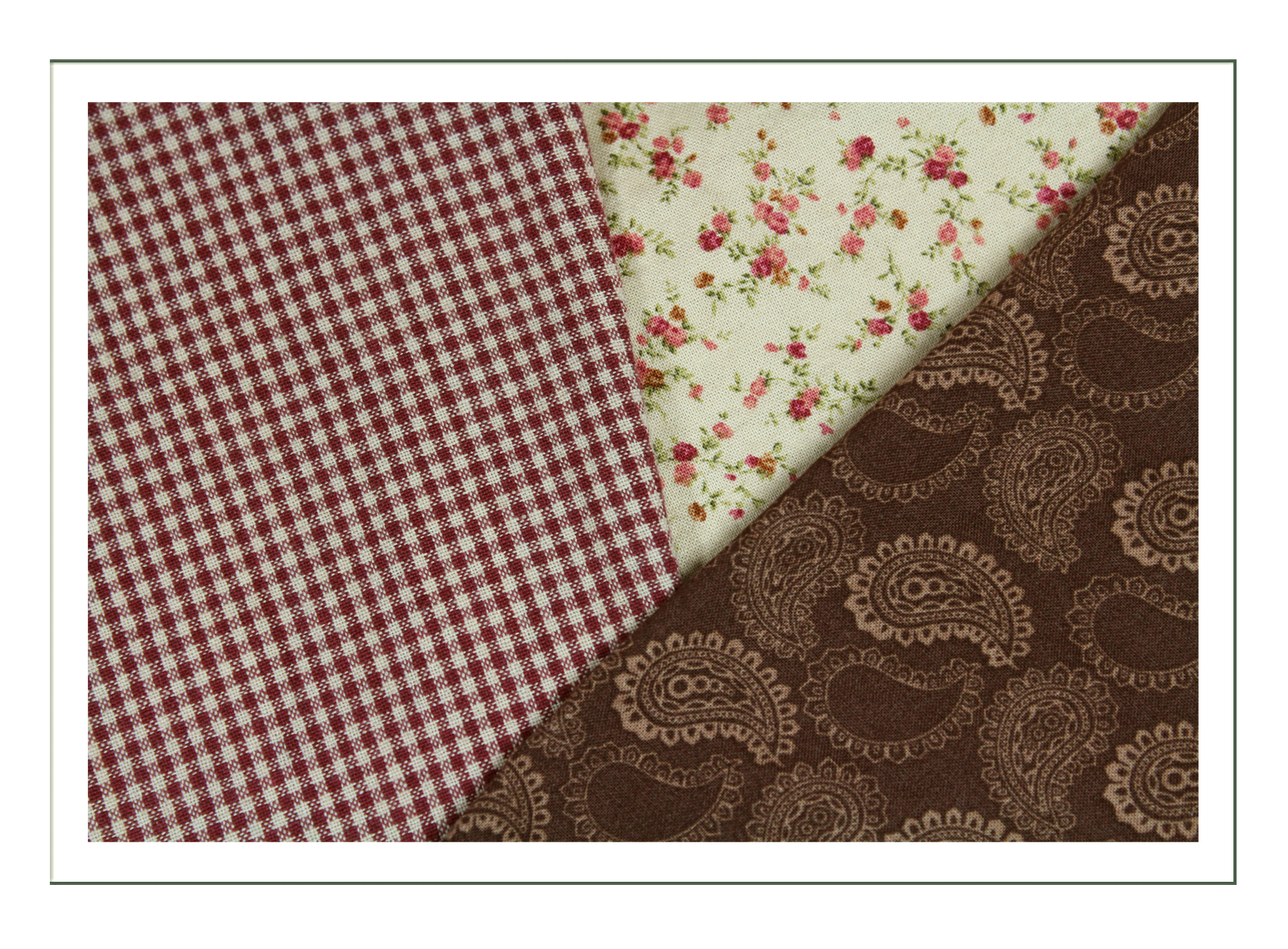
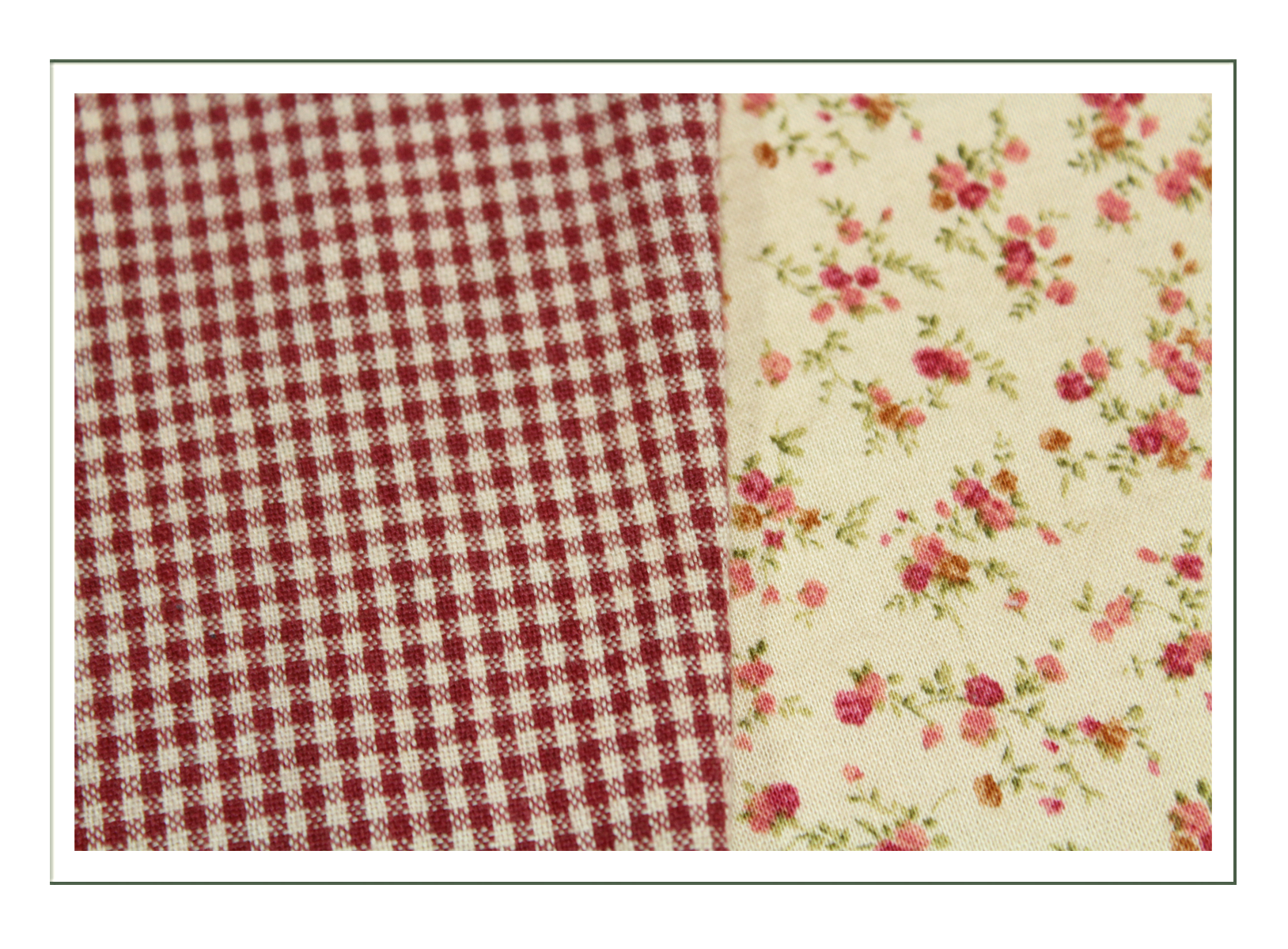
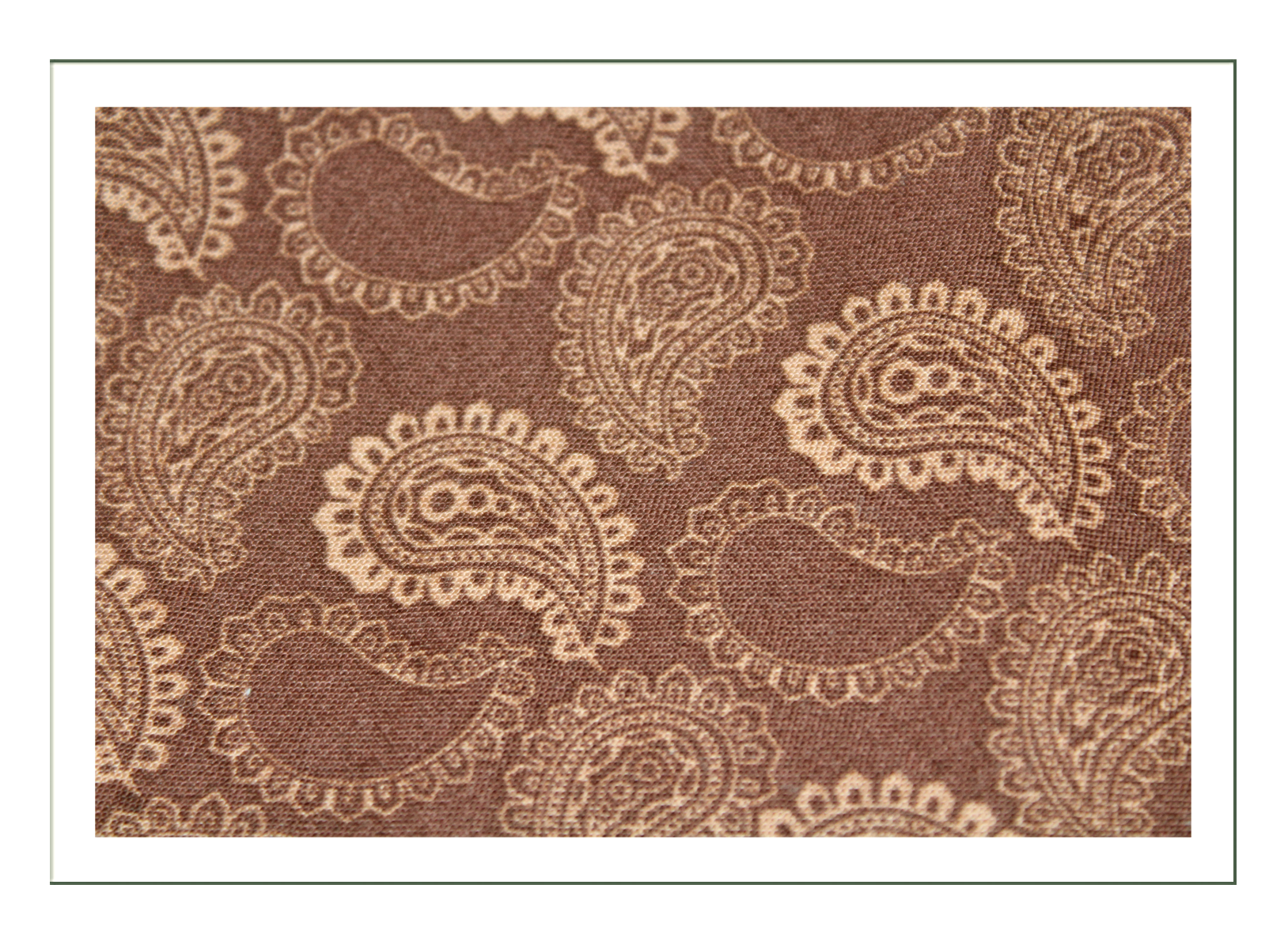


Corset

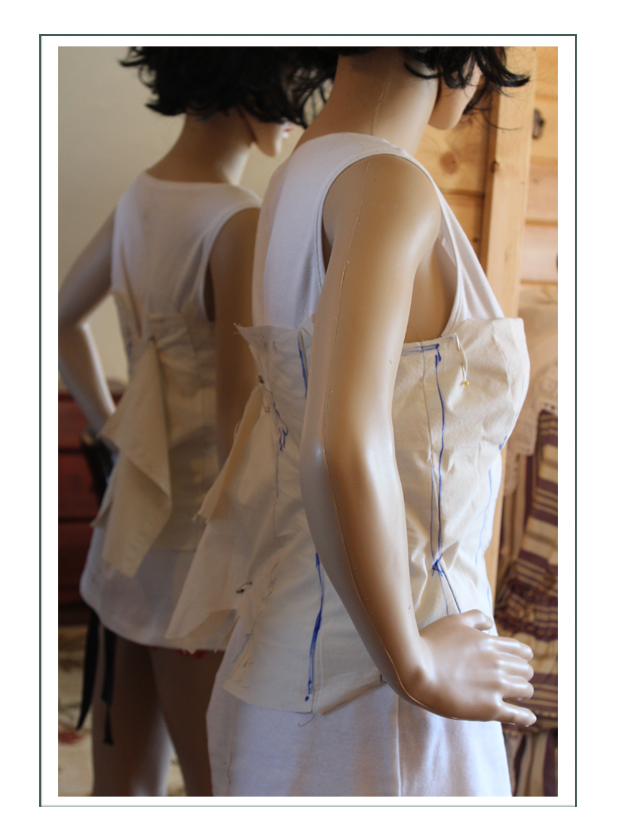
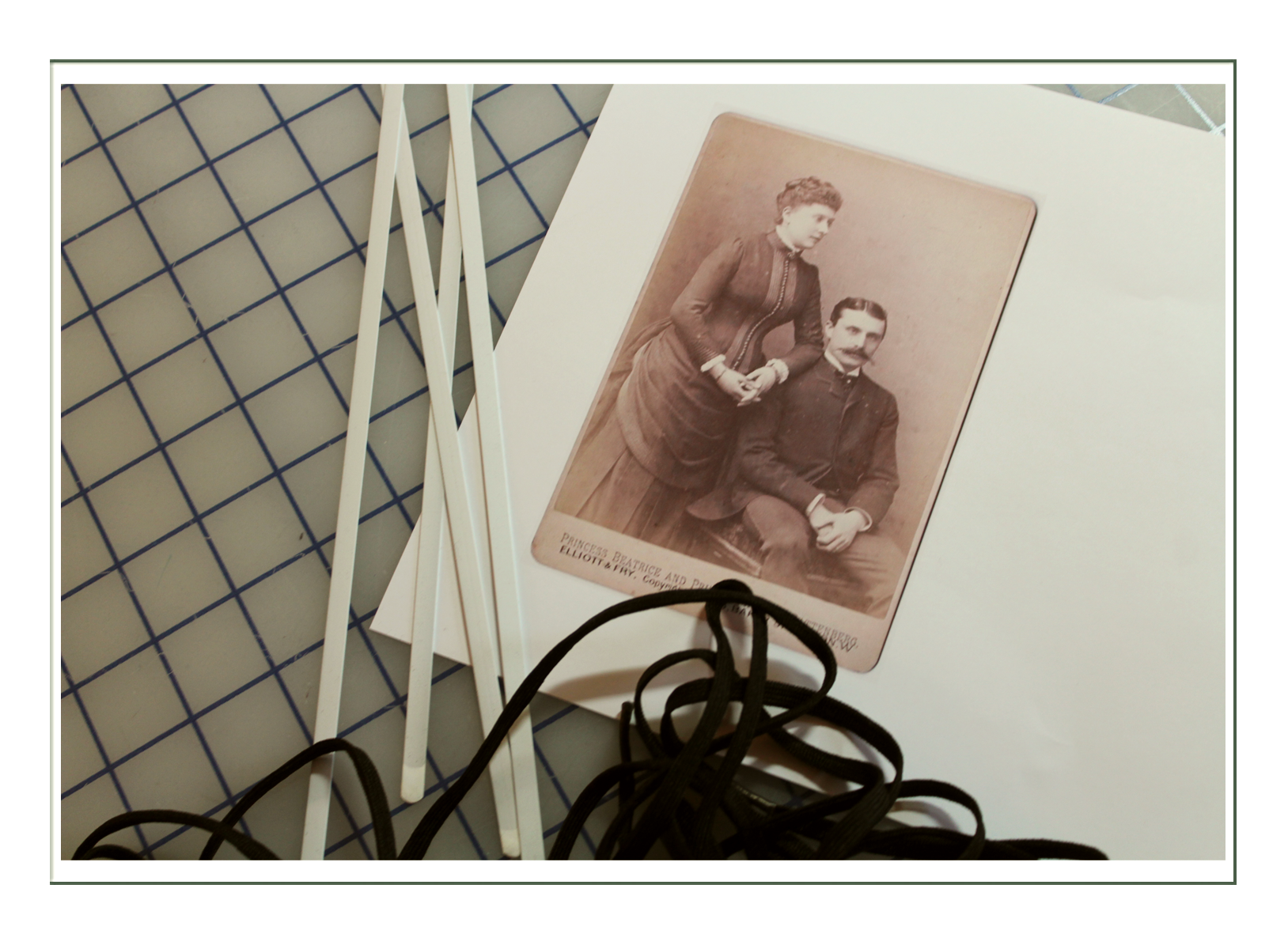
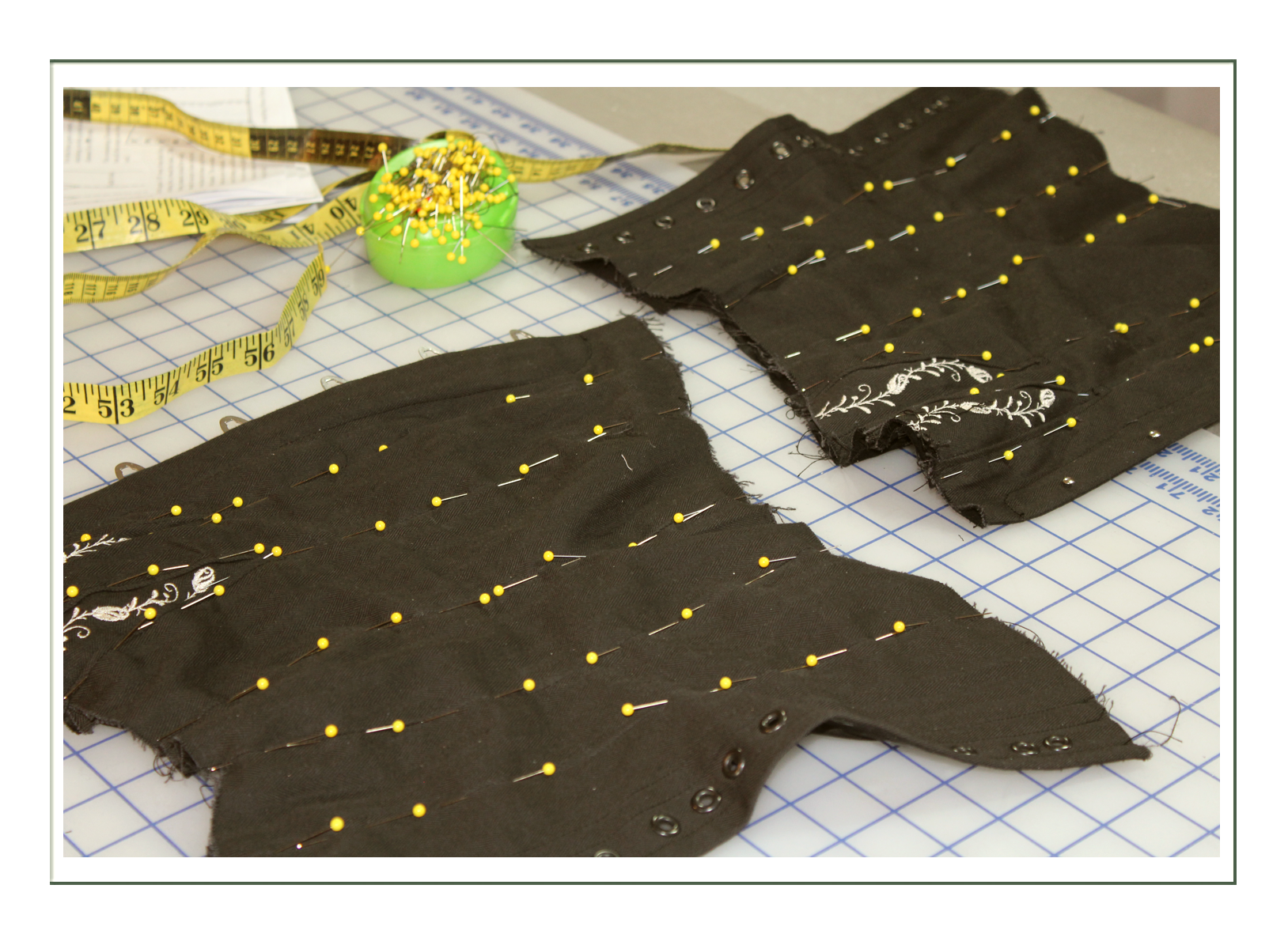
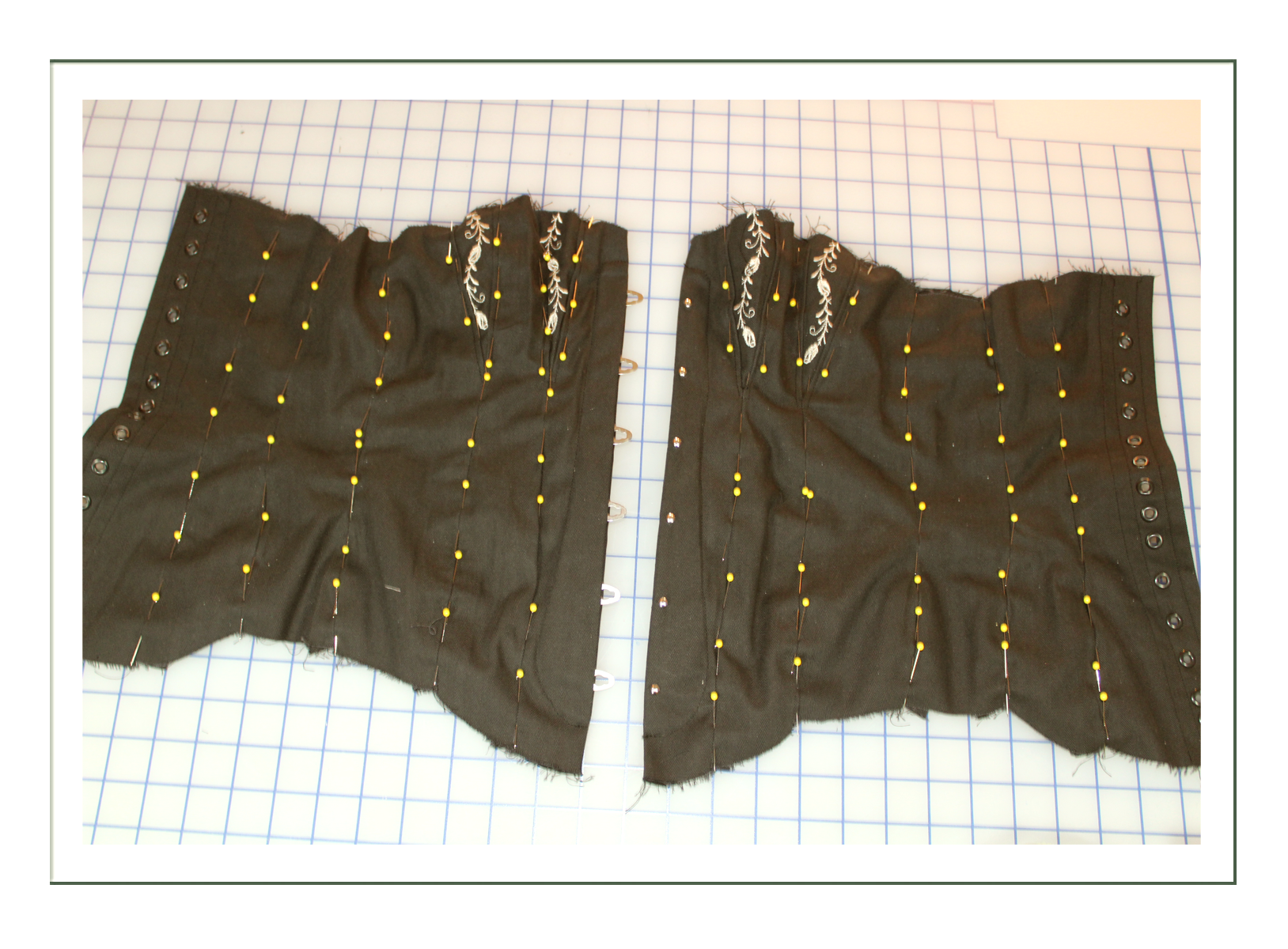
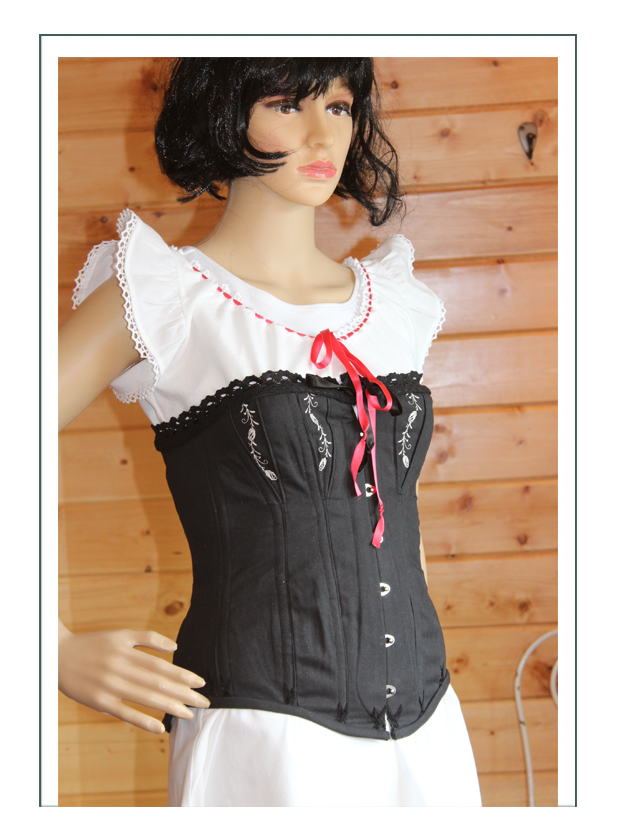
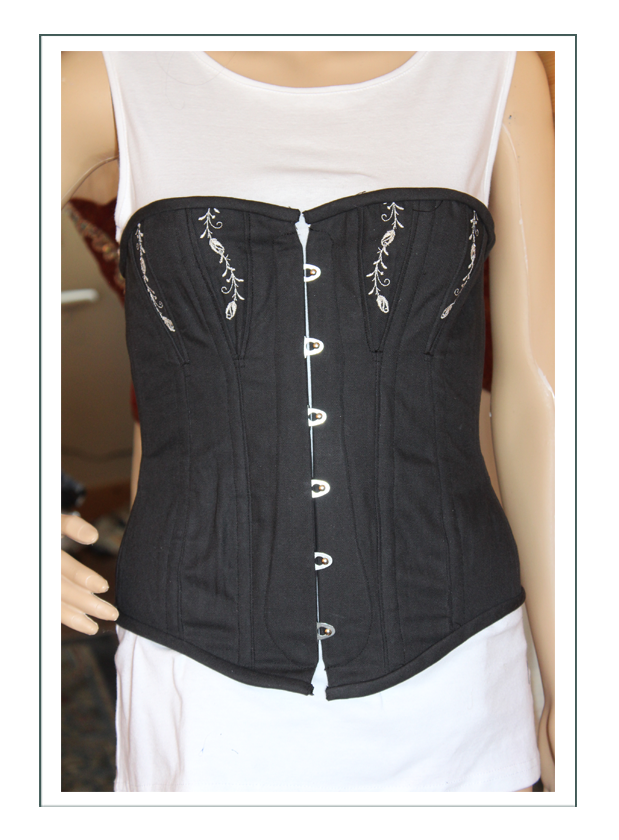
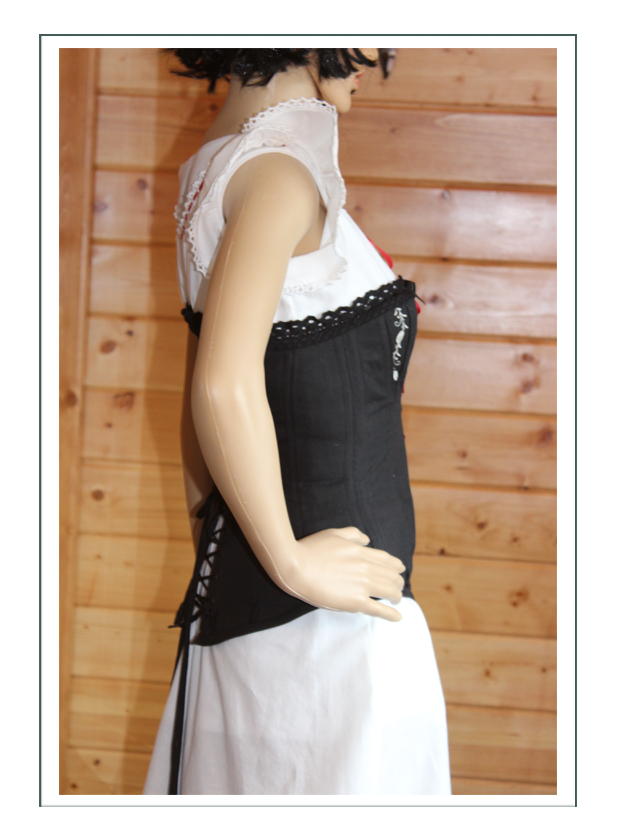
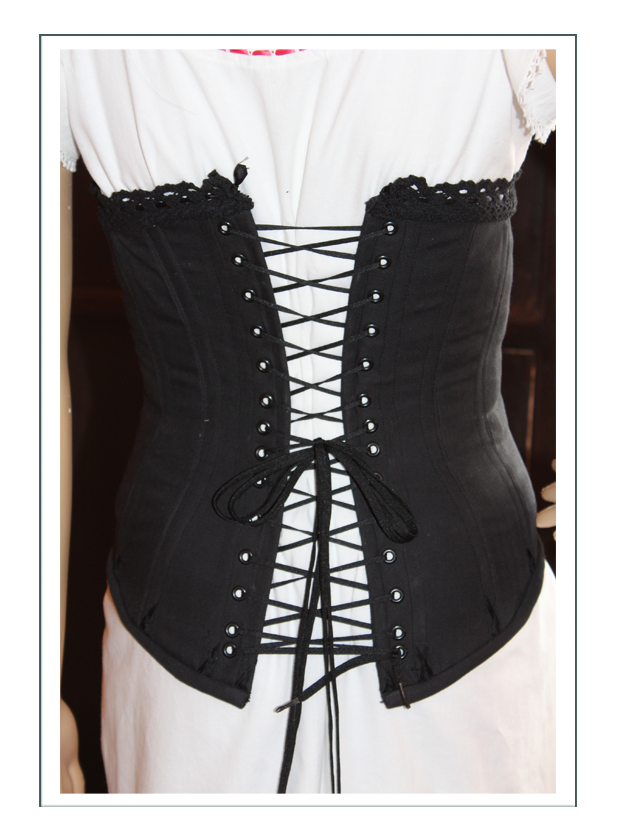
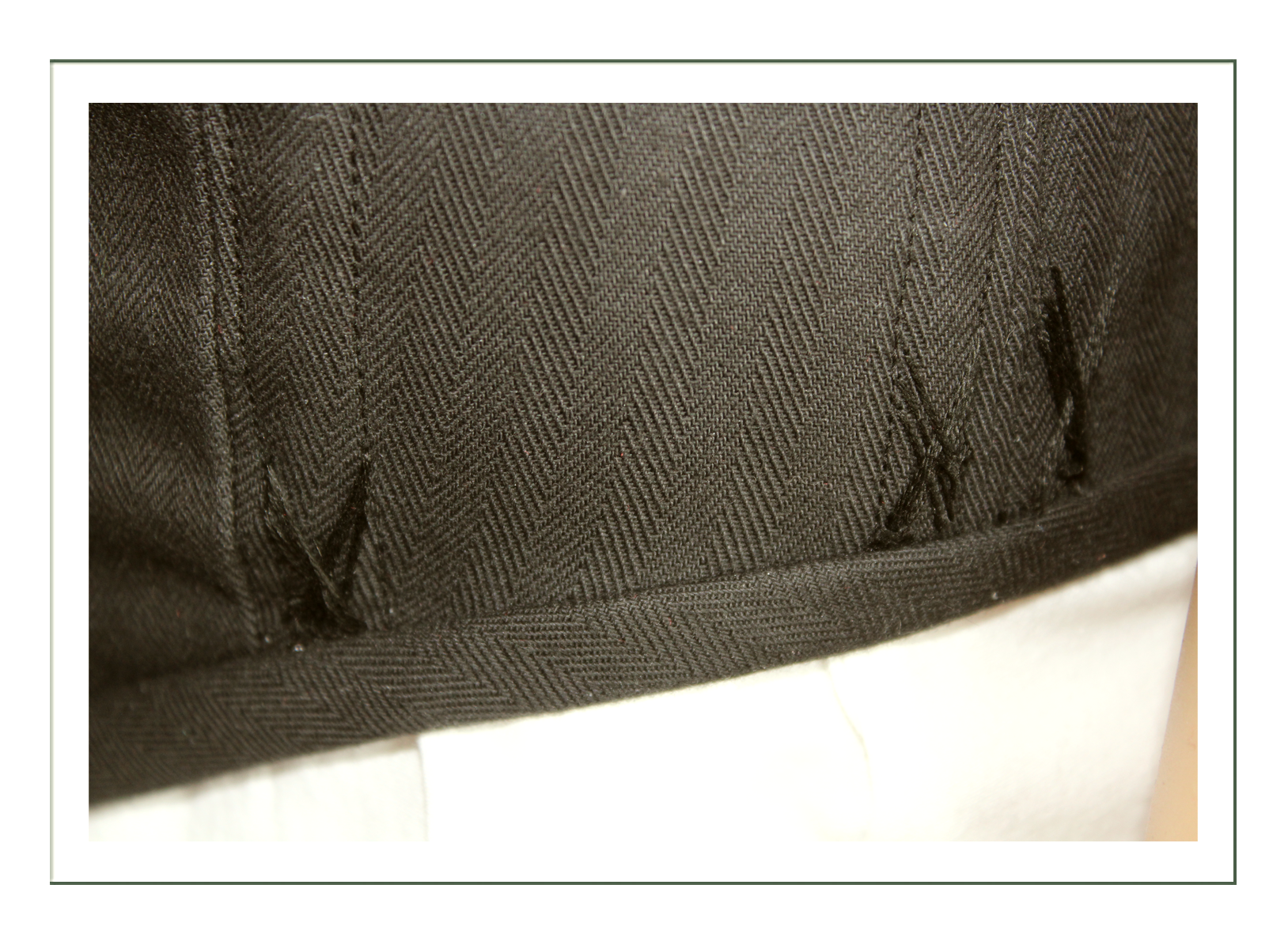

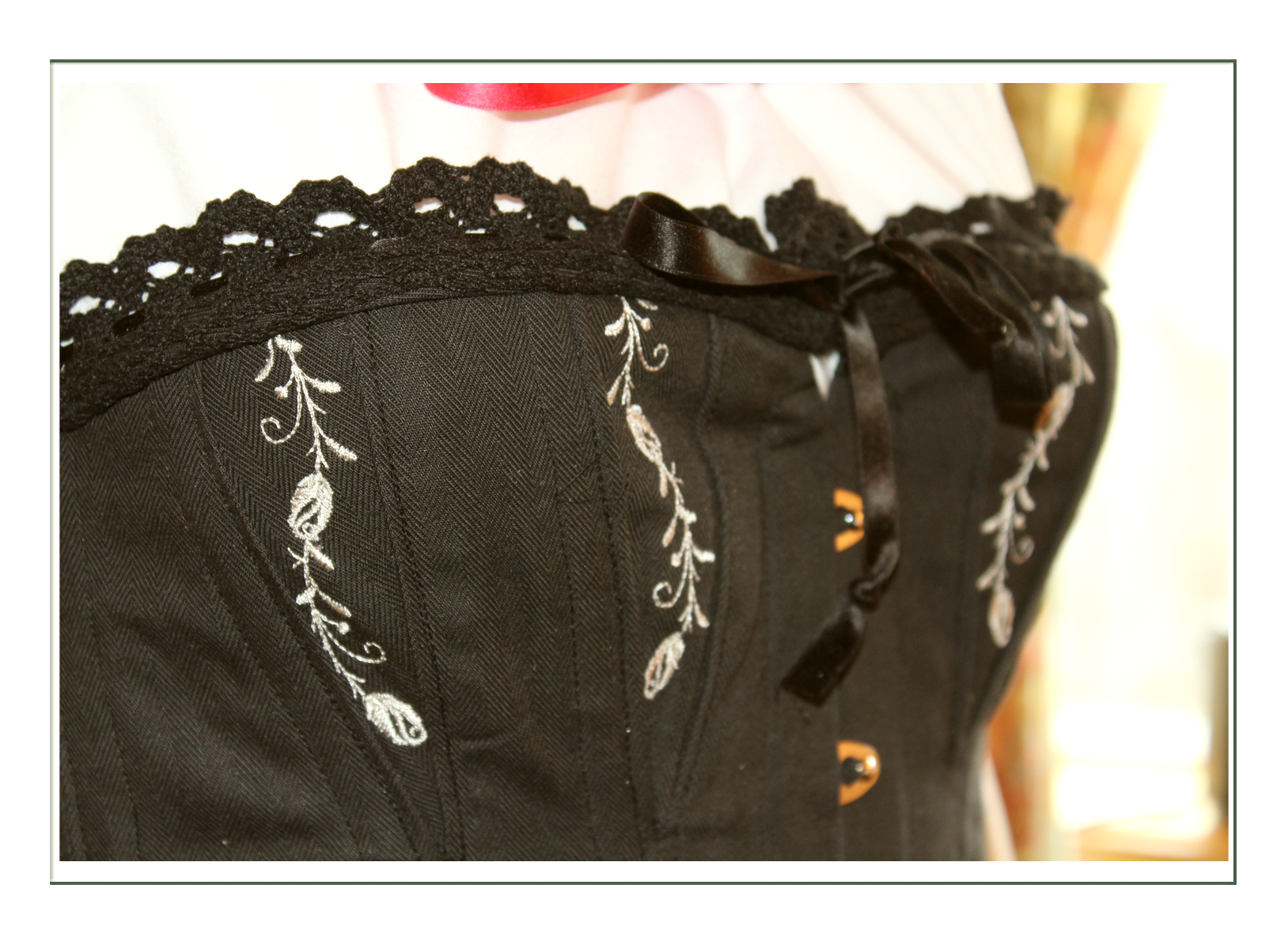
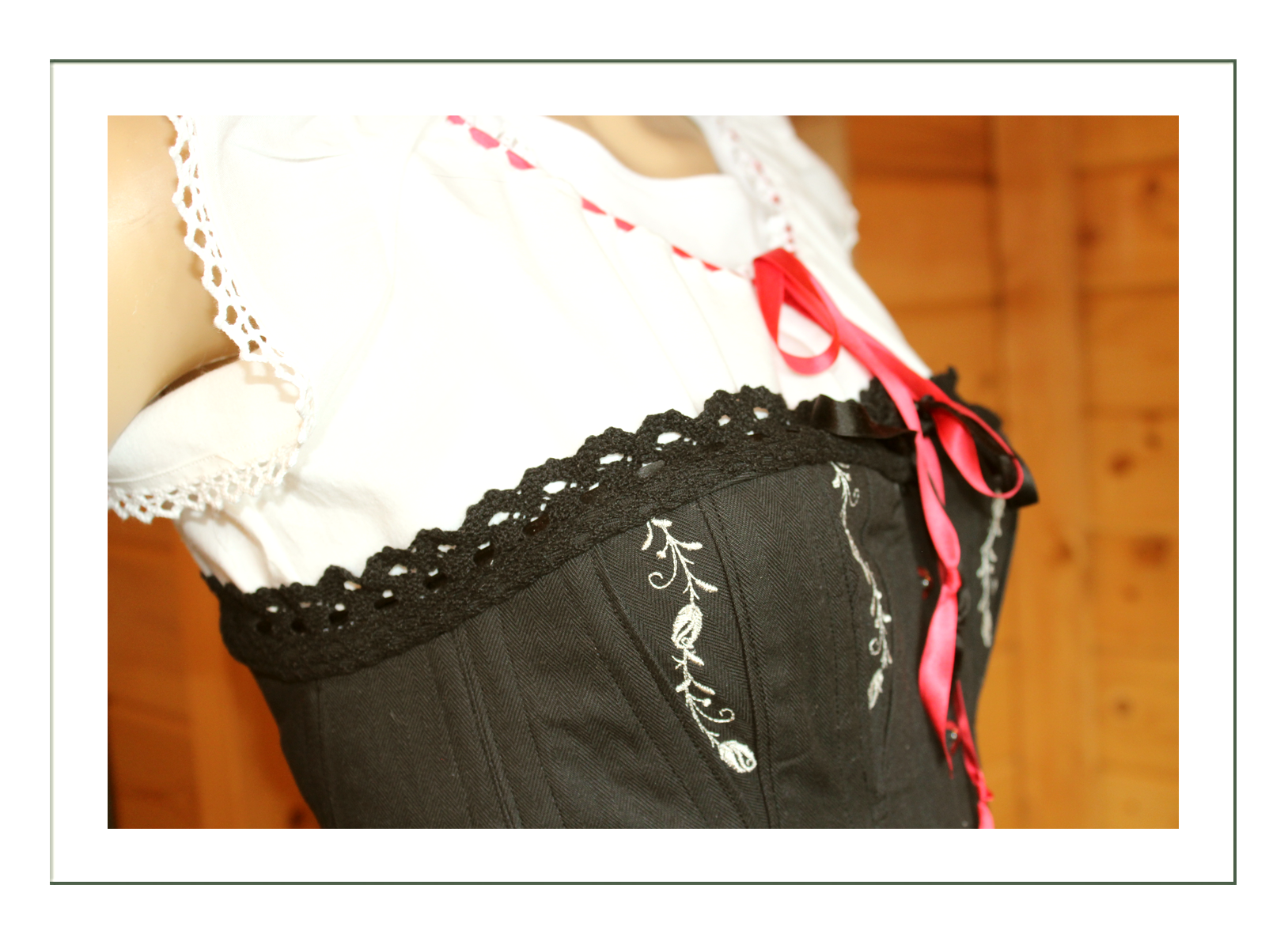
Chemise

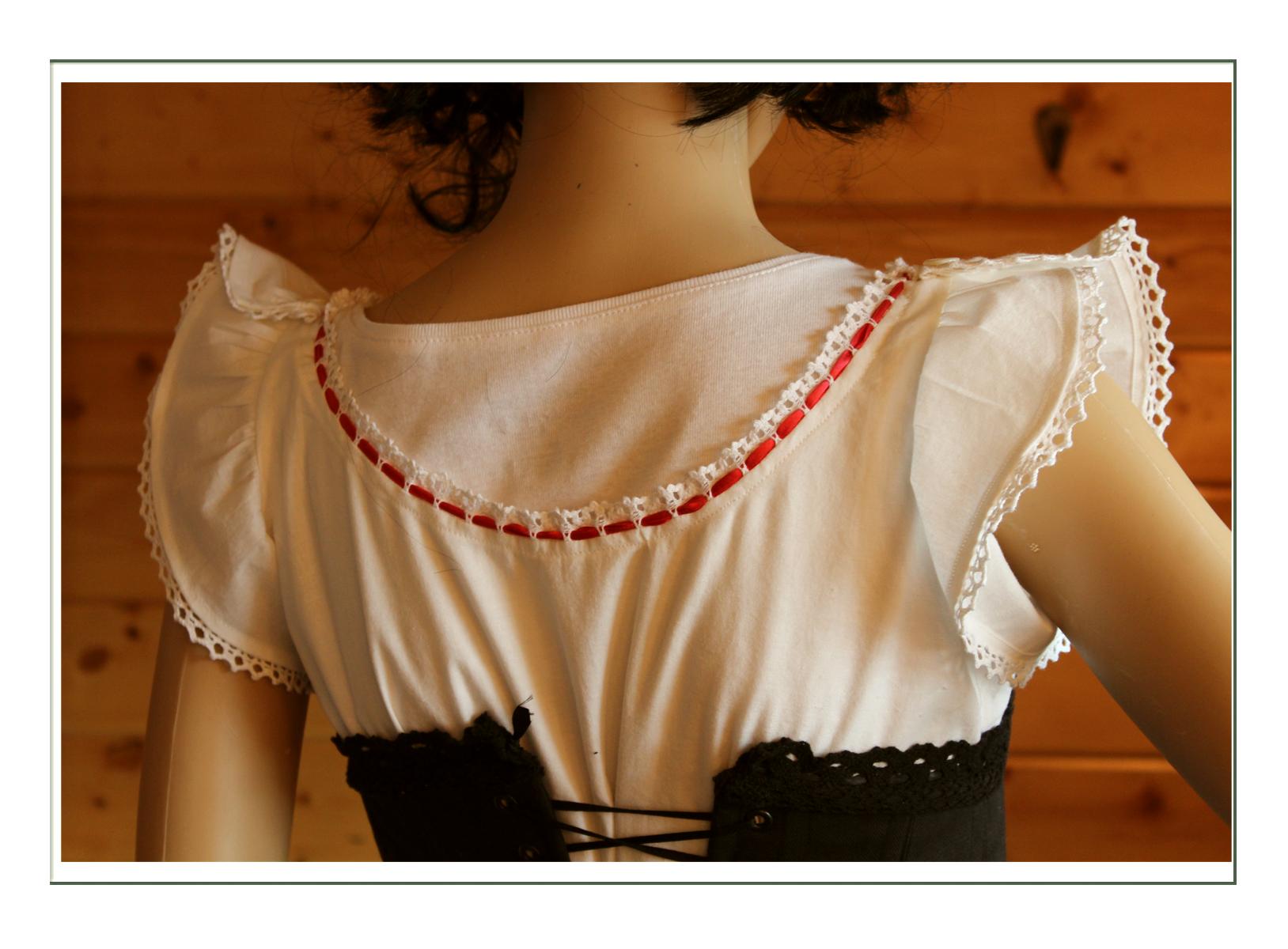

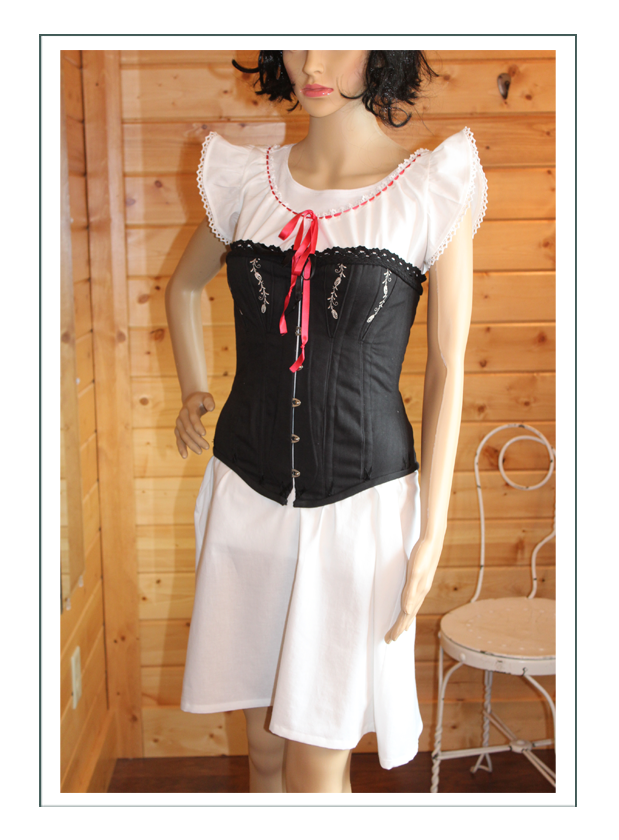

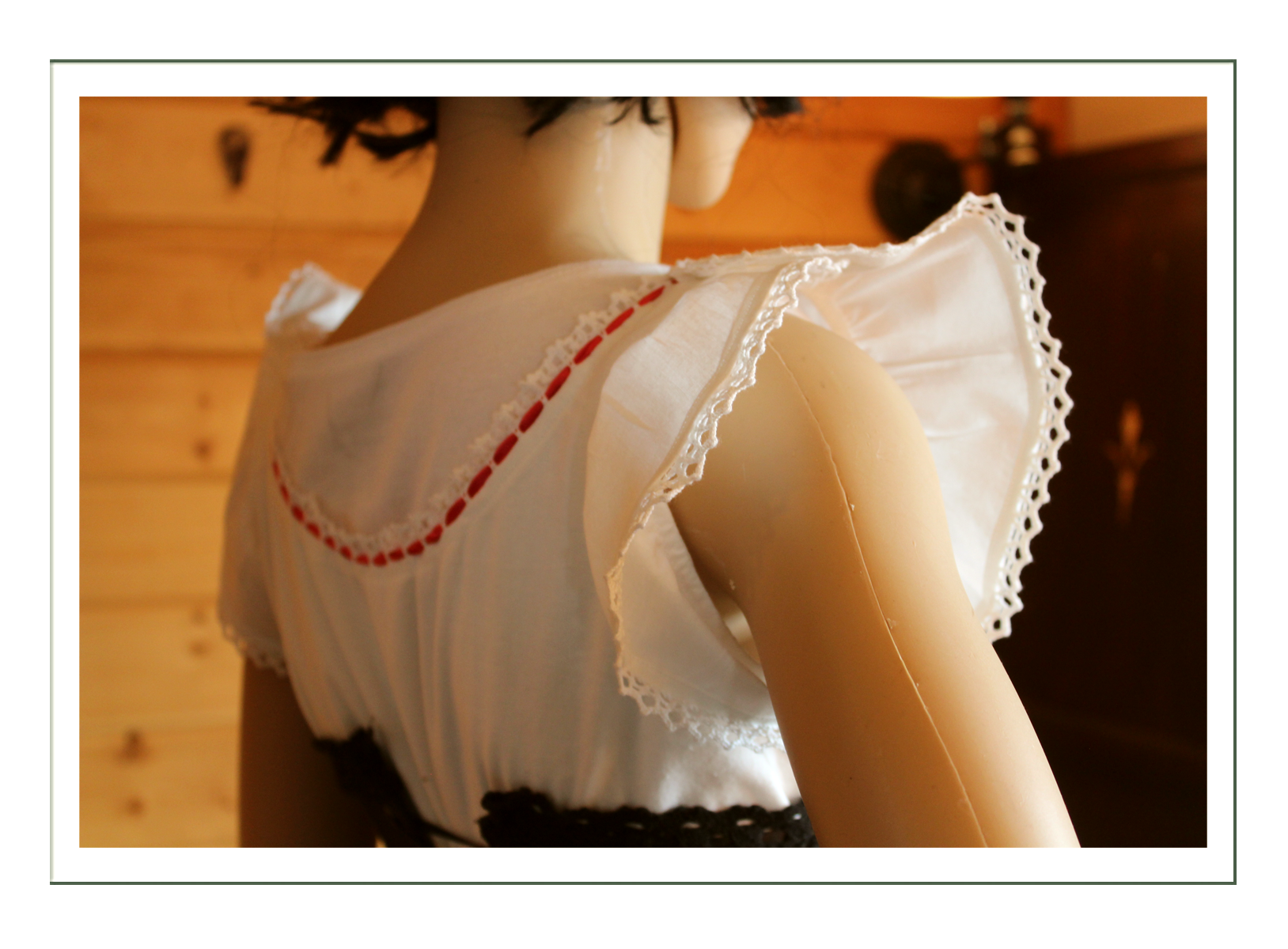
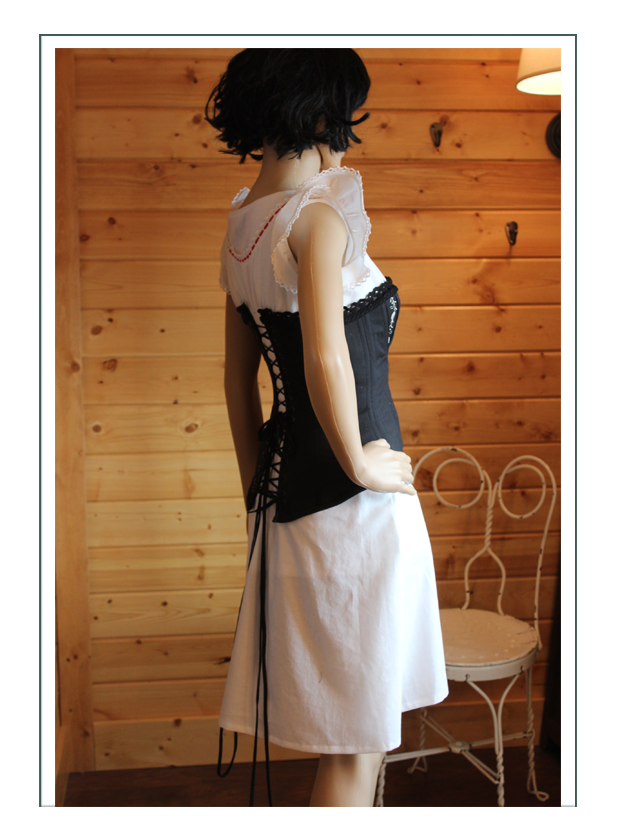
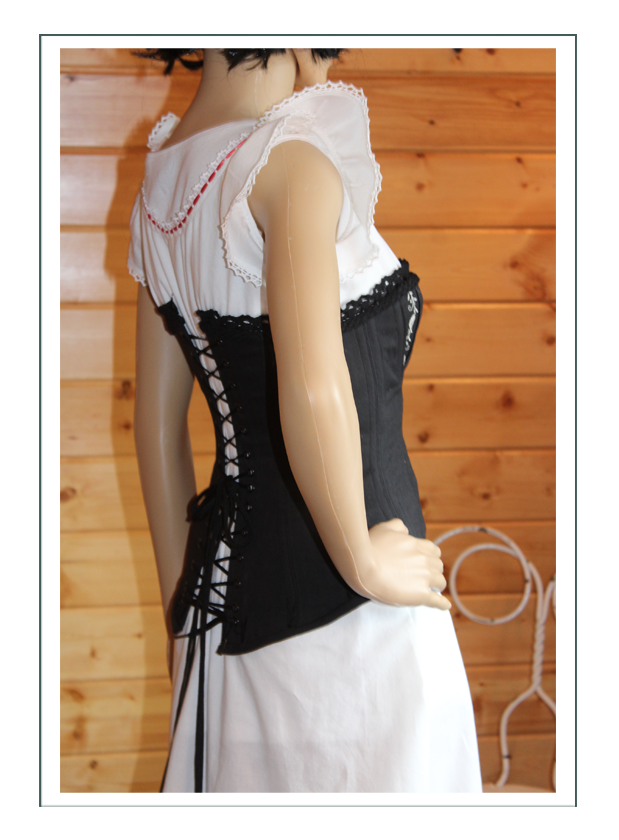
Pantaloons! (Drawers)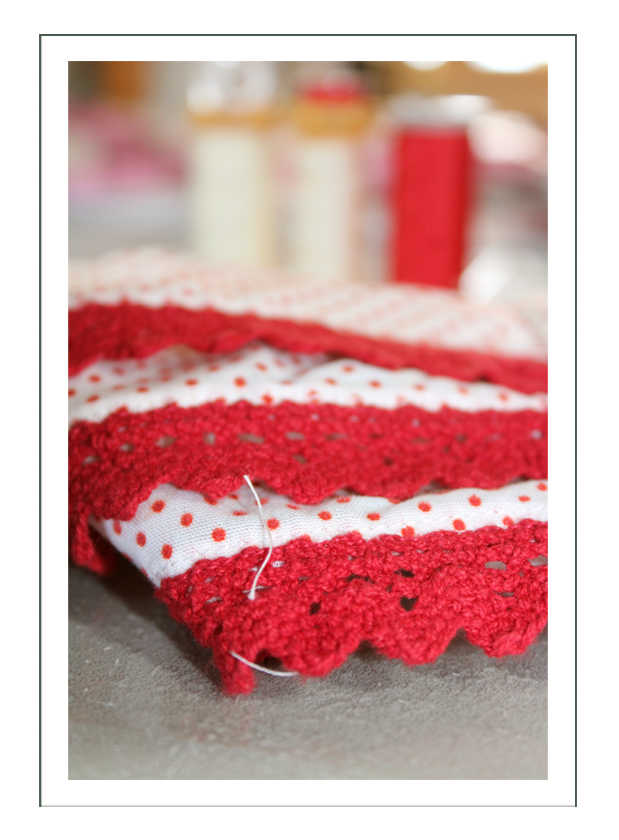

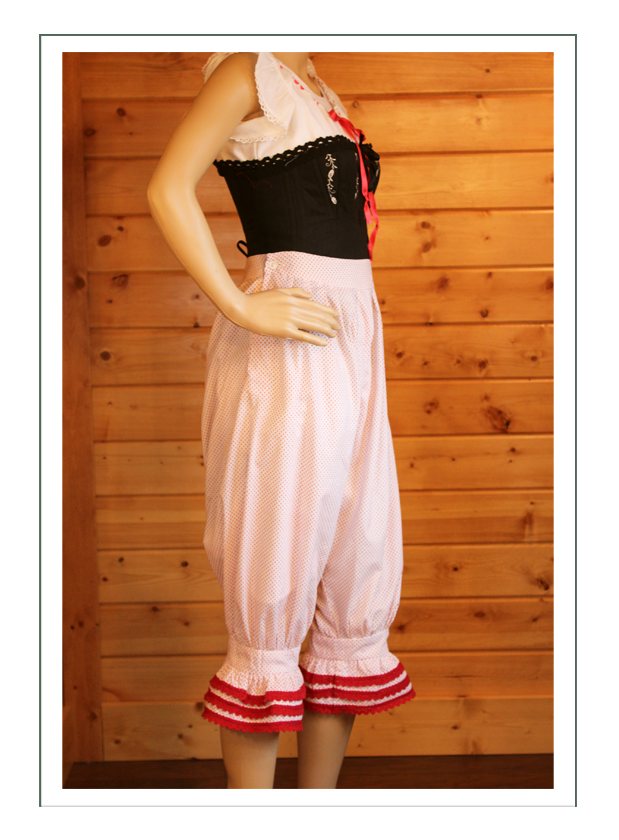
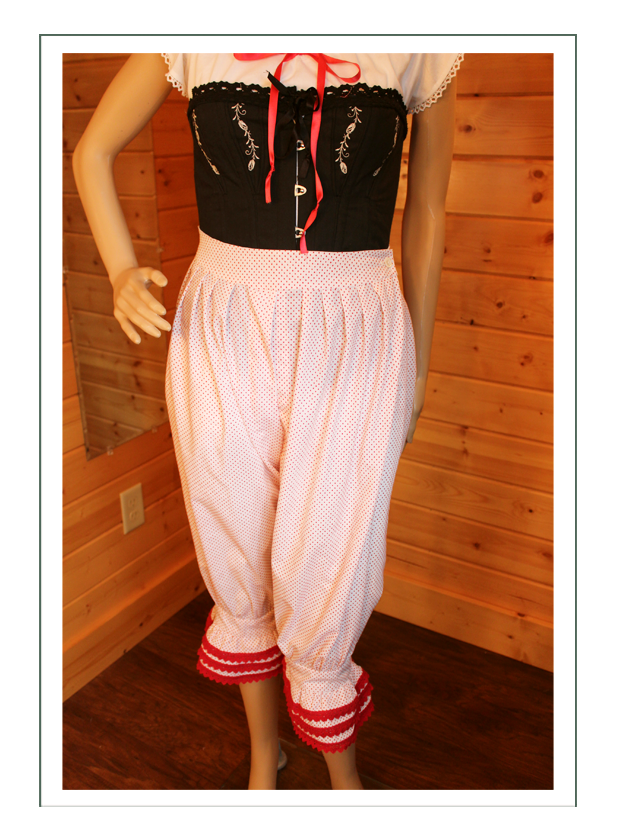
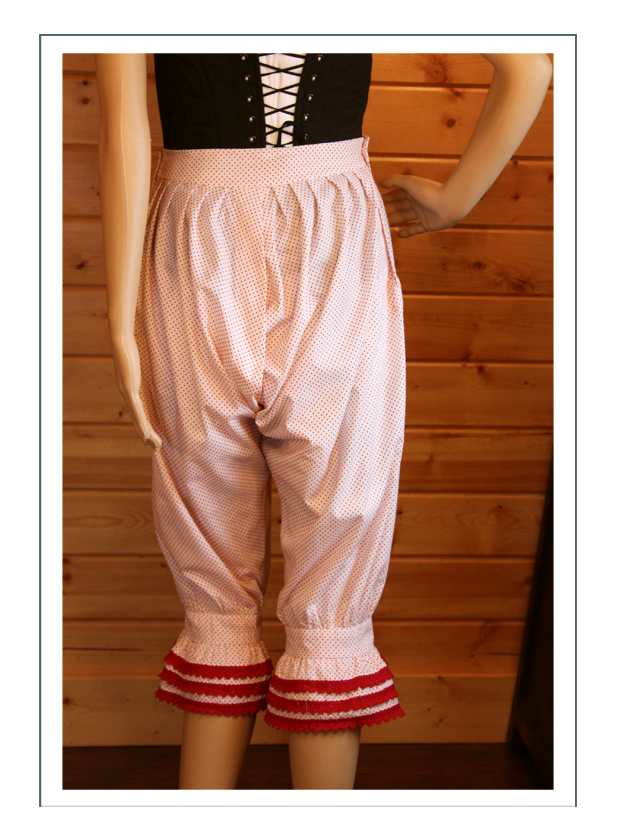
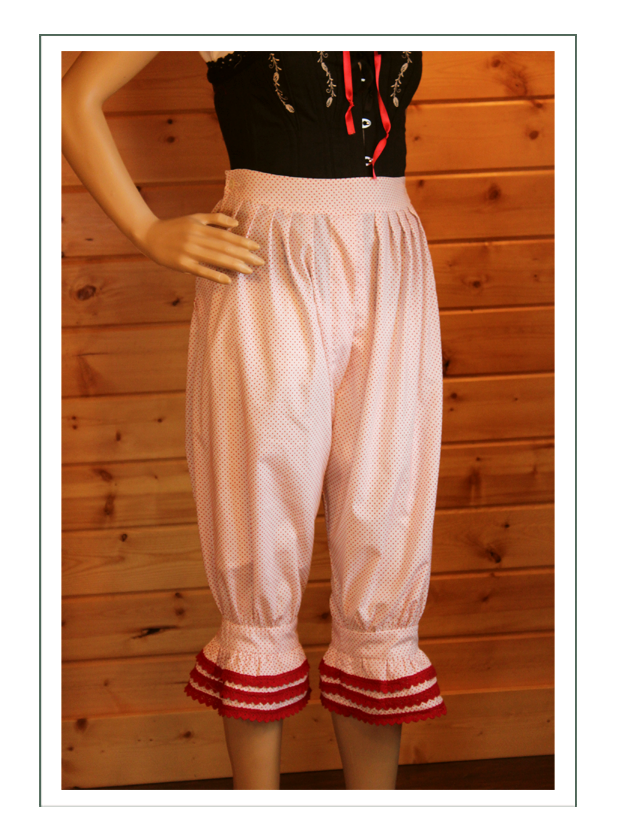

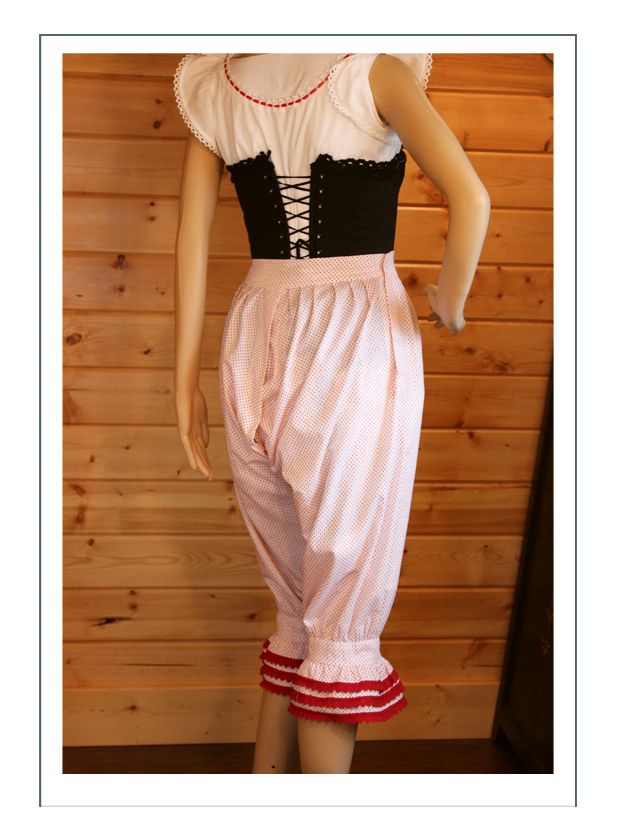

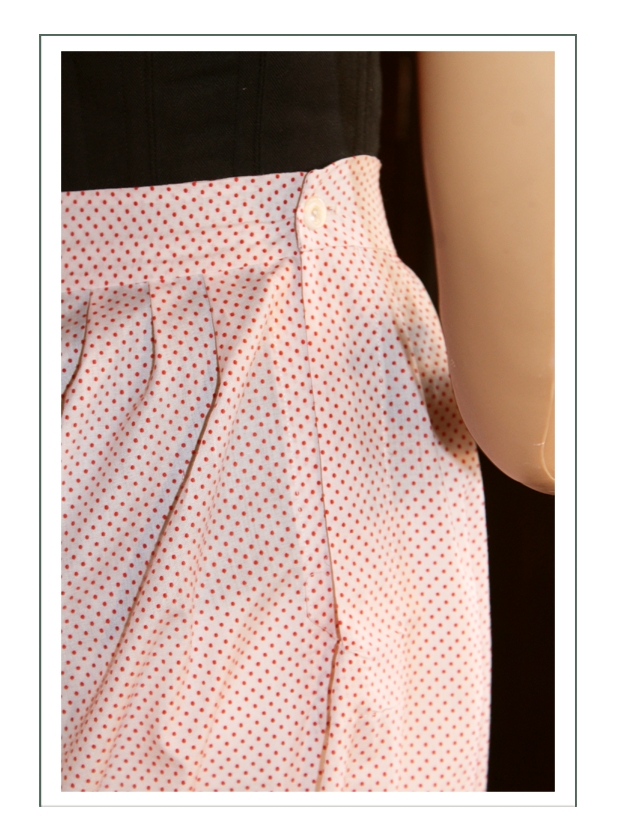
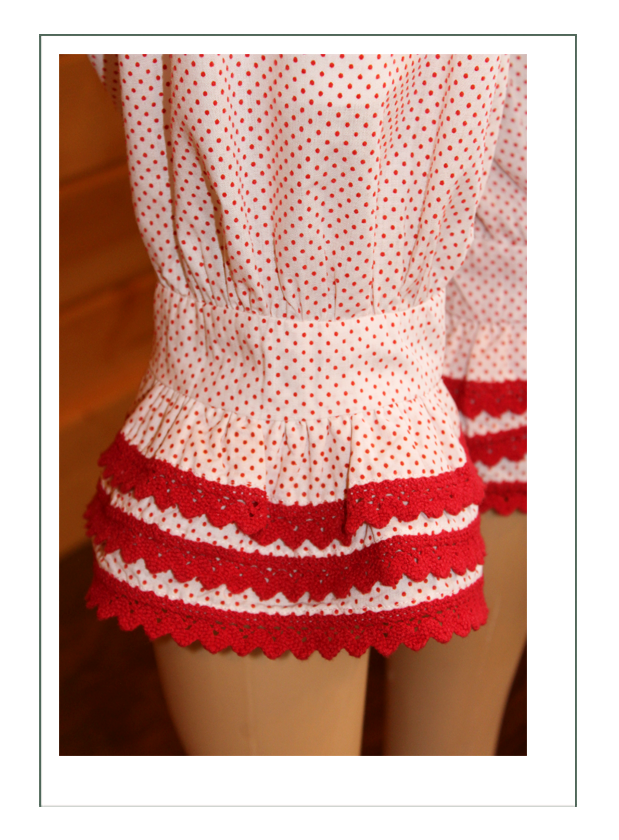
Petticoat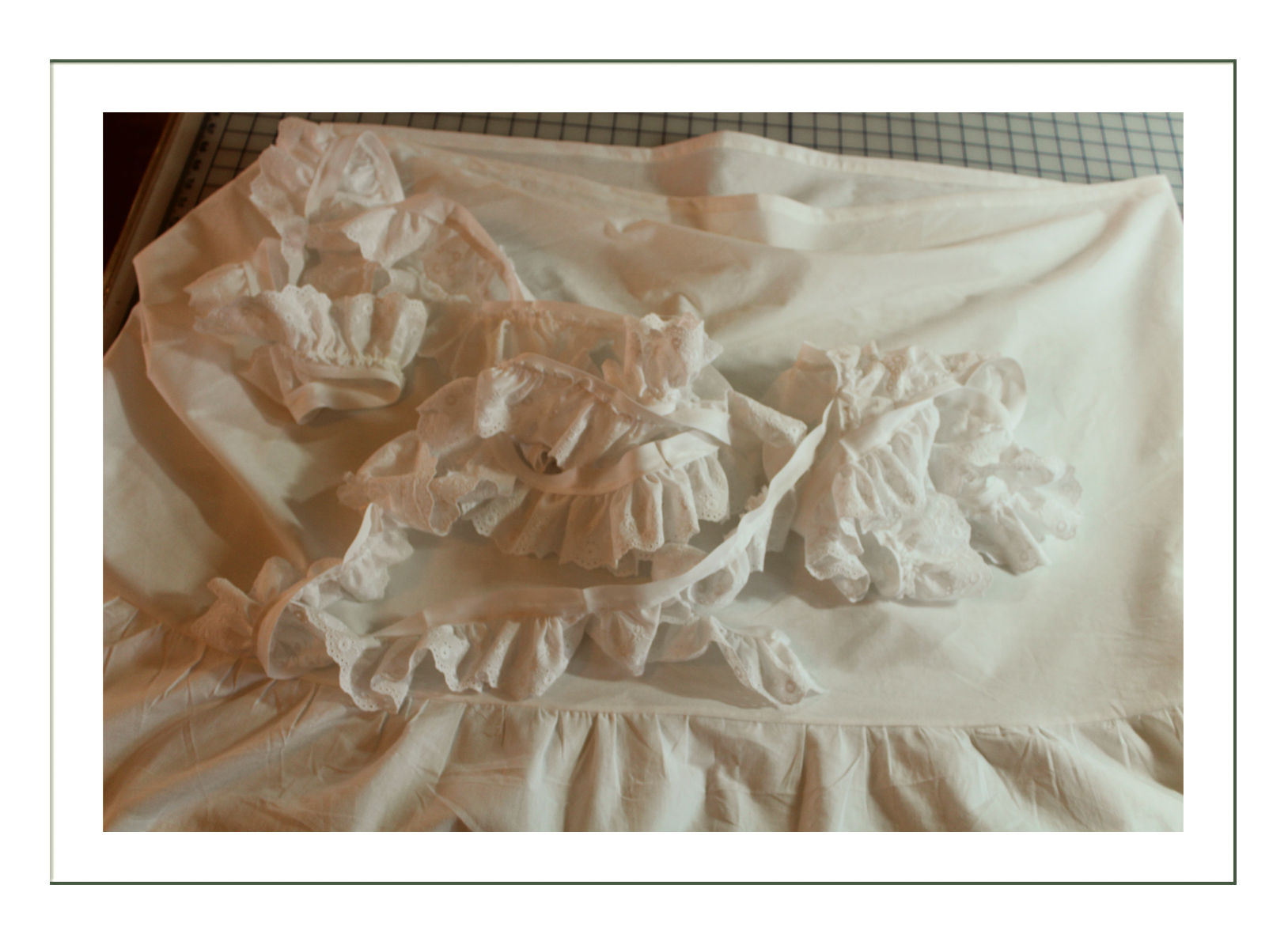
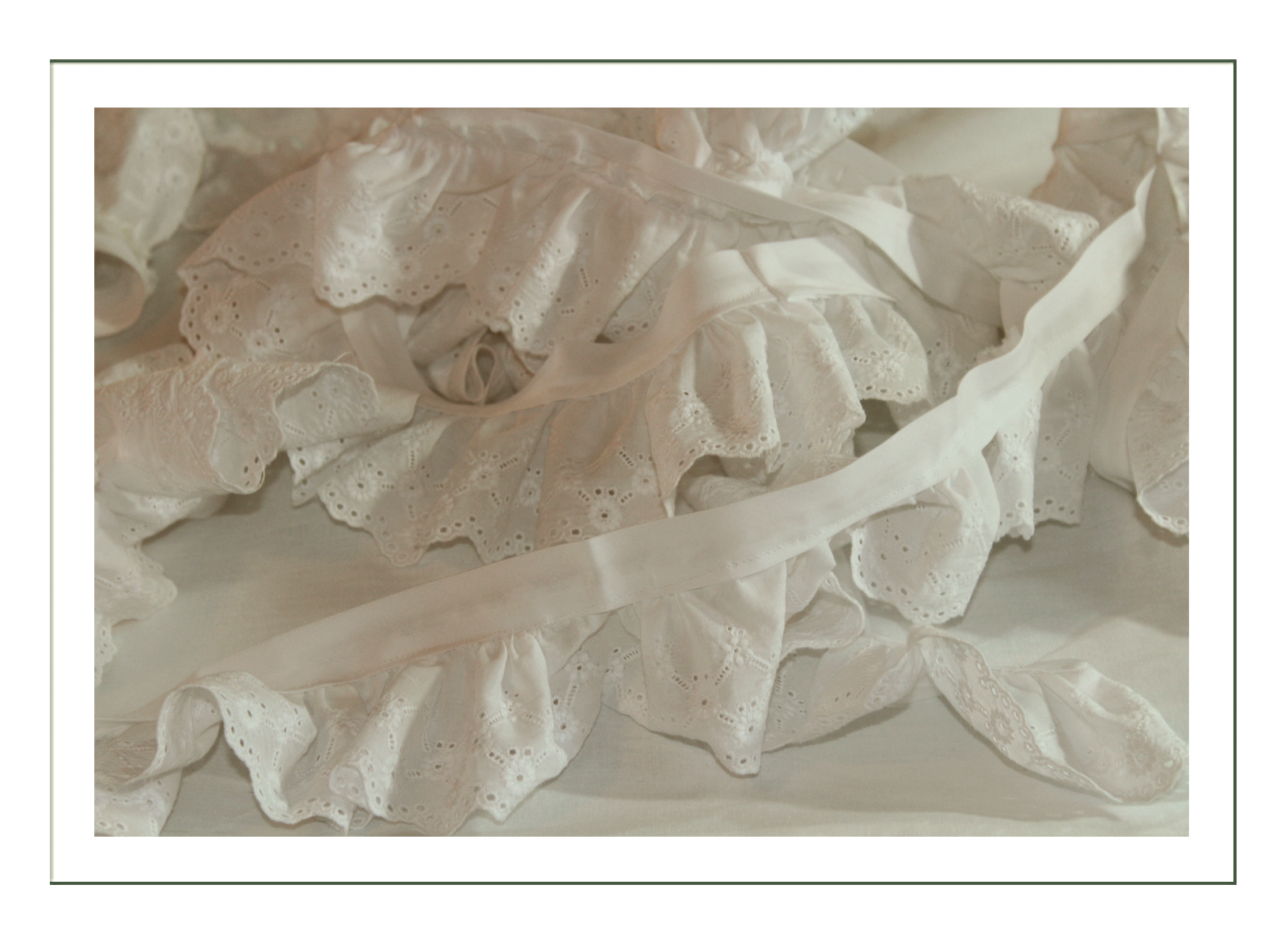
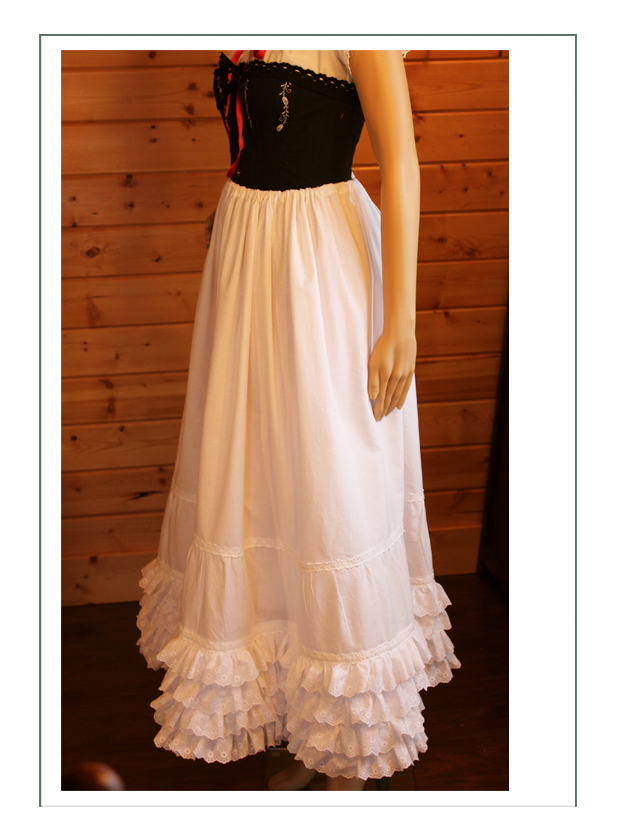
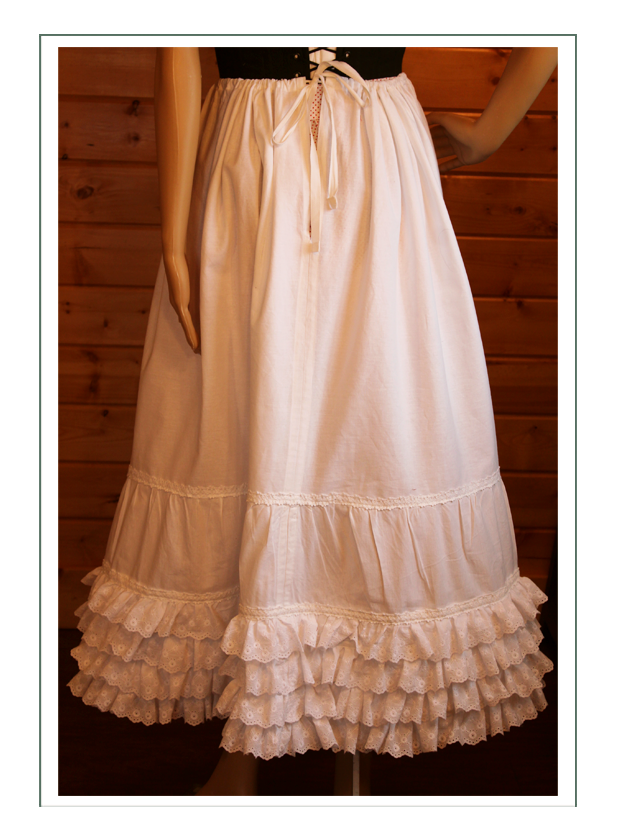
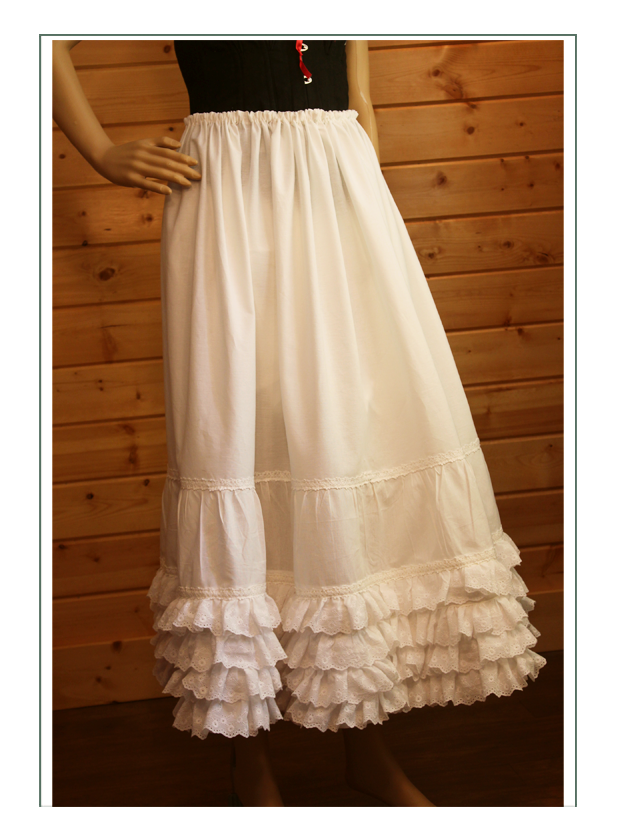
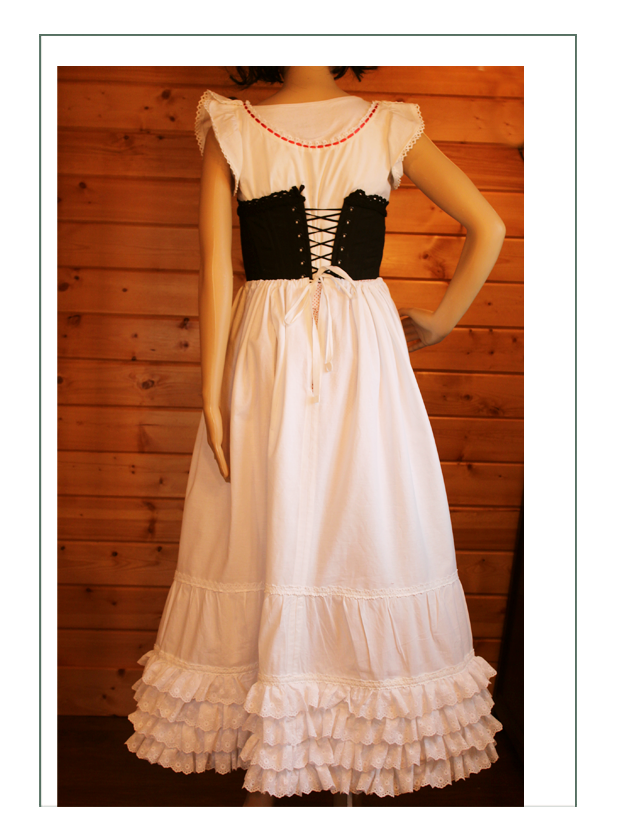
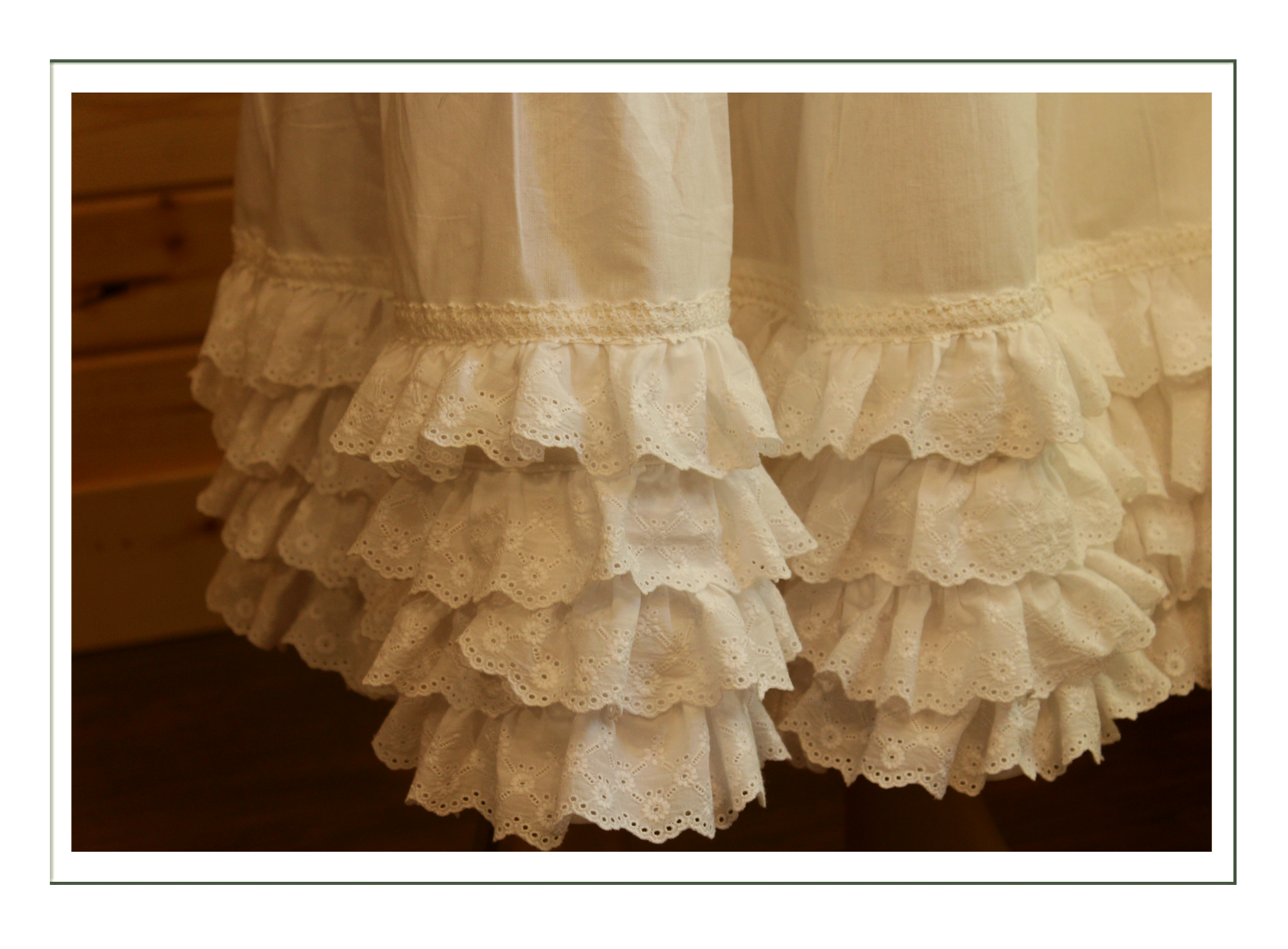
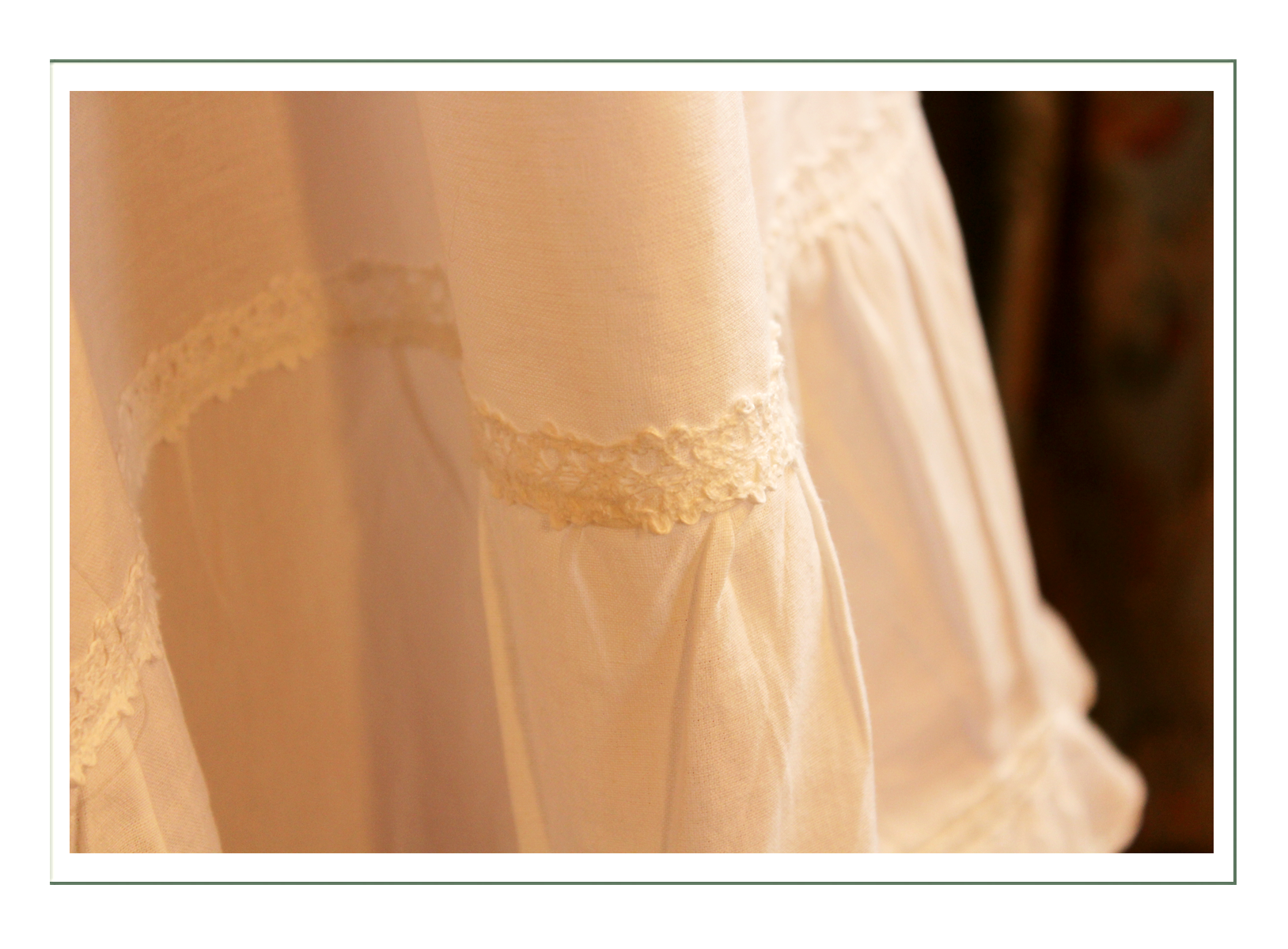
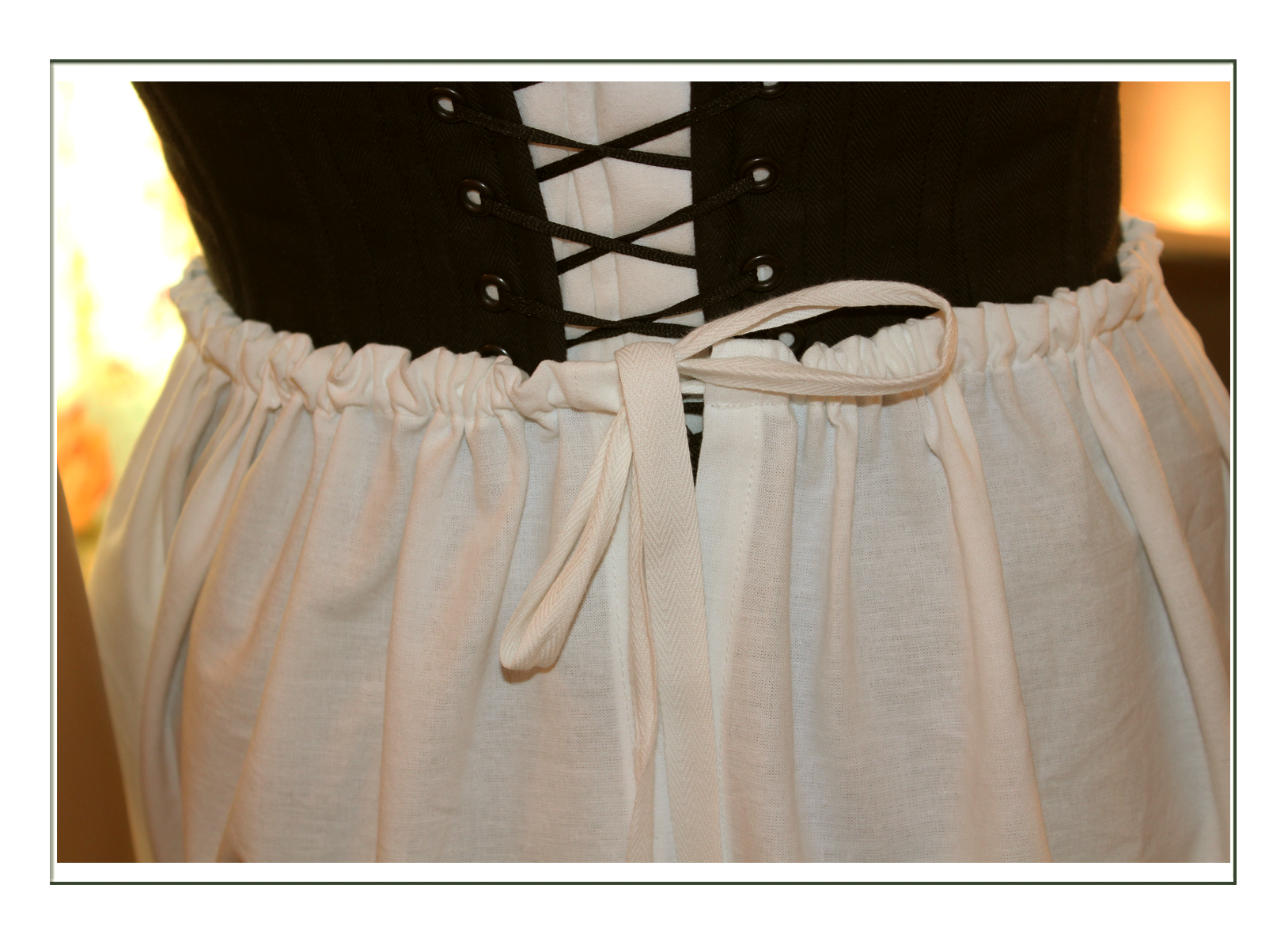
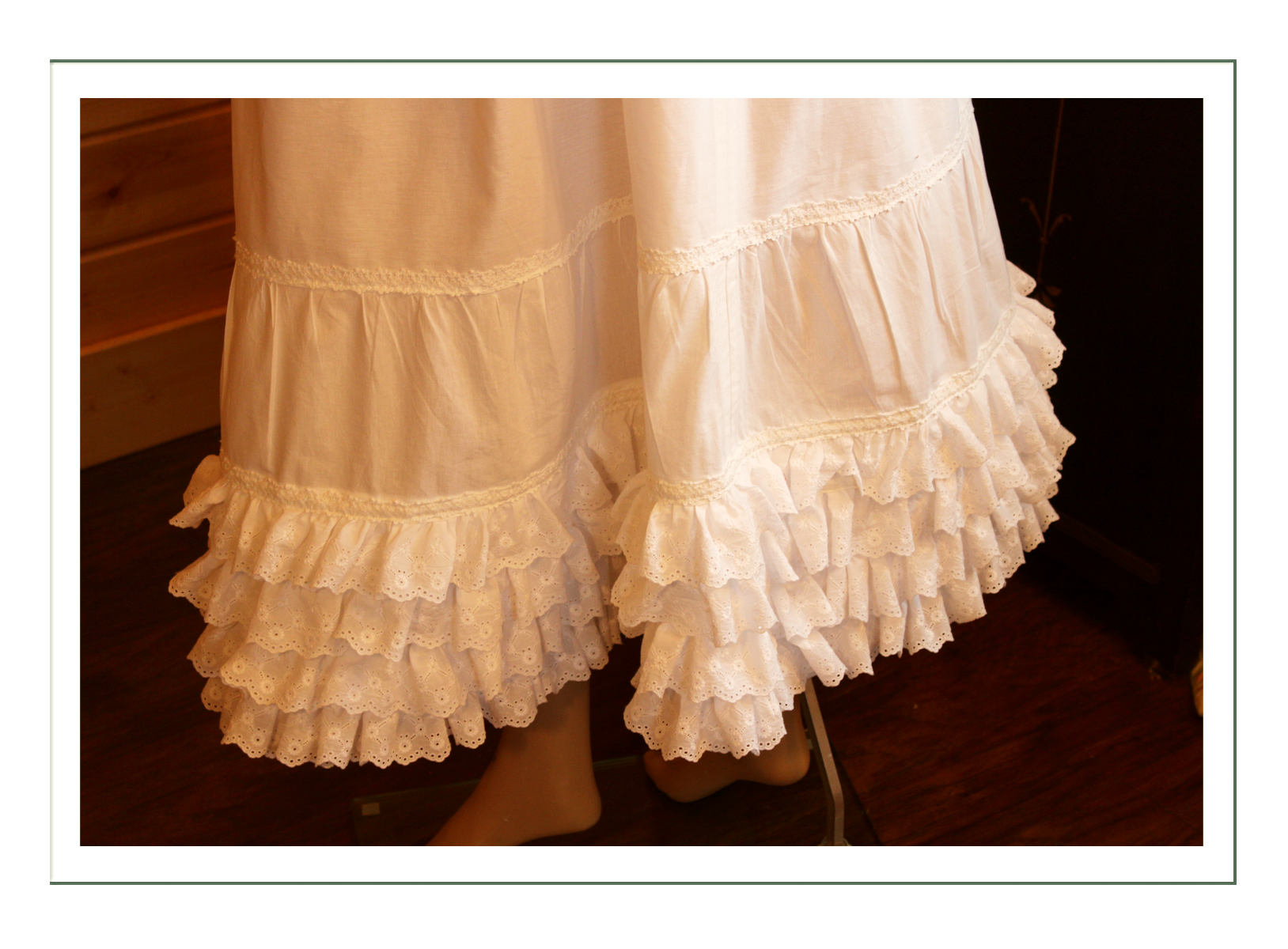
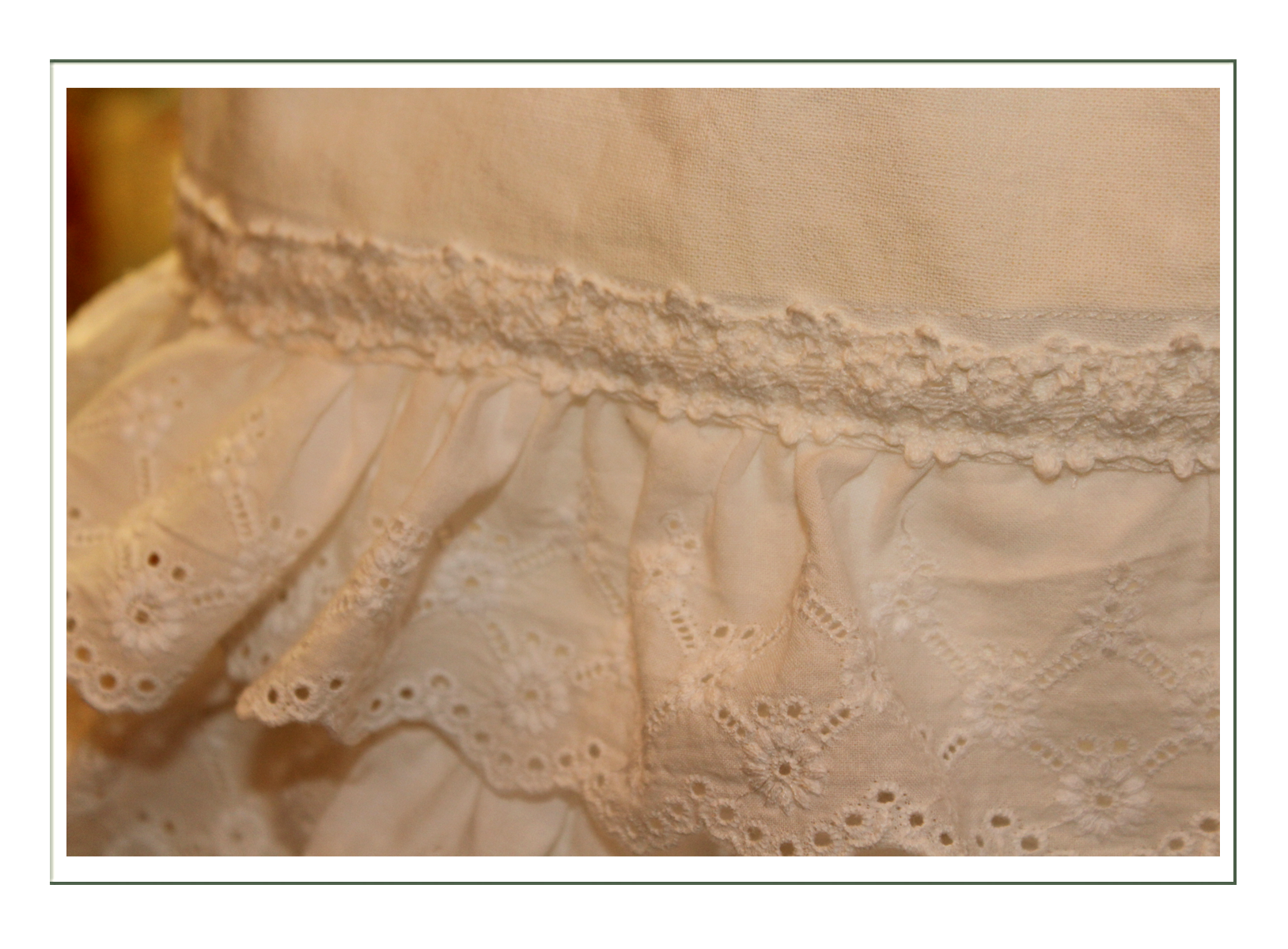
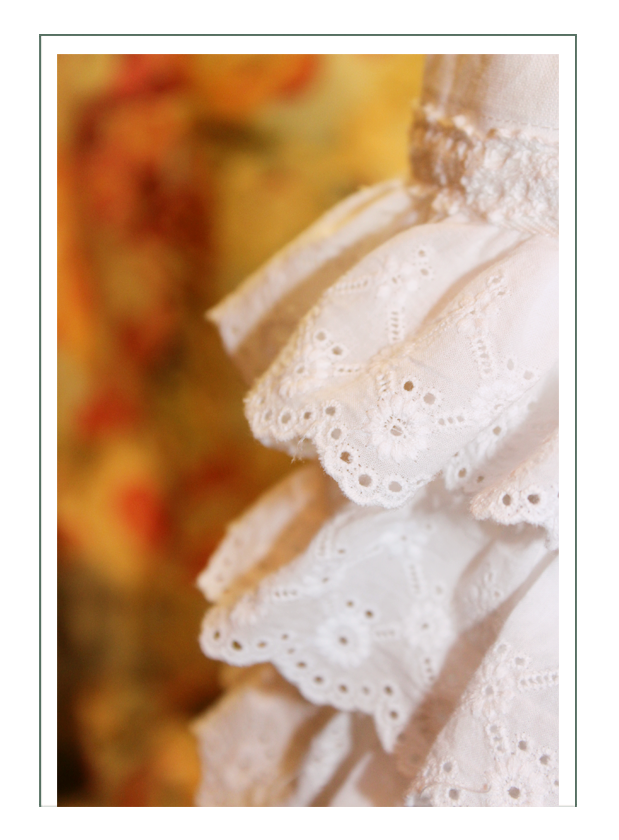
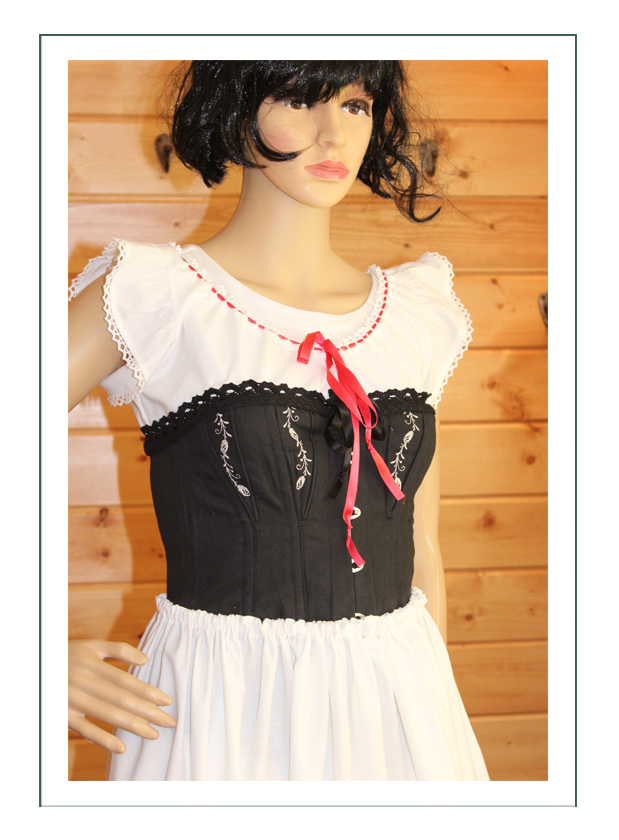
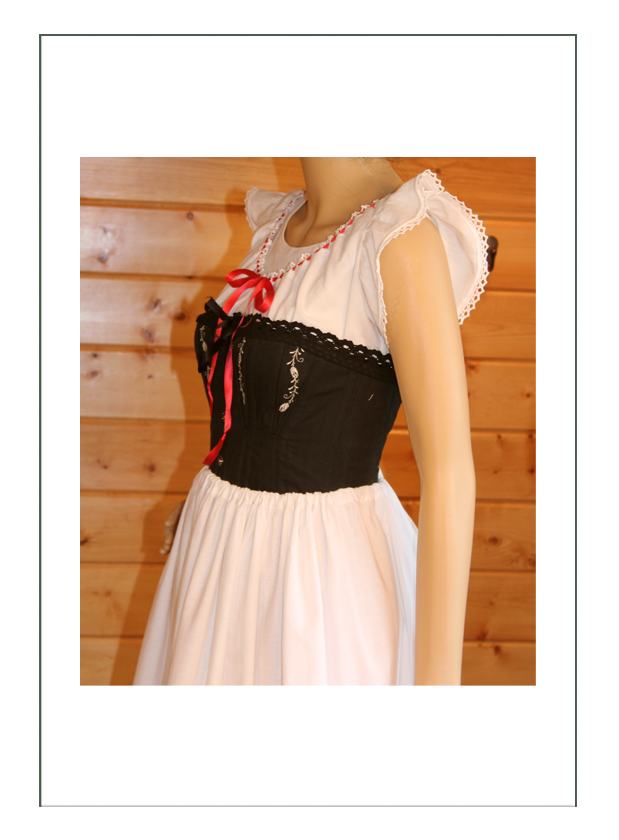
 Pioneer 1 Piece Dress
Pioneer 1 Piece Dress

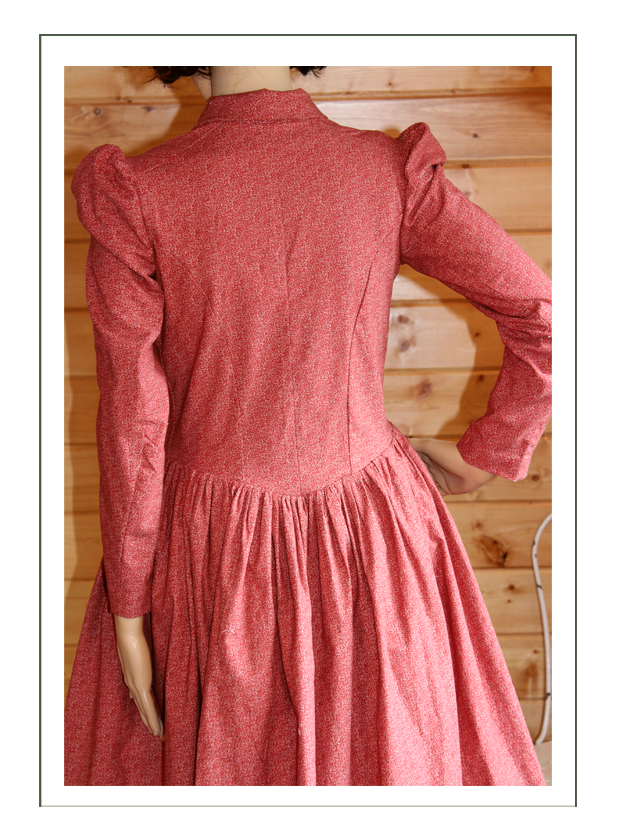
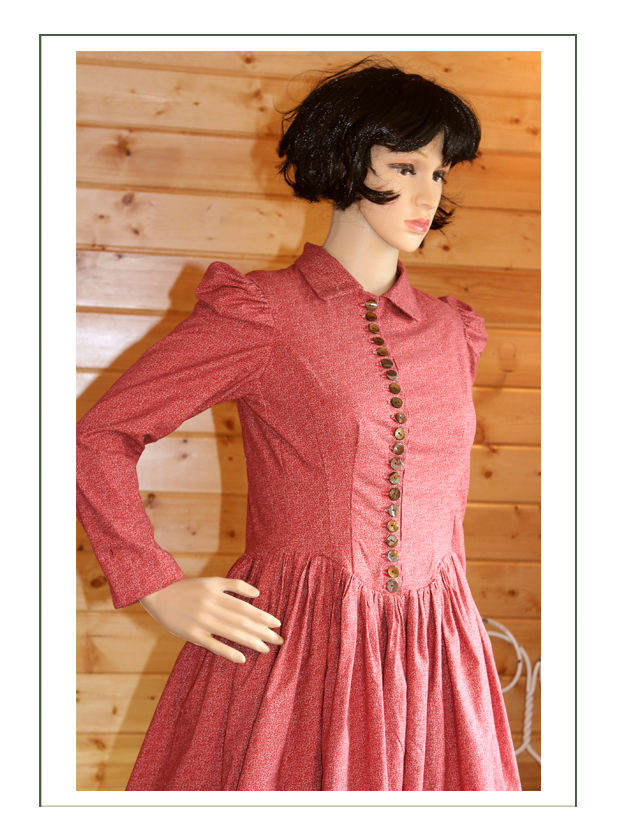
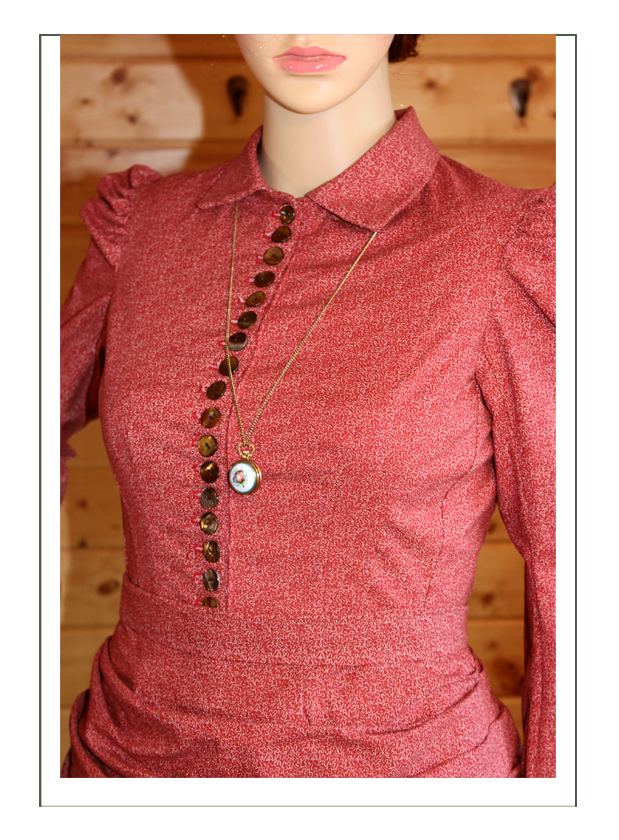
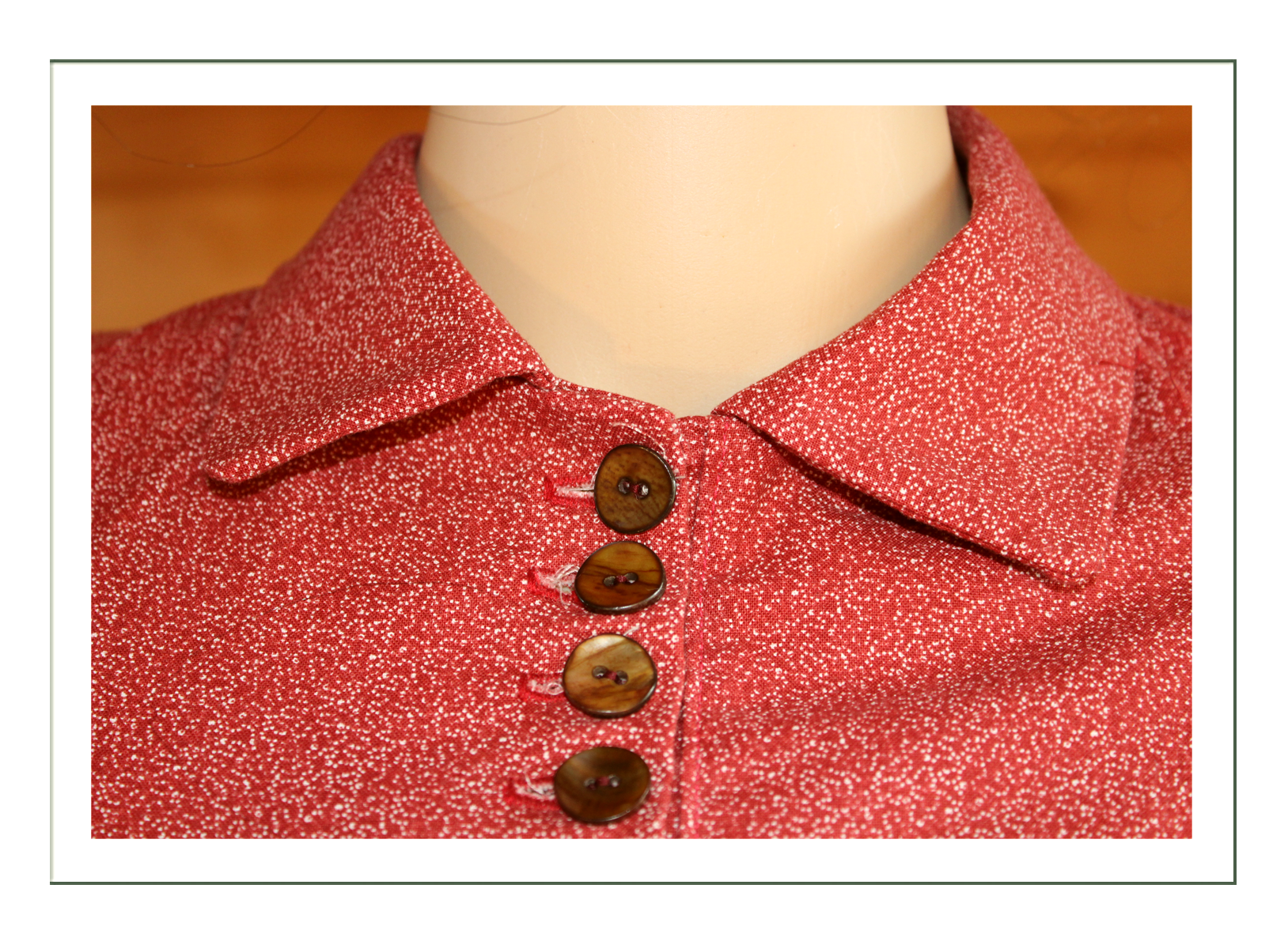
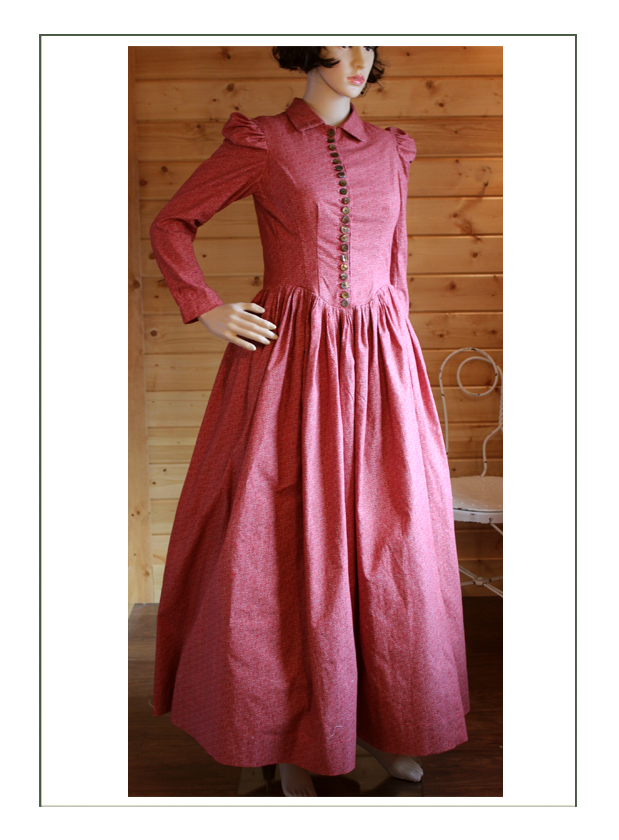
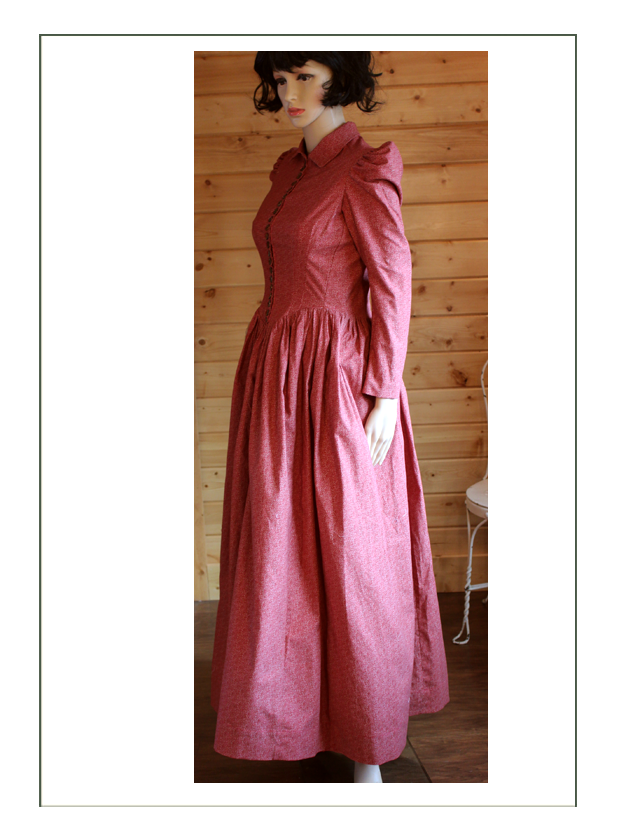
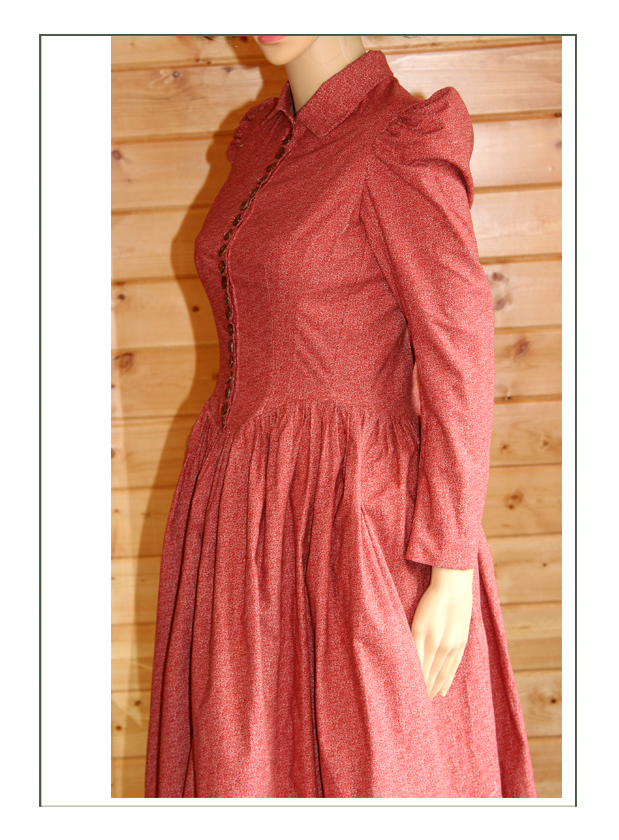
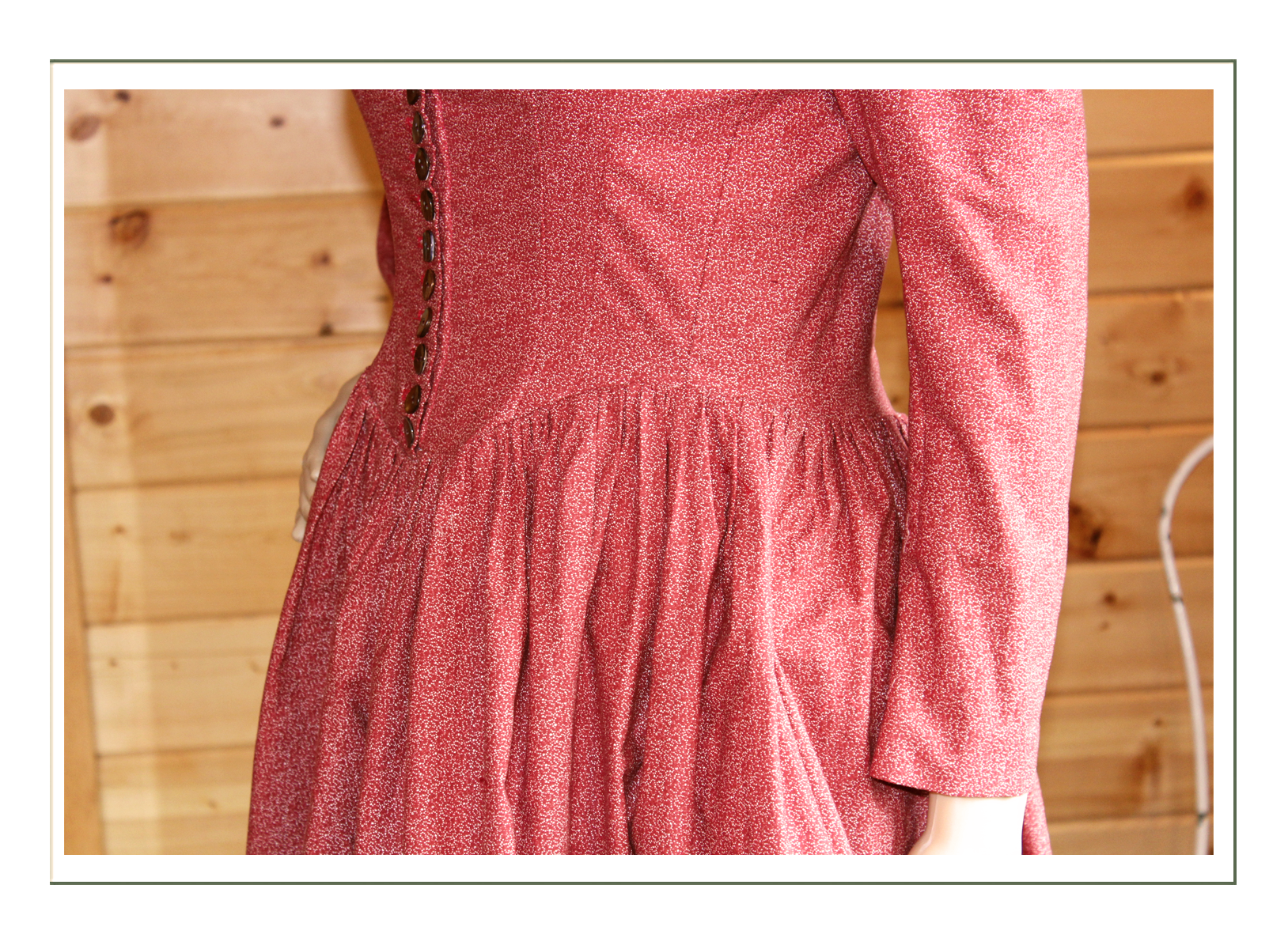
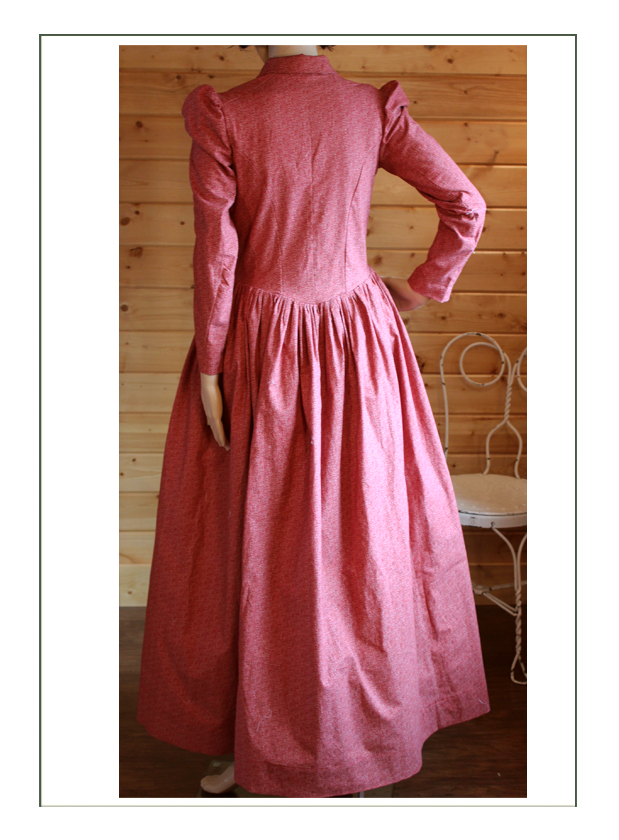
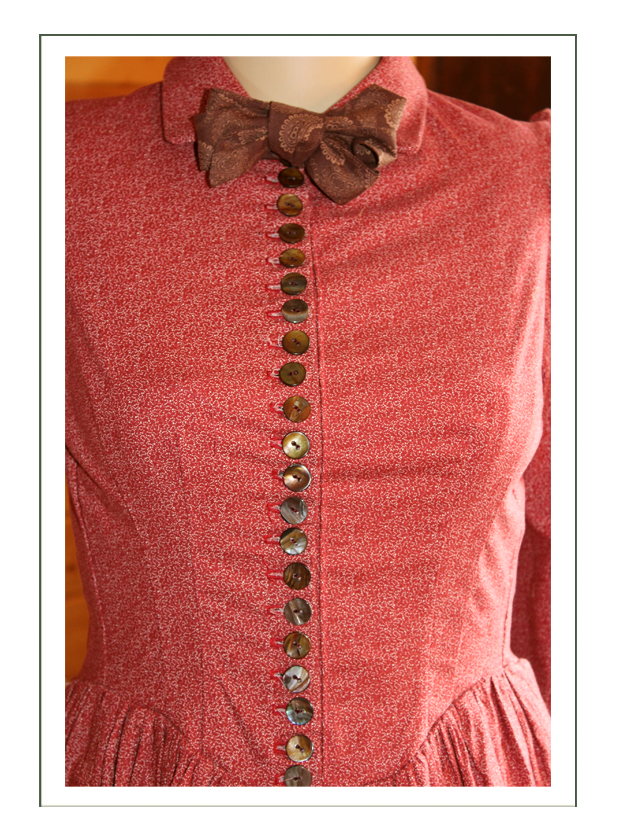
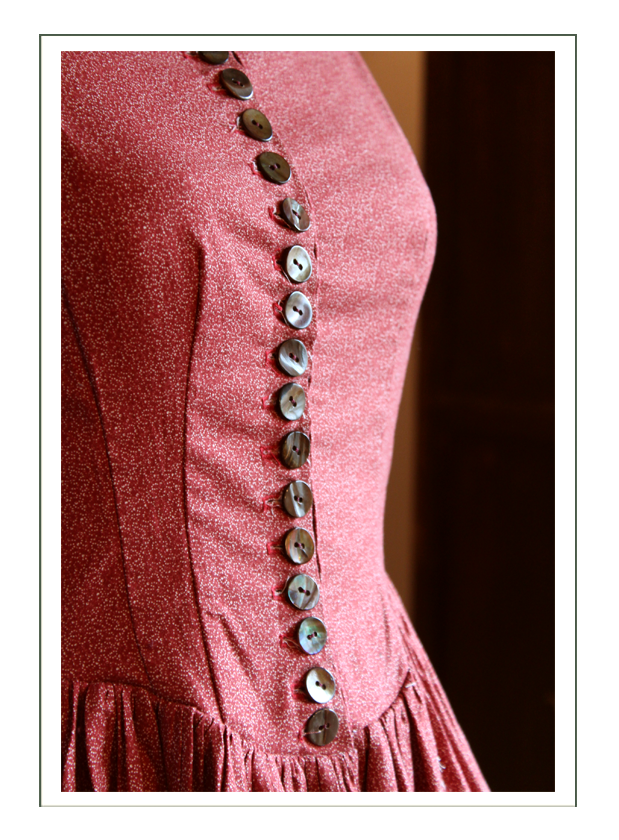
Overskirt/Drape
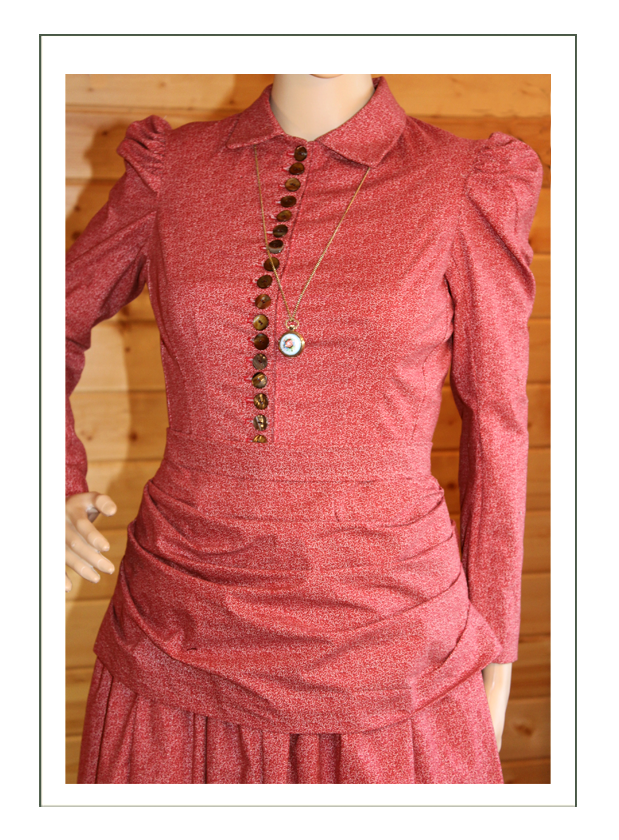
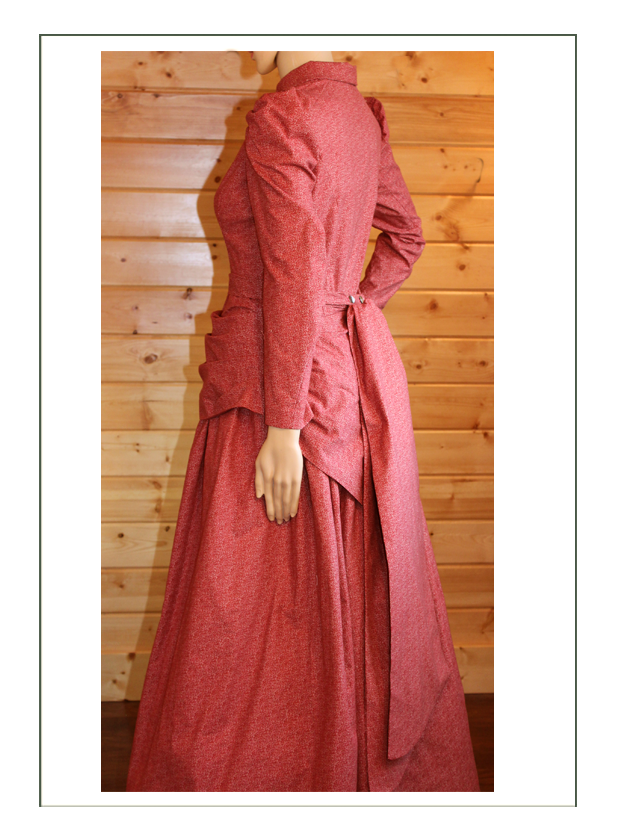
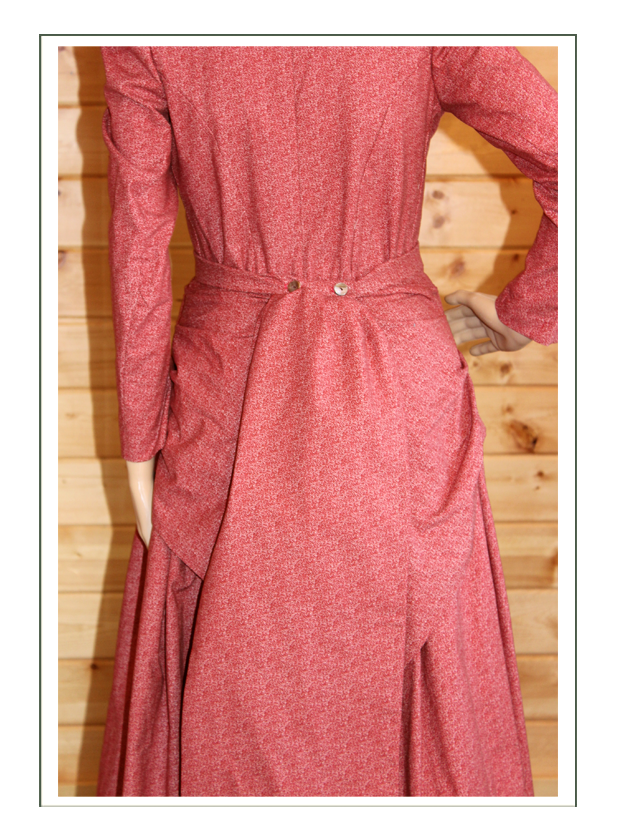
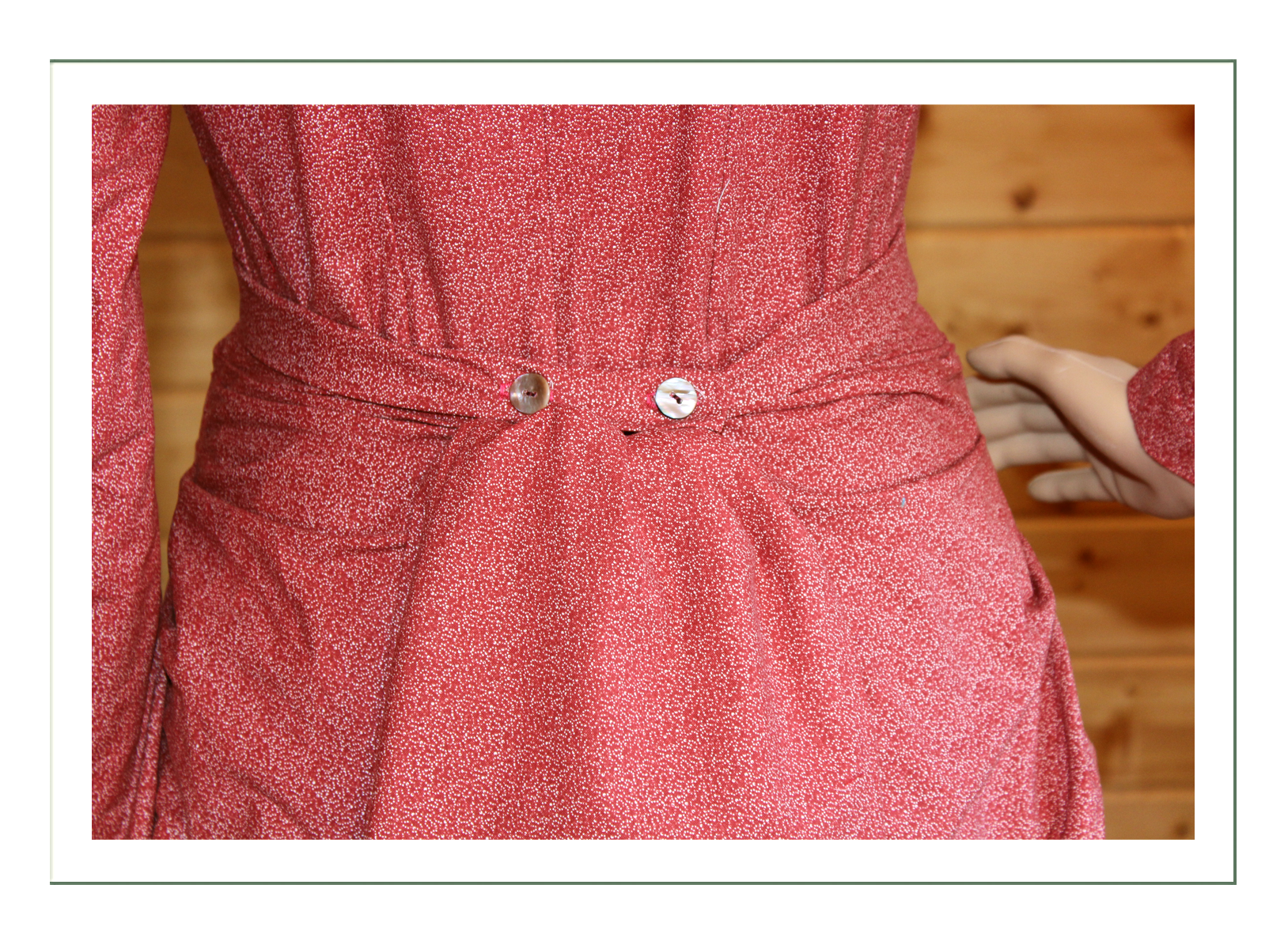
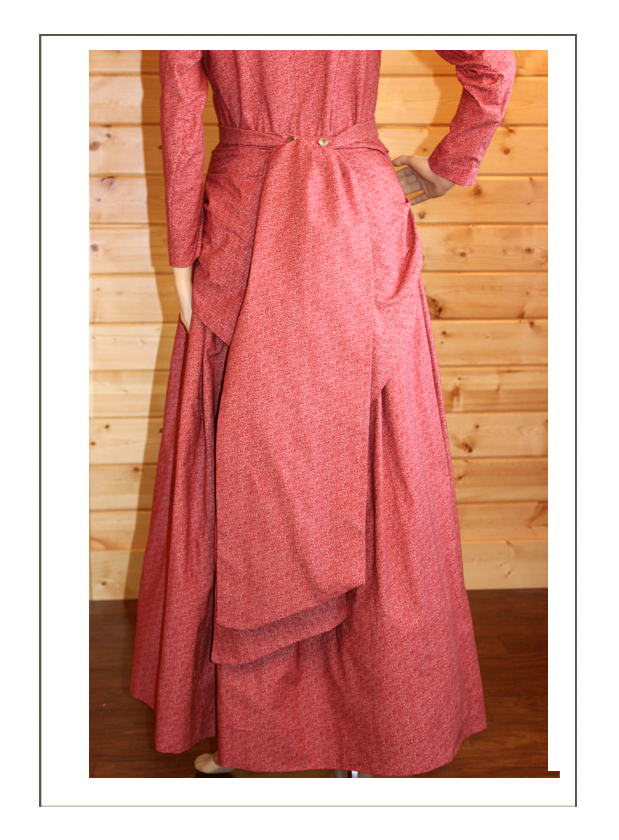
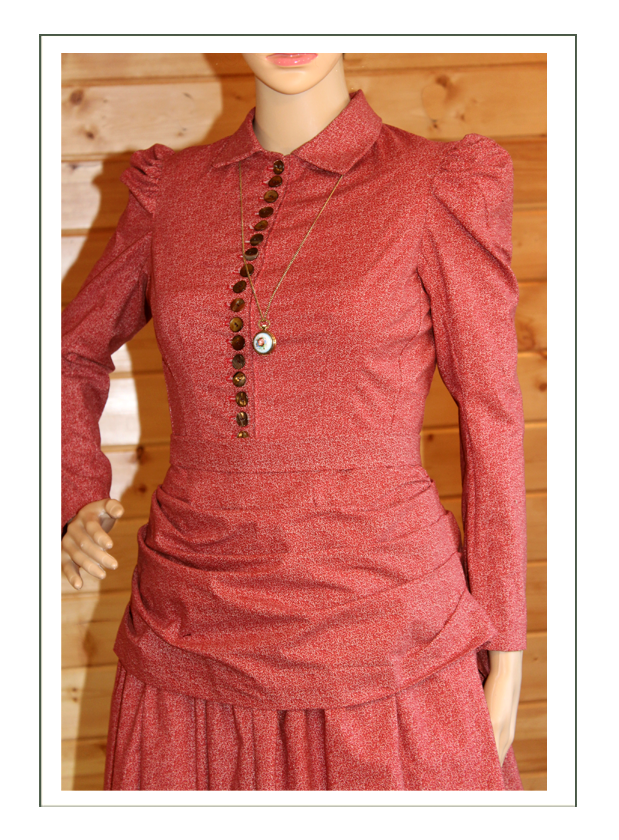
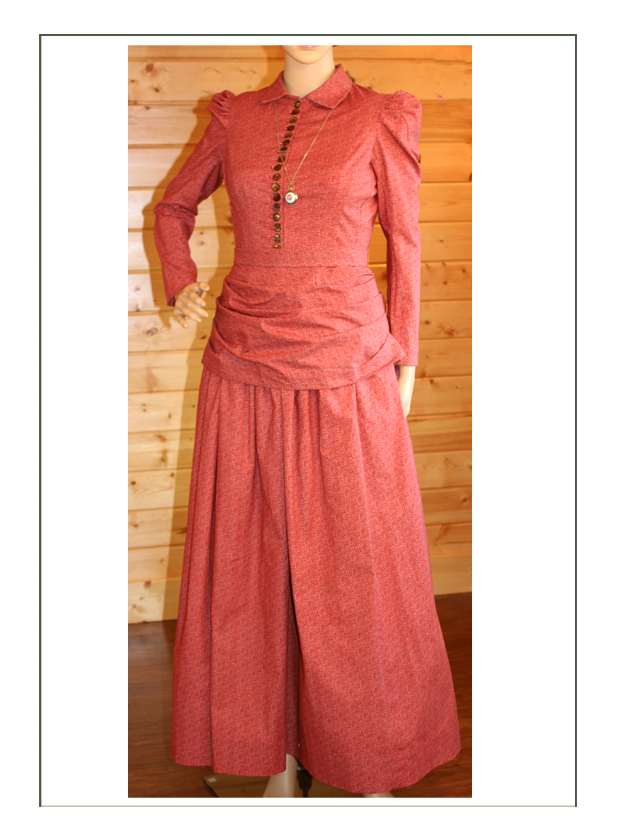
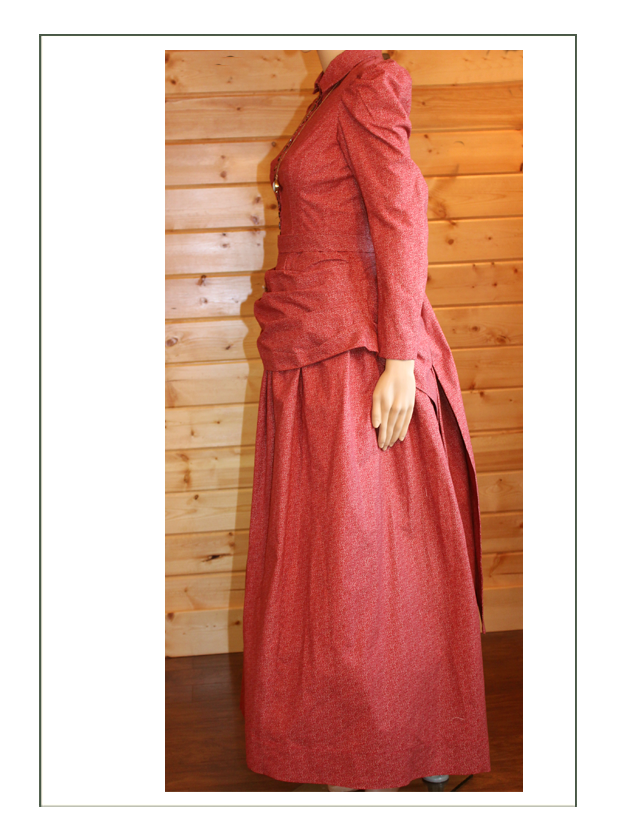
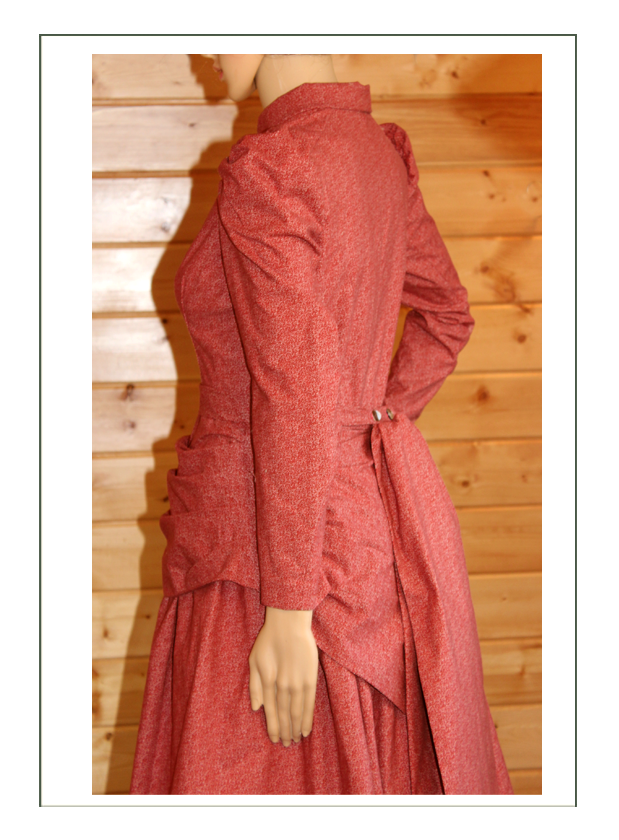
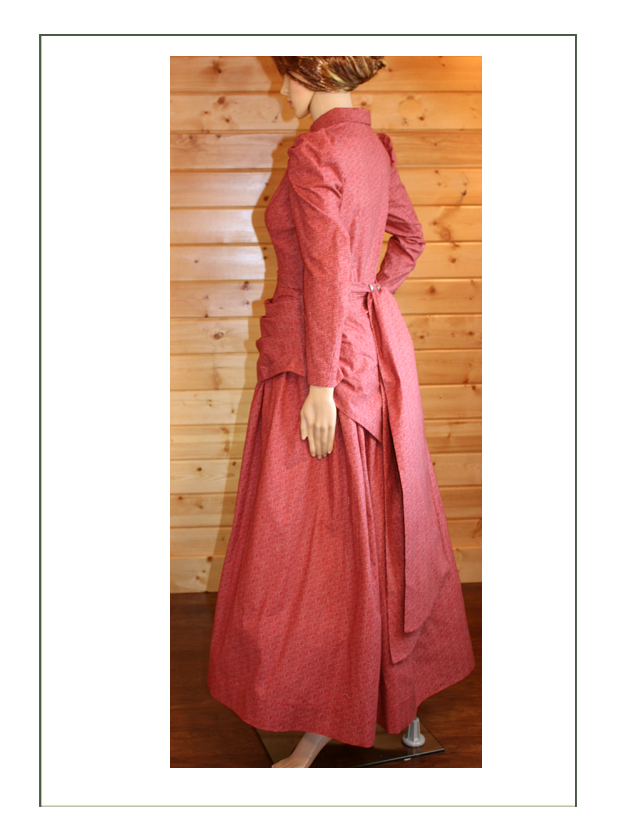
Apron
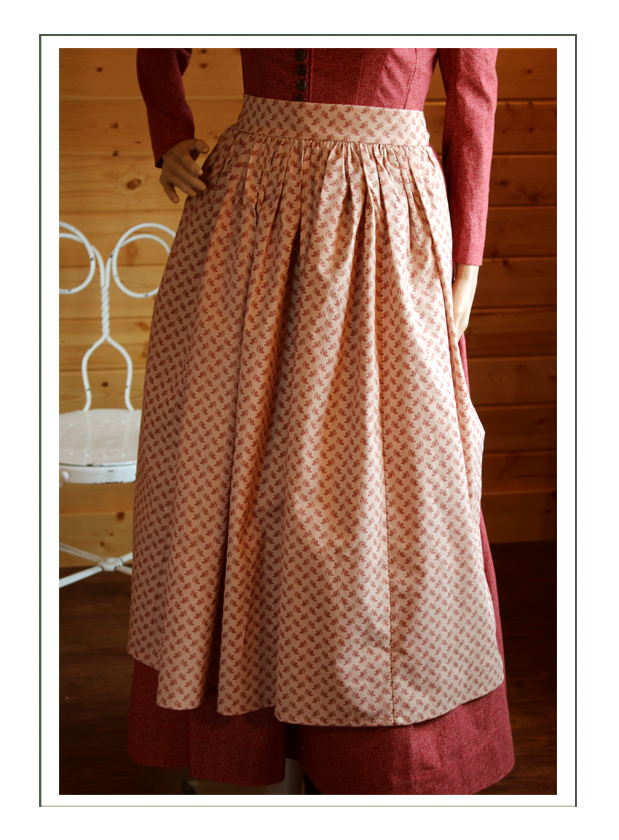
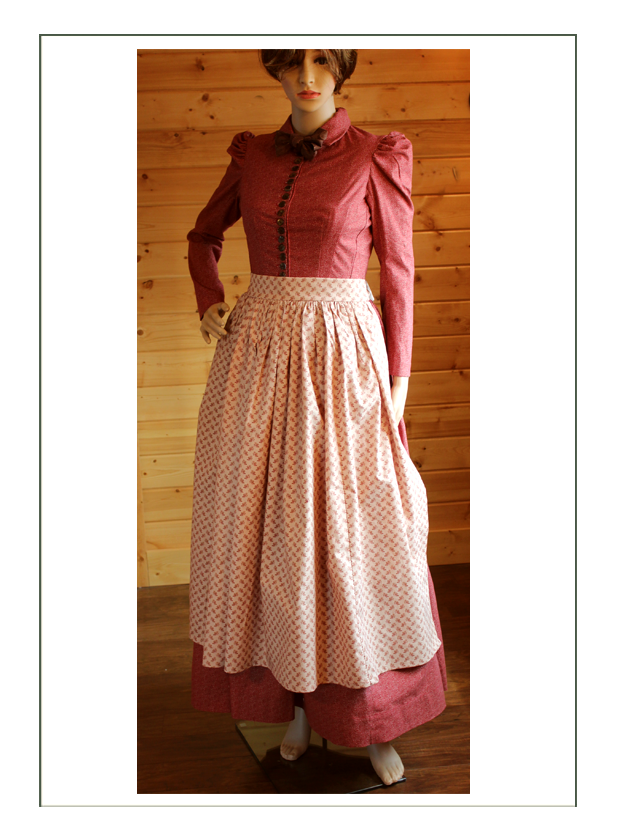
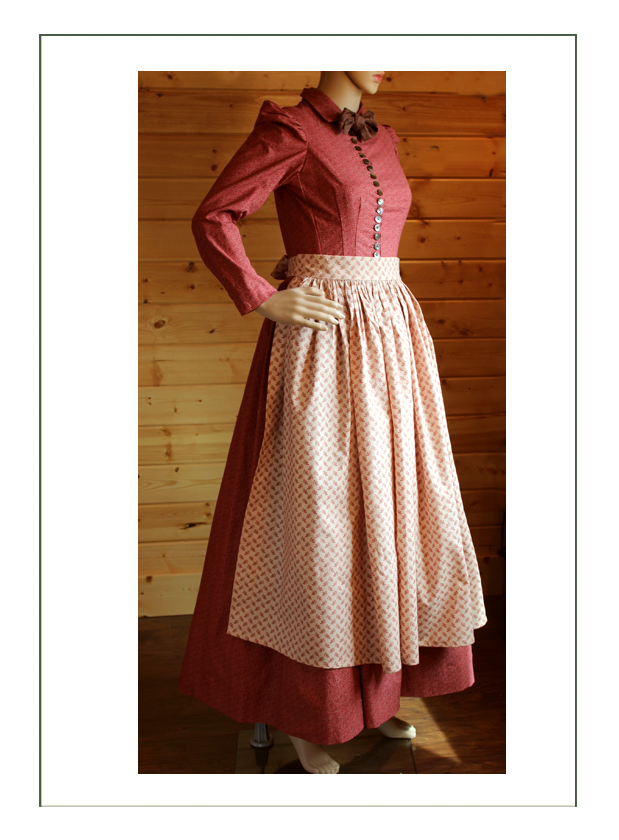
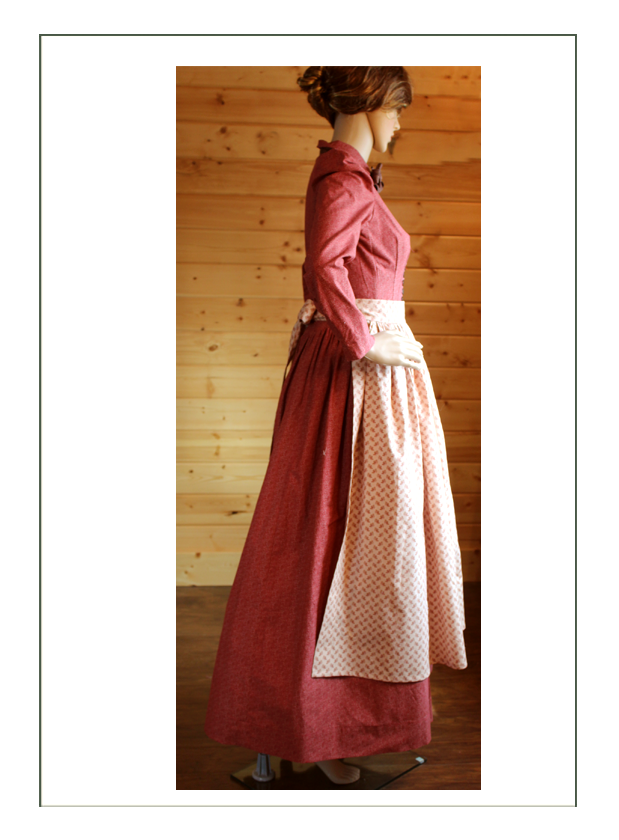
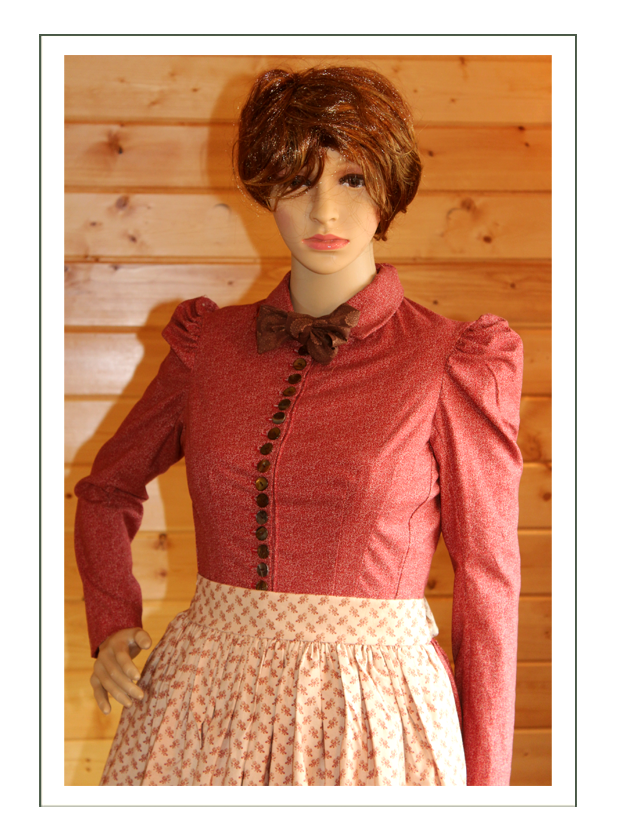
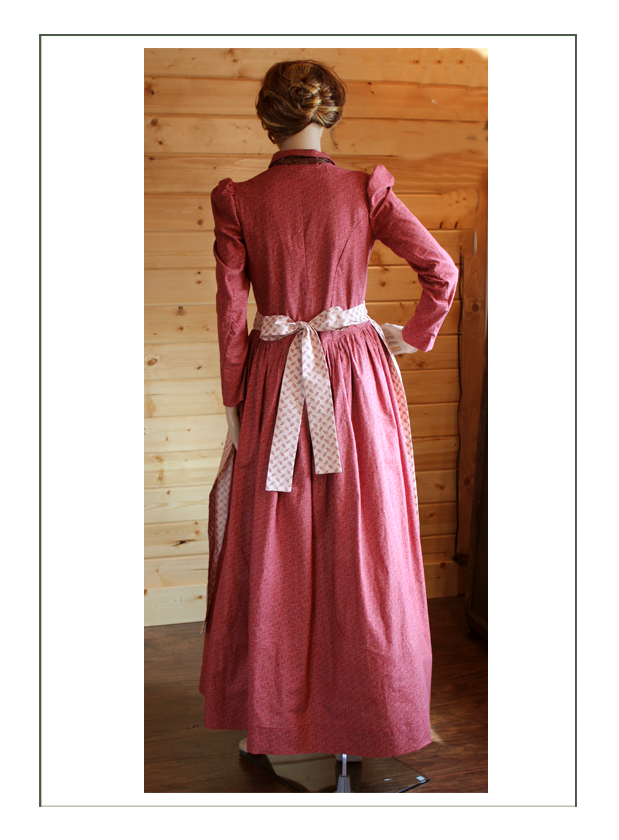
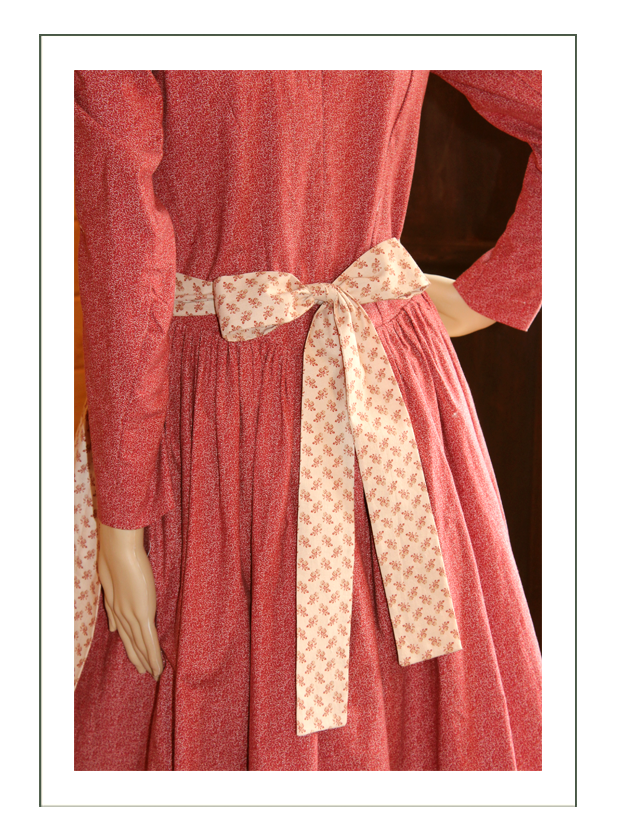

Apron as Drape
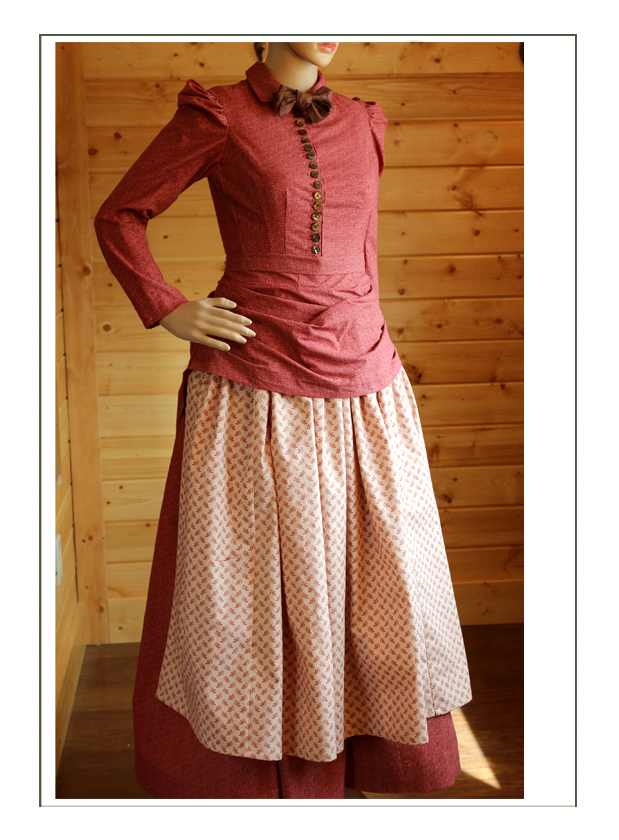
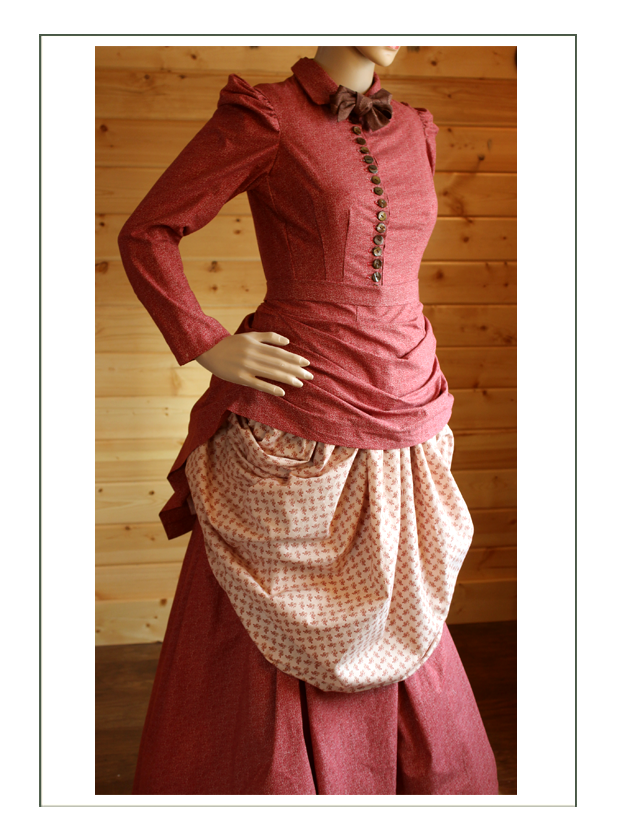

Antique Pendant Watch
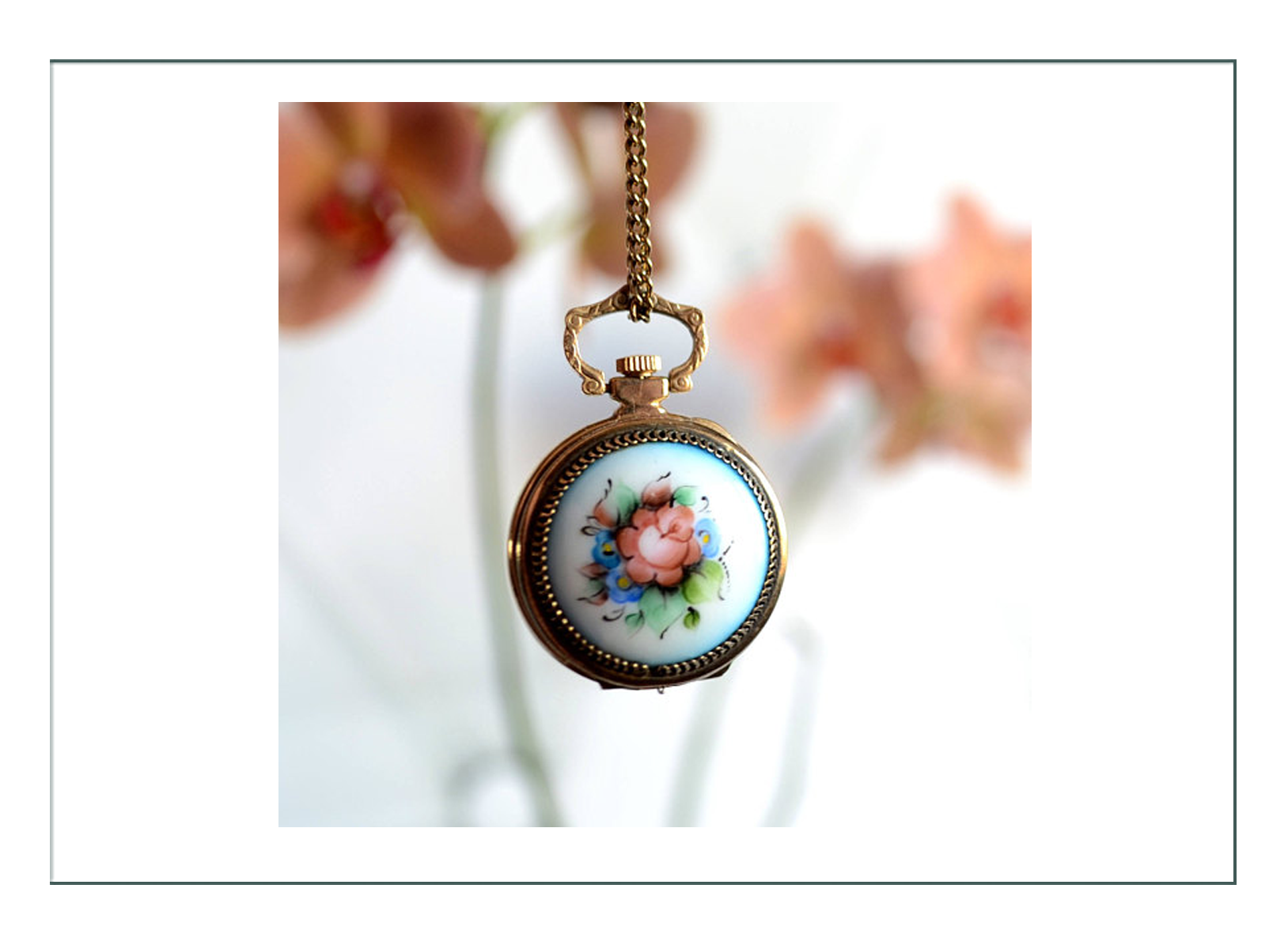
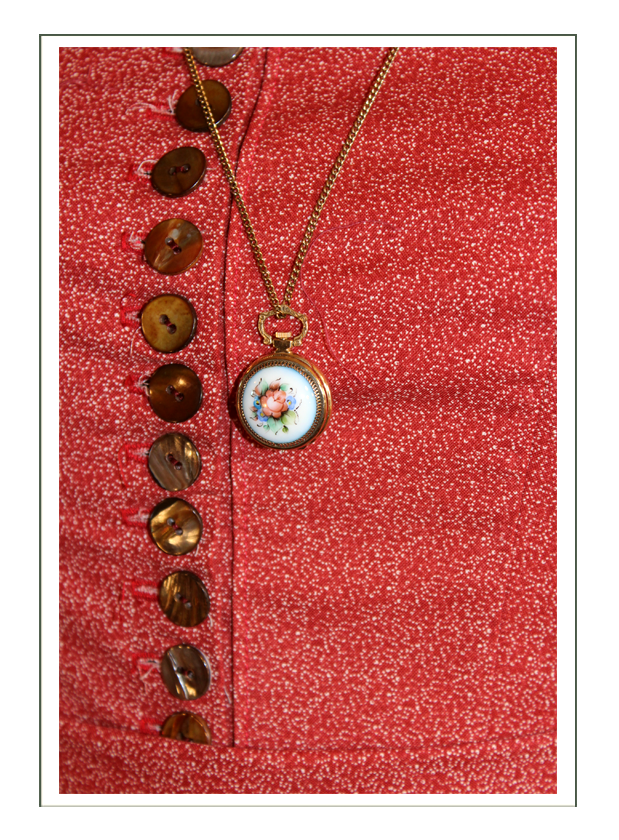
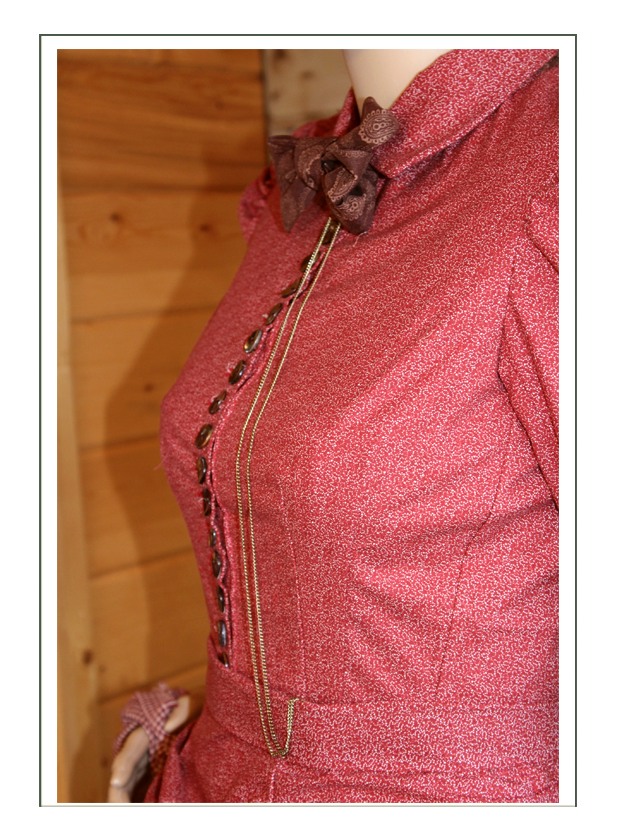

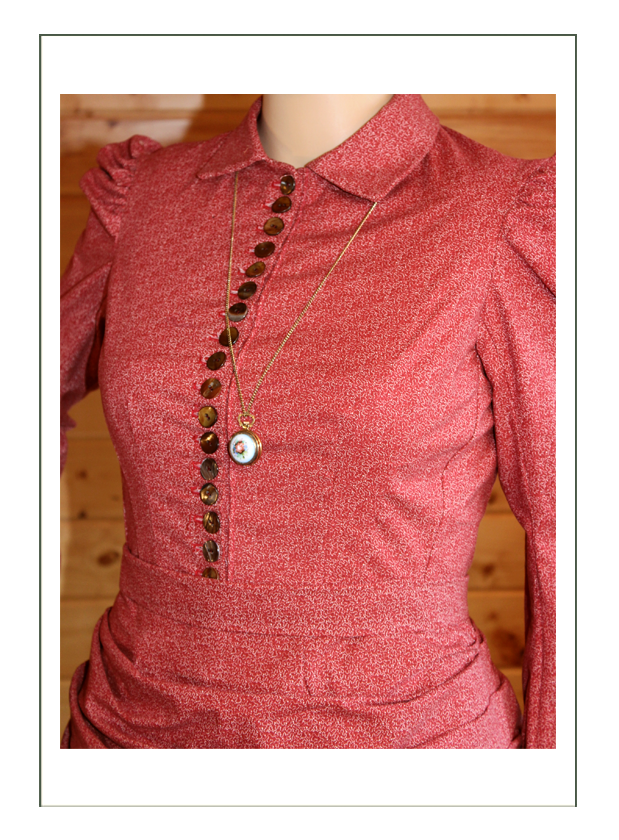
Bonnet
The bonnet can be worn folded or to cover full face. It is soft without structure.
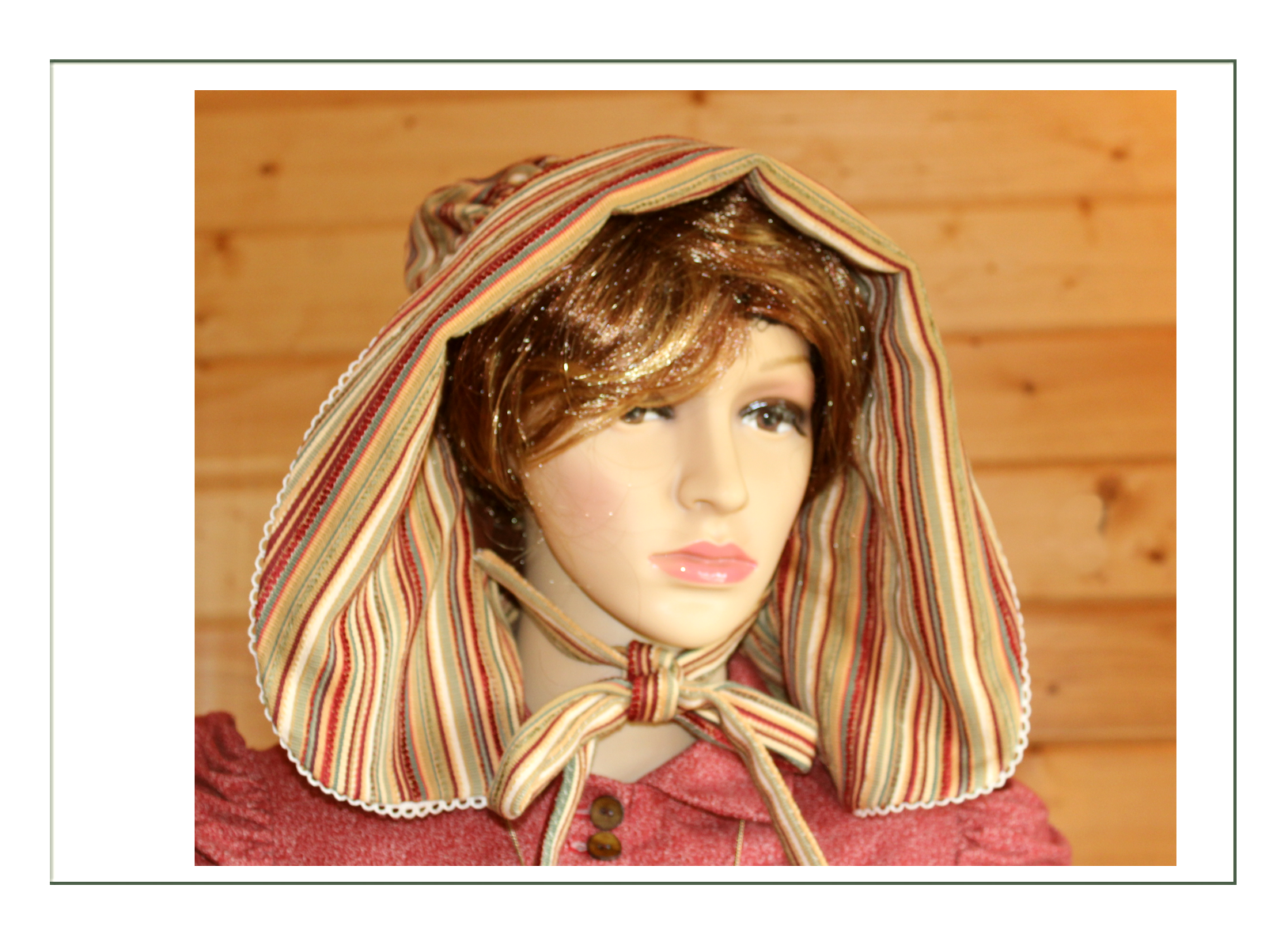
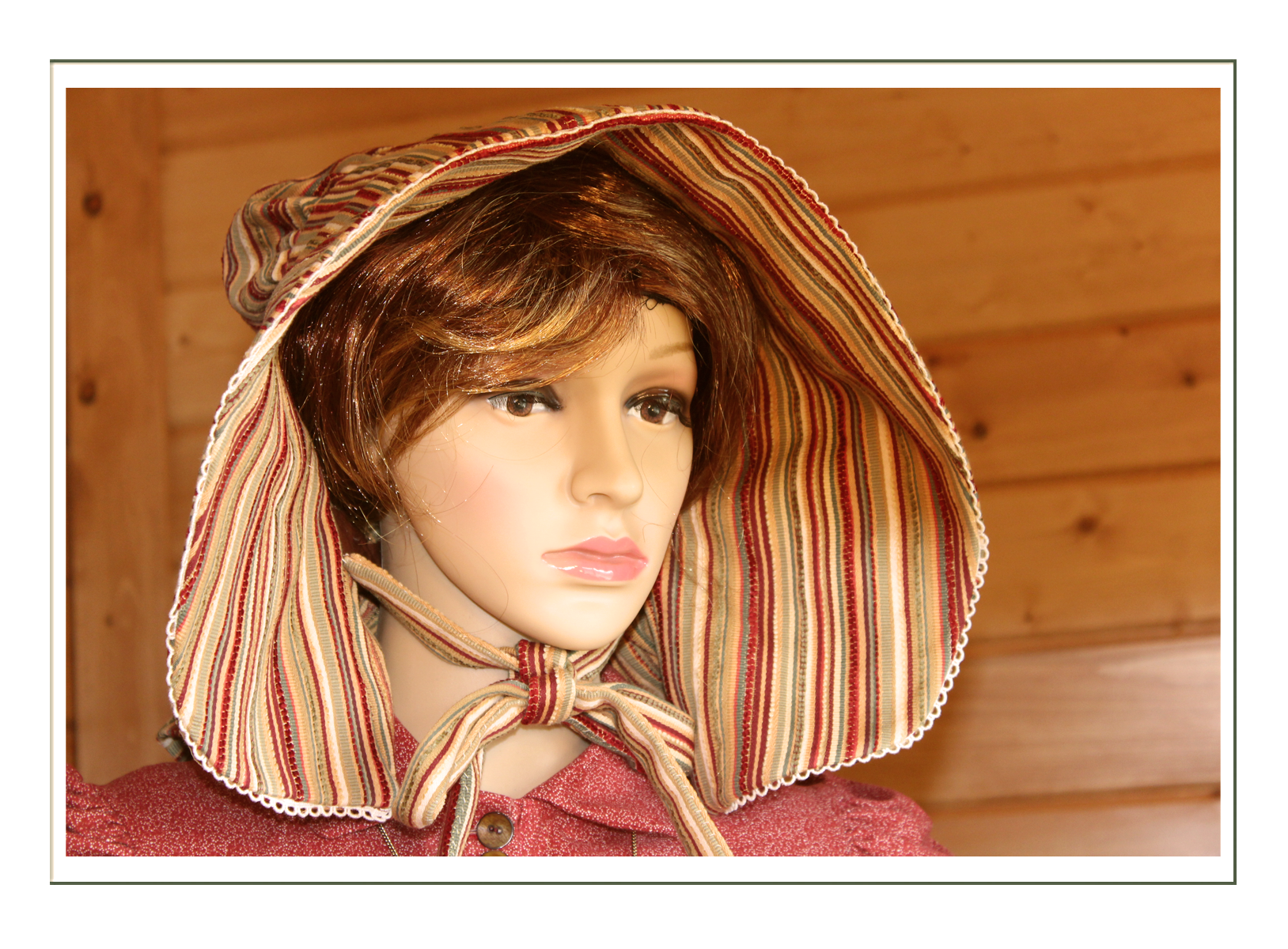
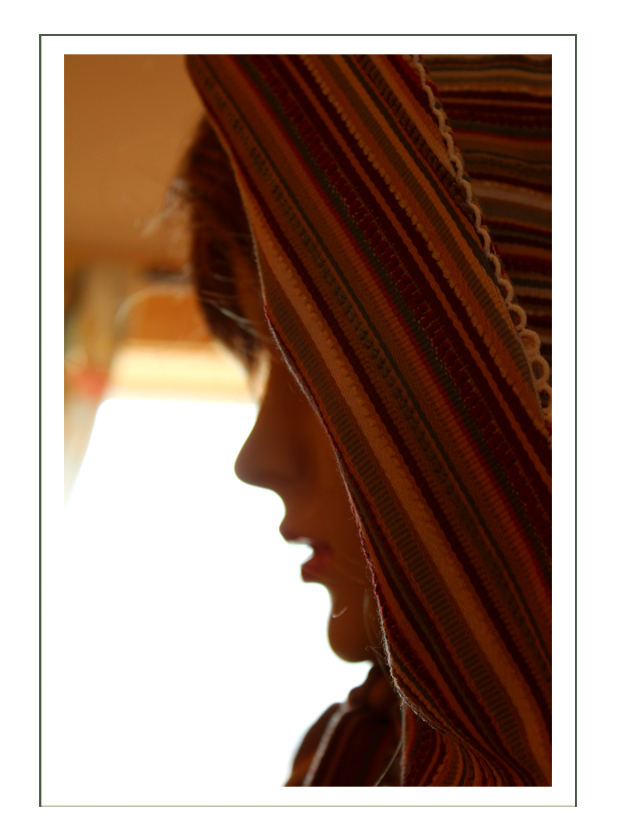
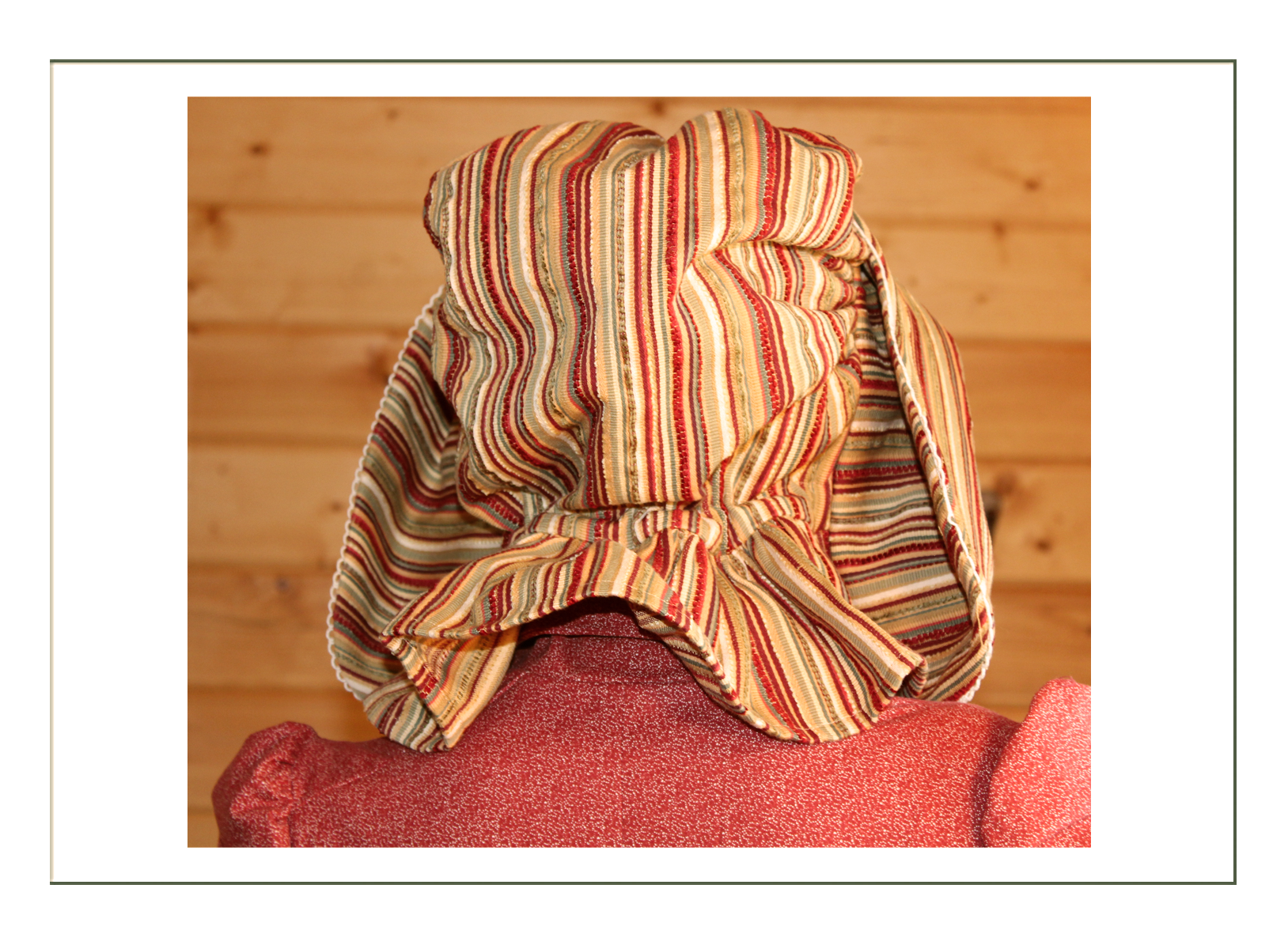
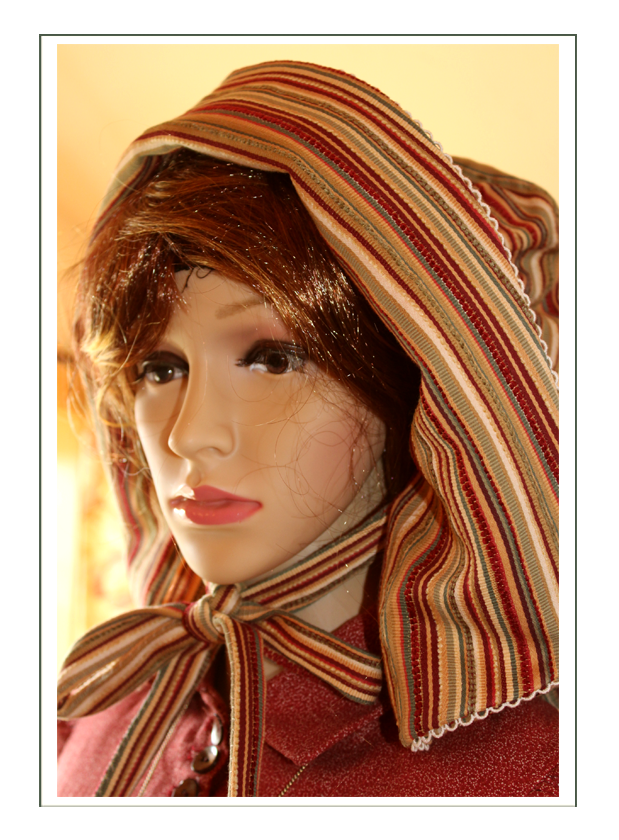
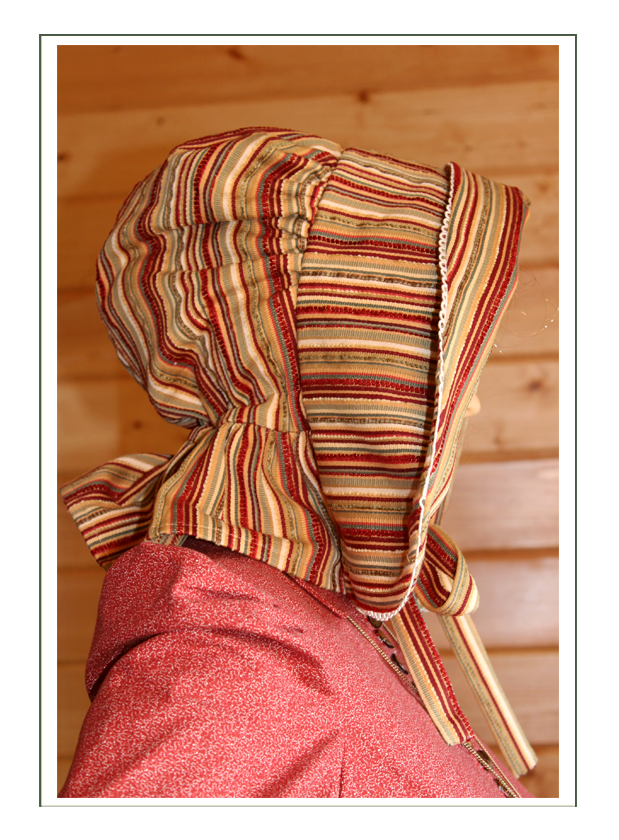

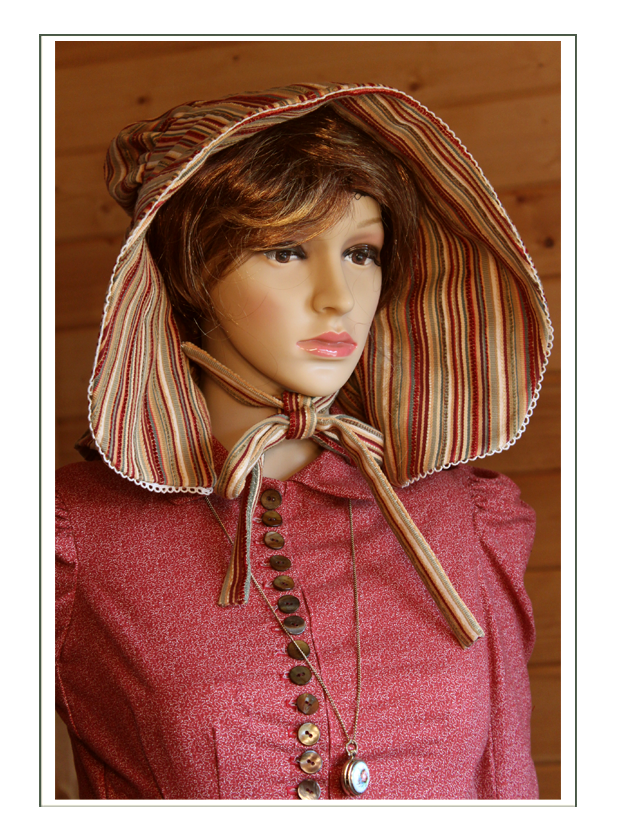
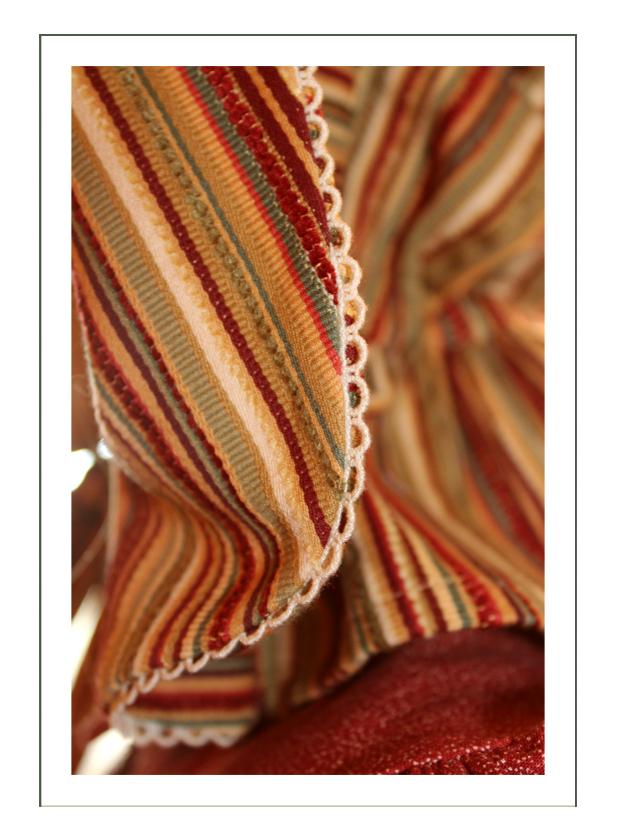
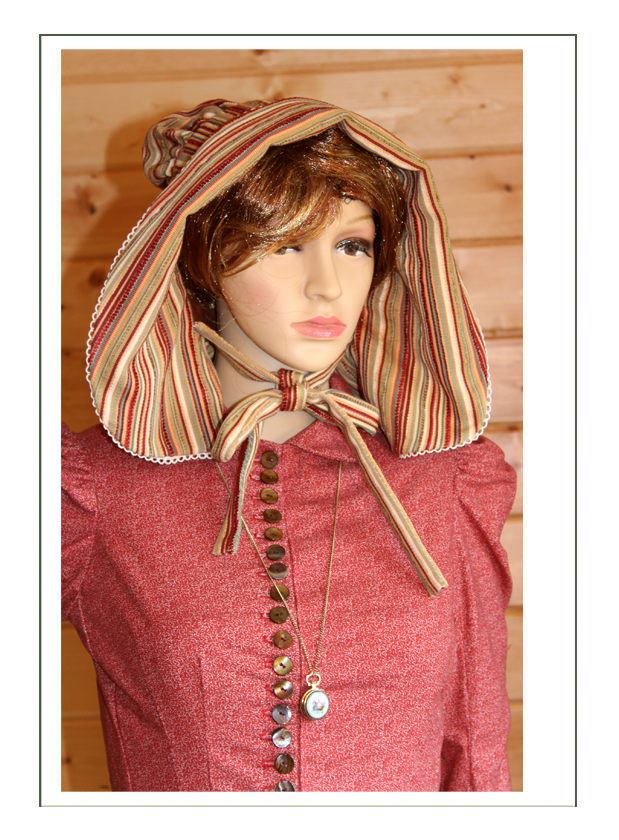
Scarves & Ties (2 scarves; 3 ways)
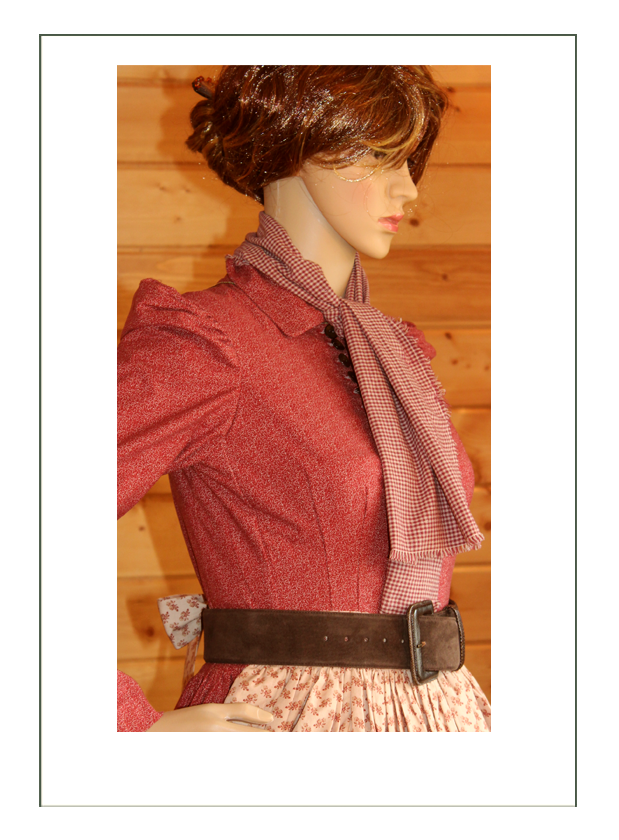

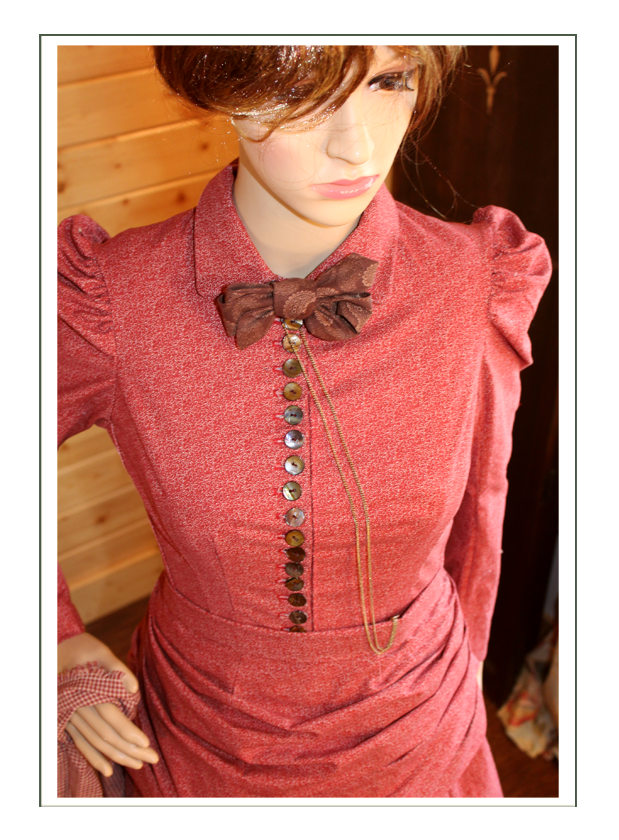
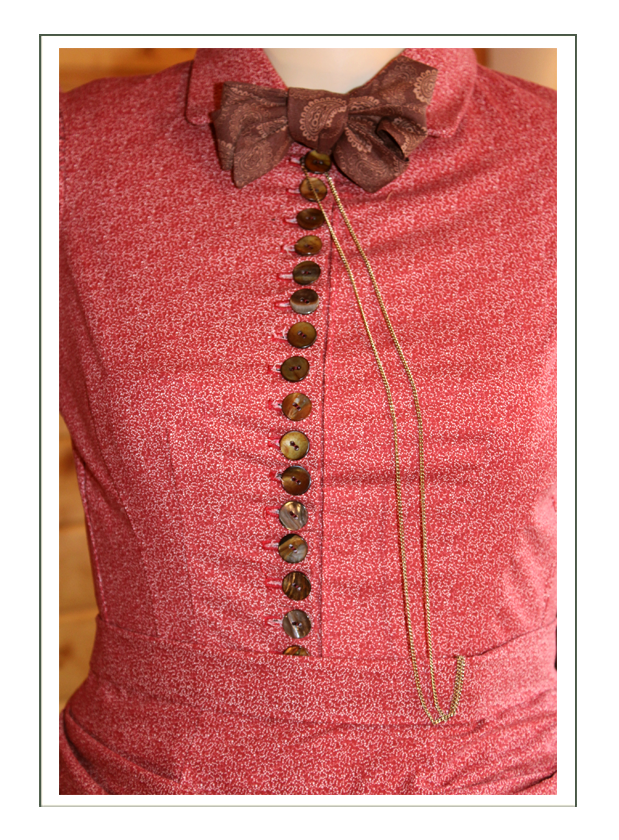
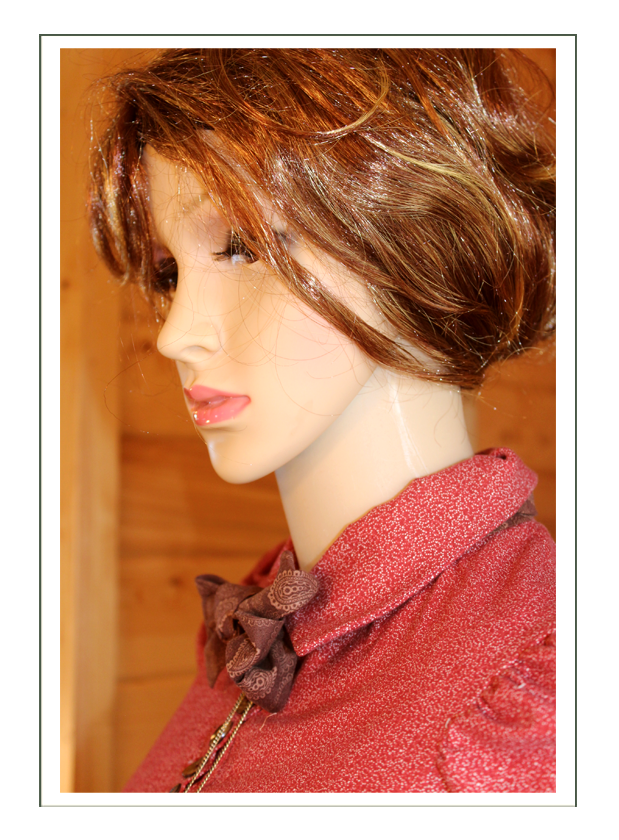
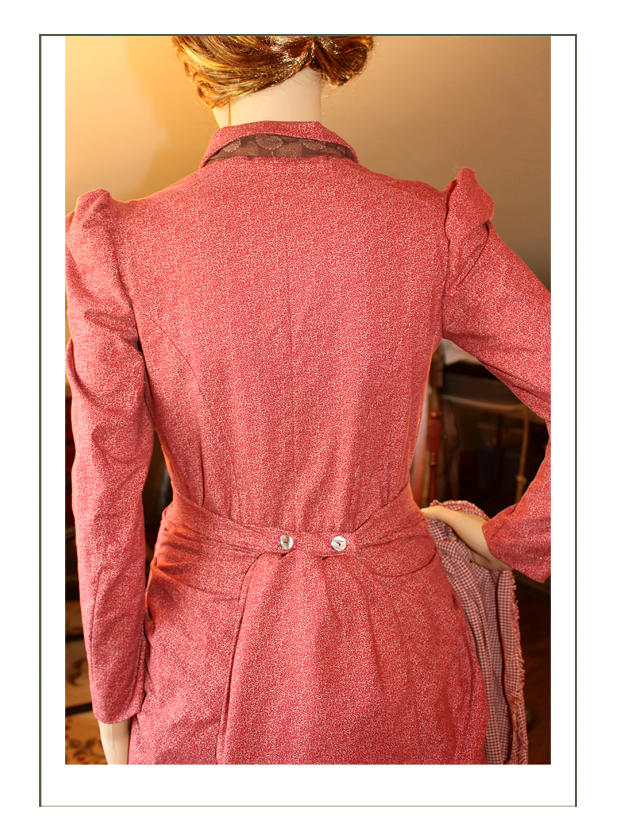
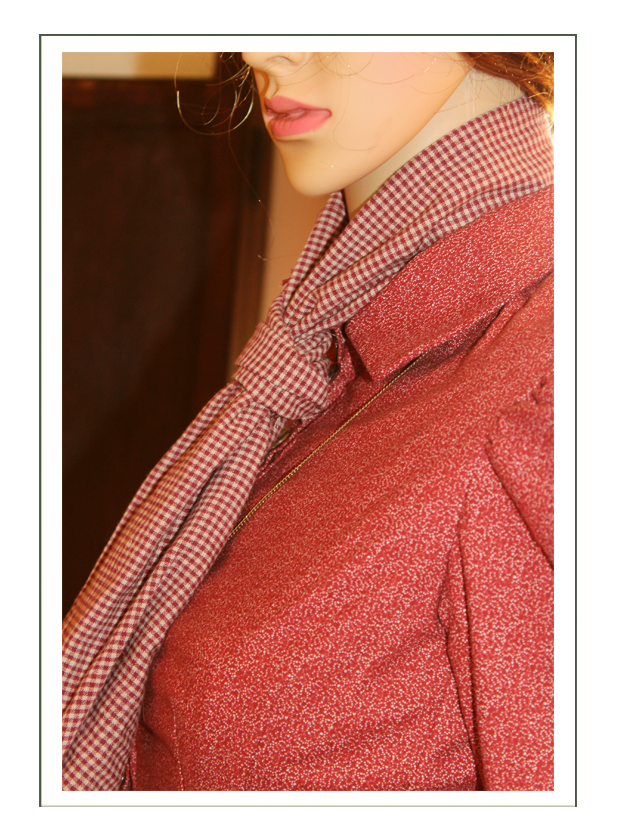
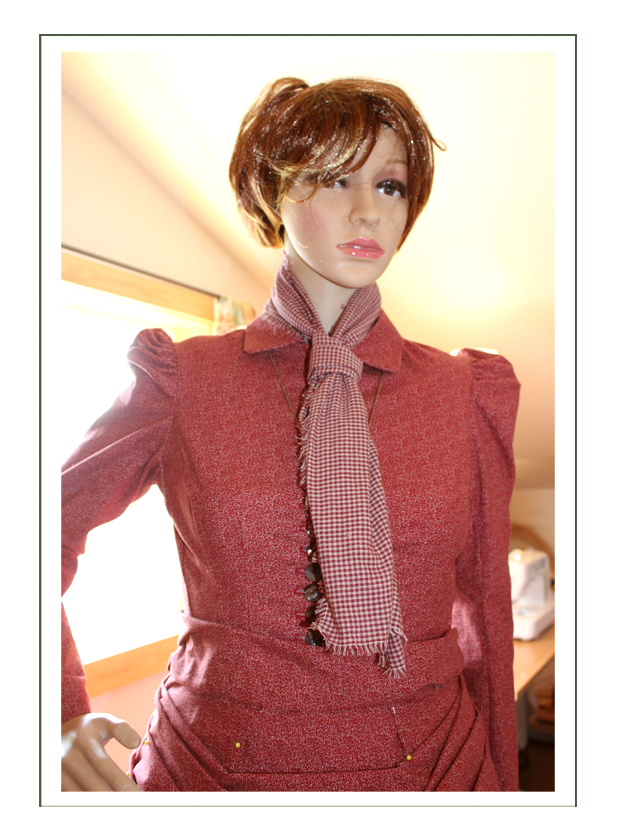
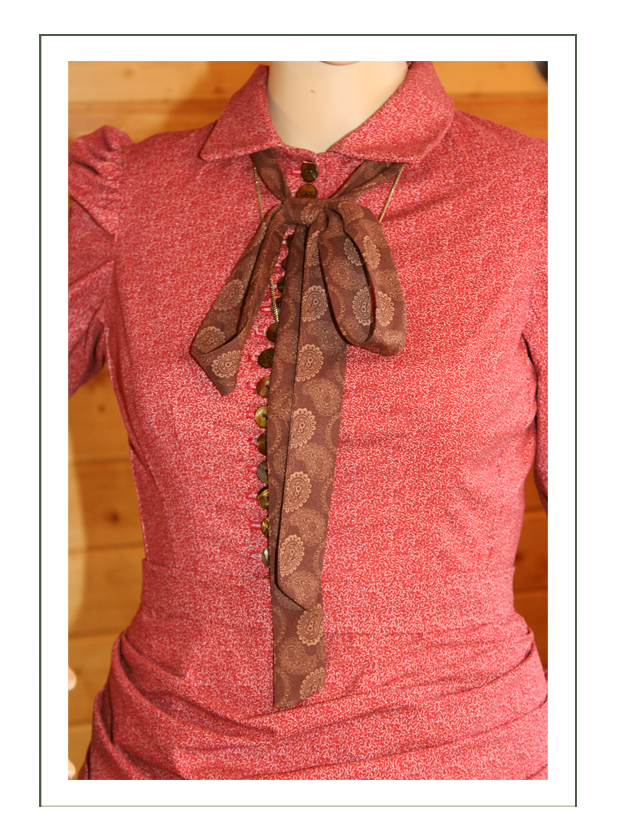

Belt
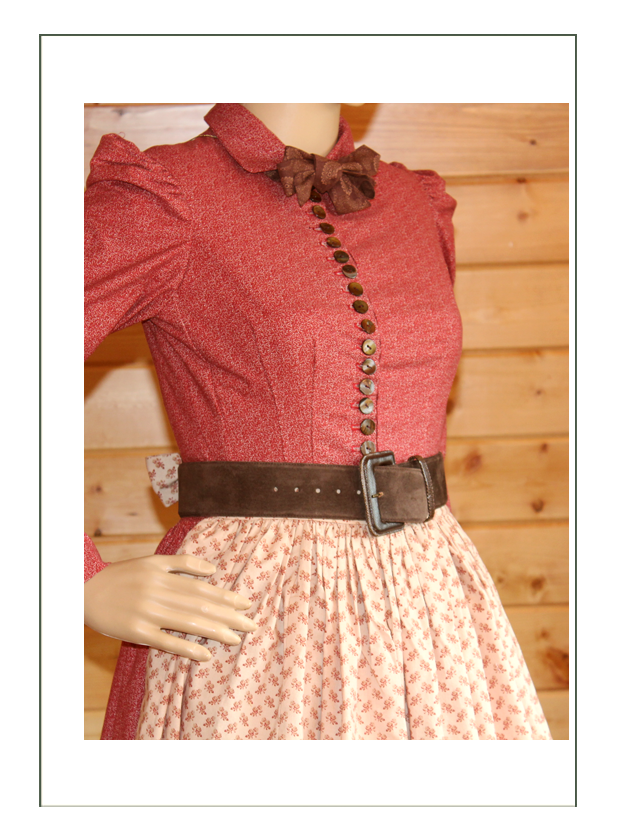
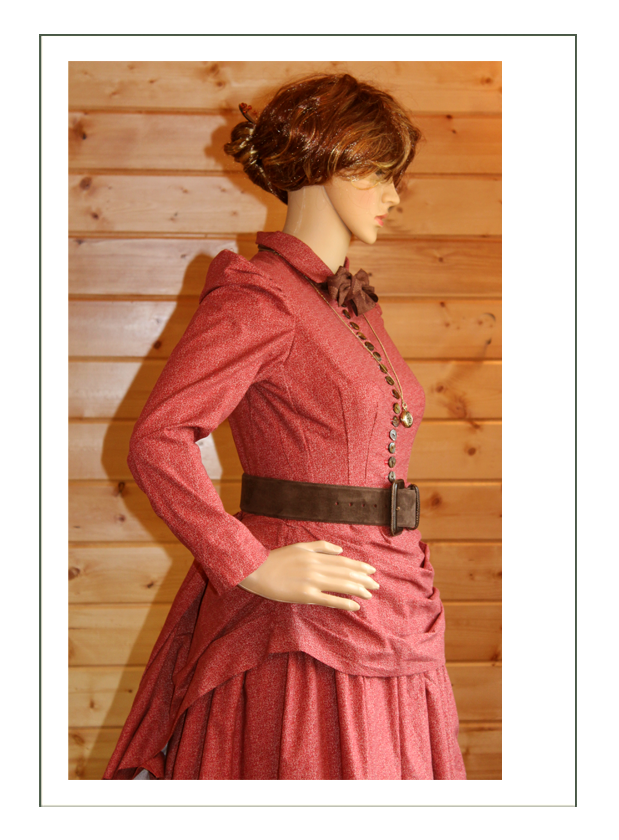
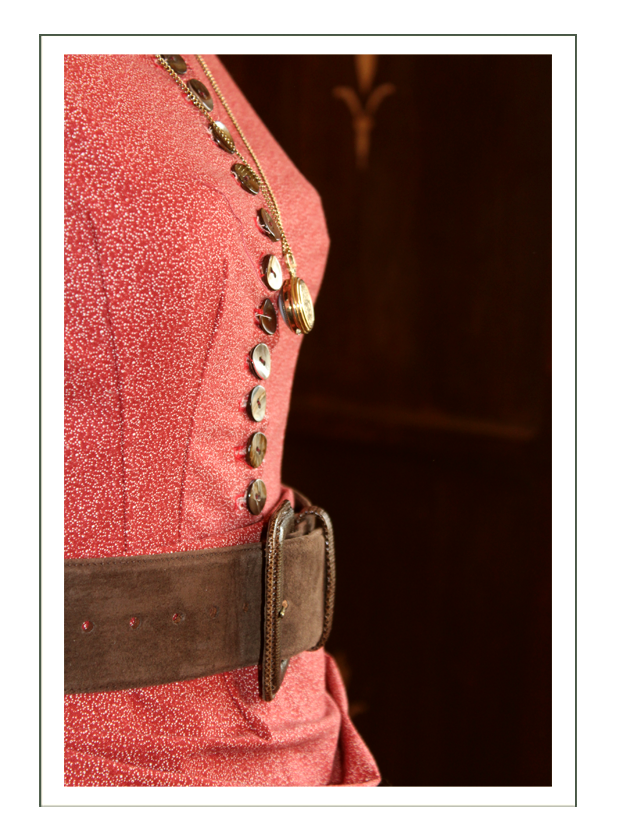


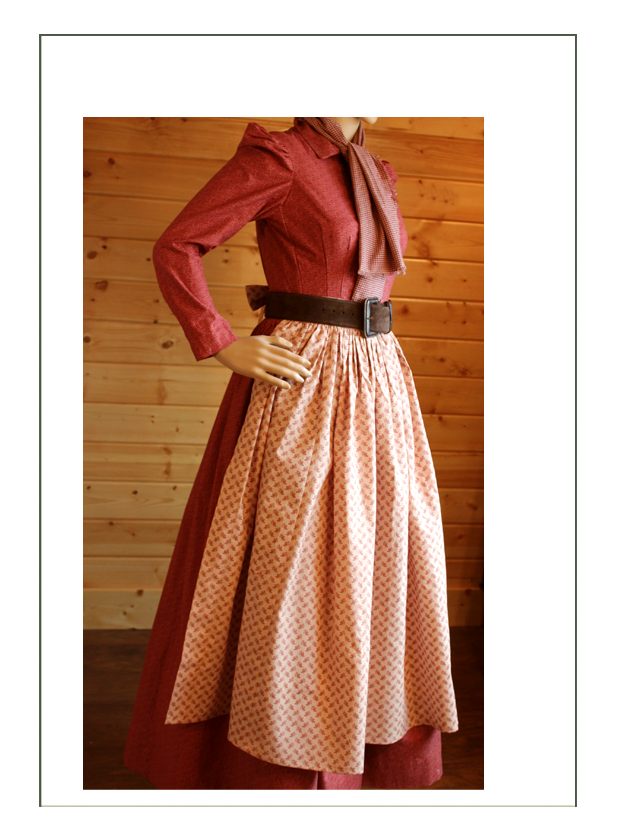
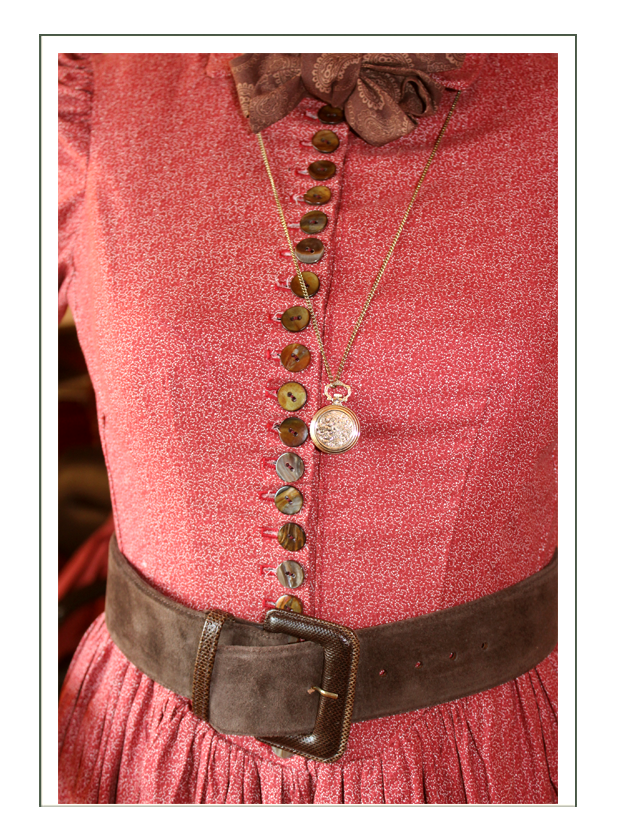
Hair Comb
Reproduction hand carved bone with amber gems
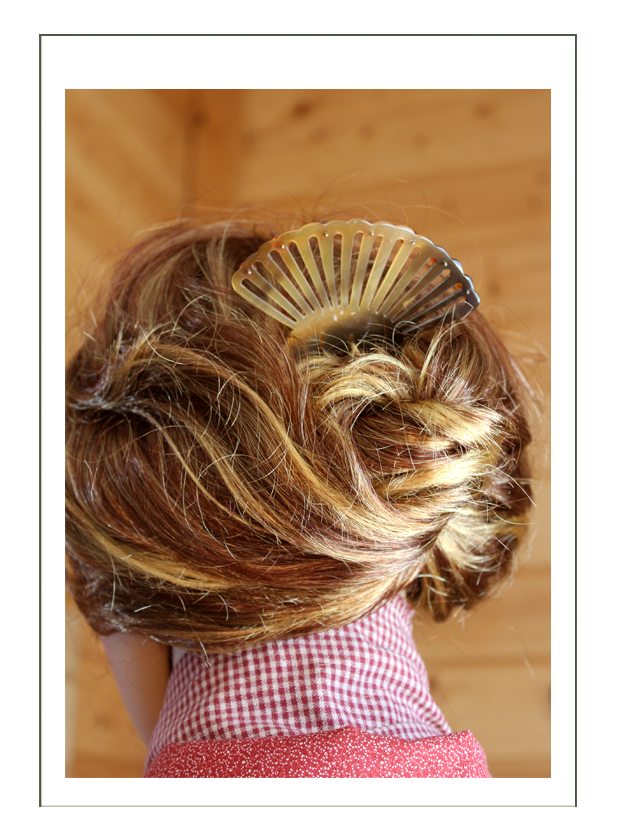
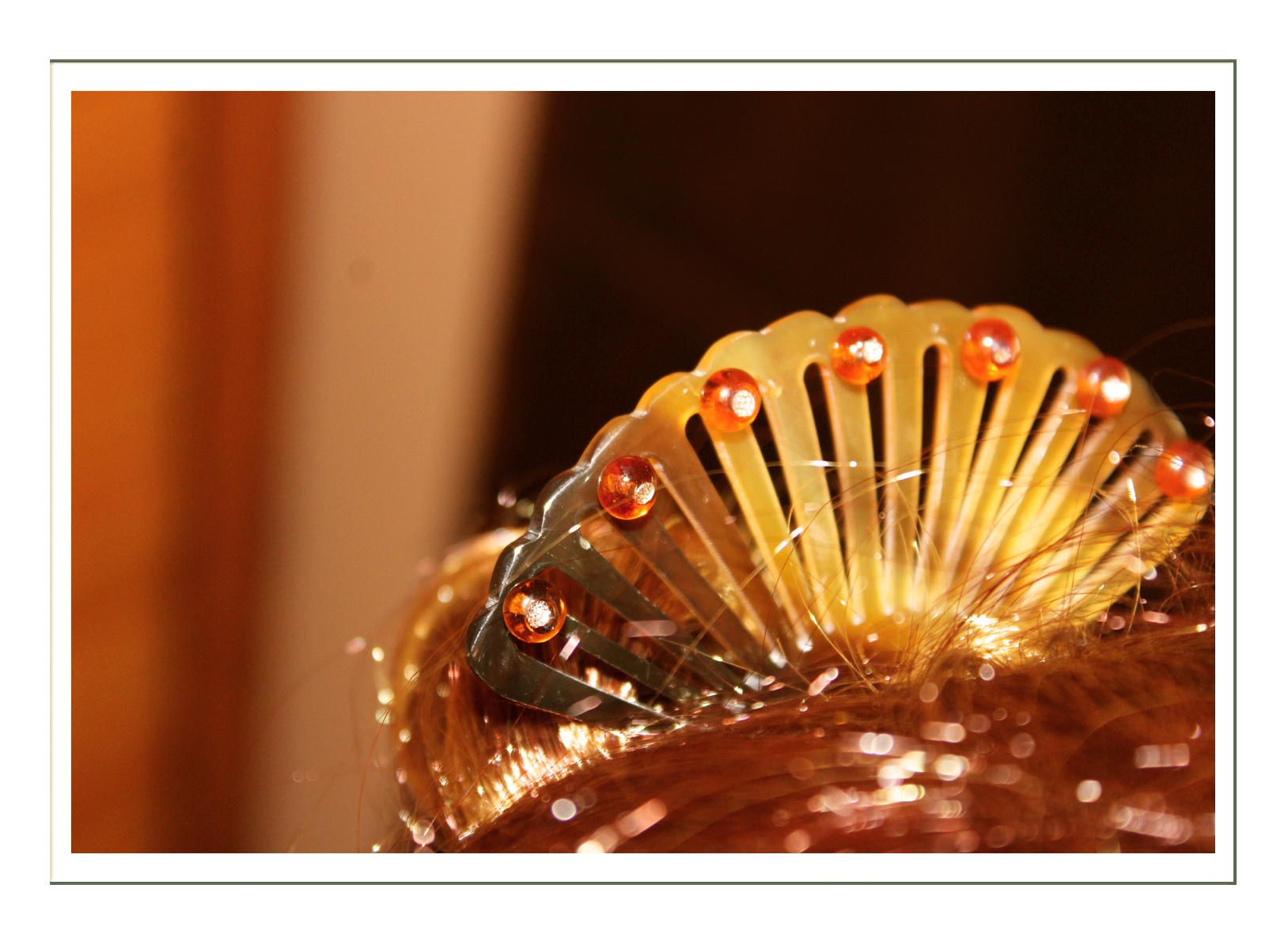
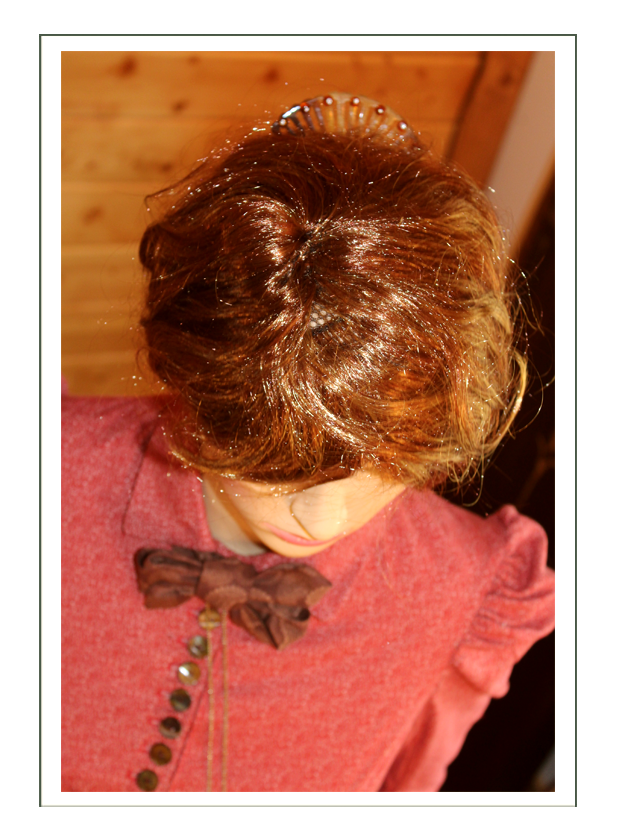
Button Boots, Stockings, & Authentic props
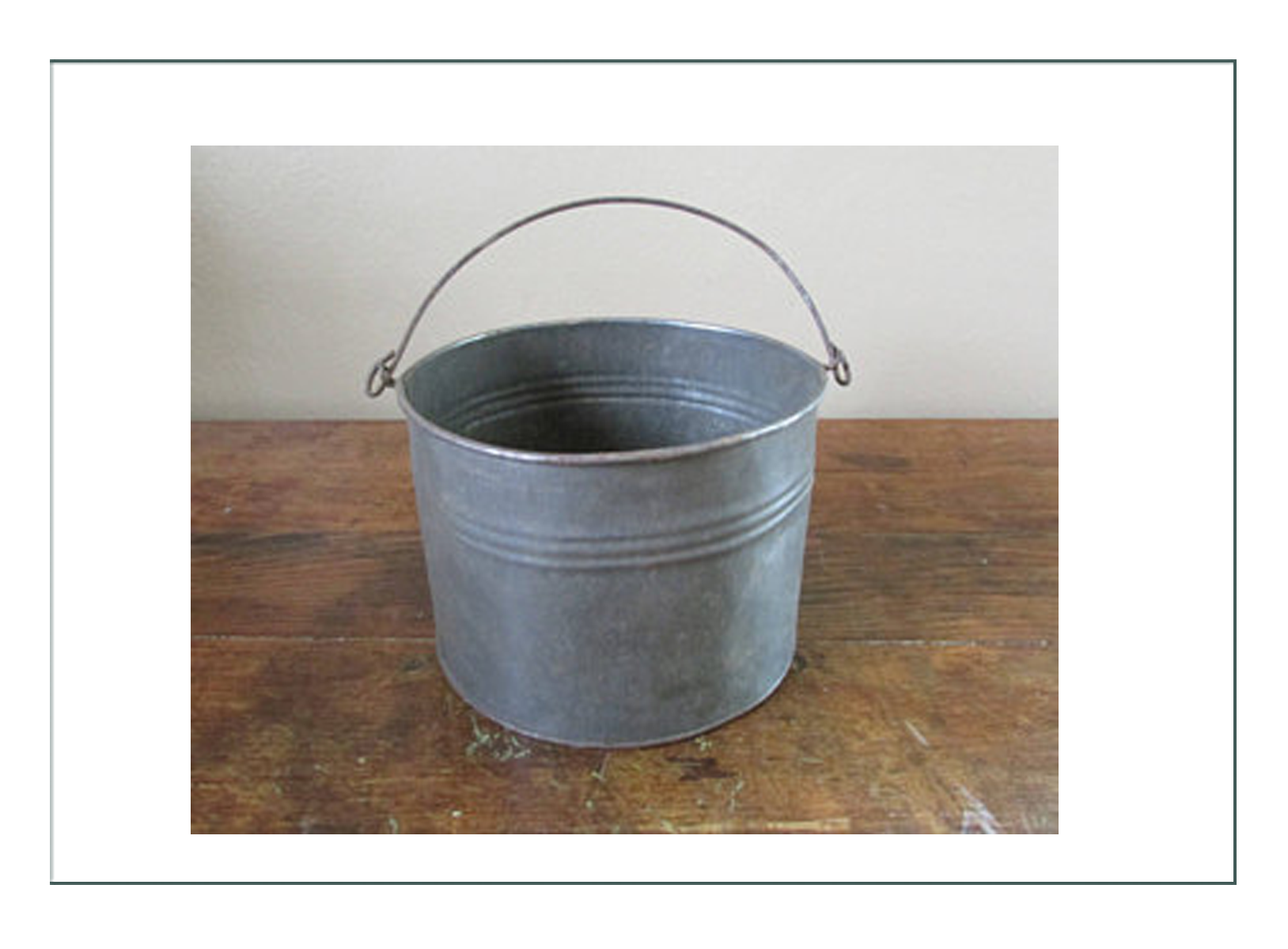
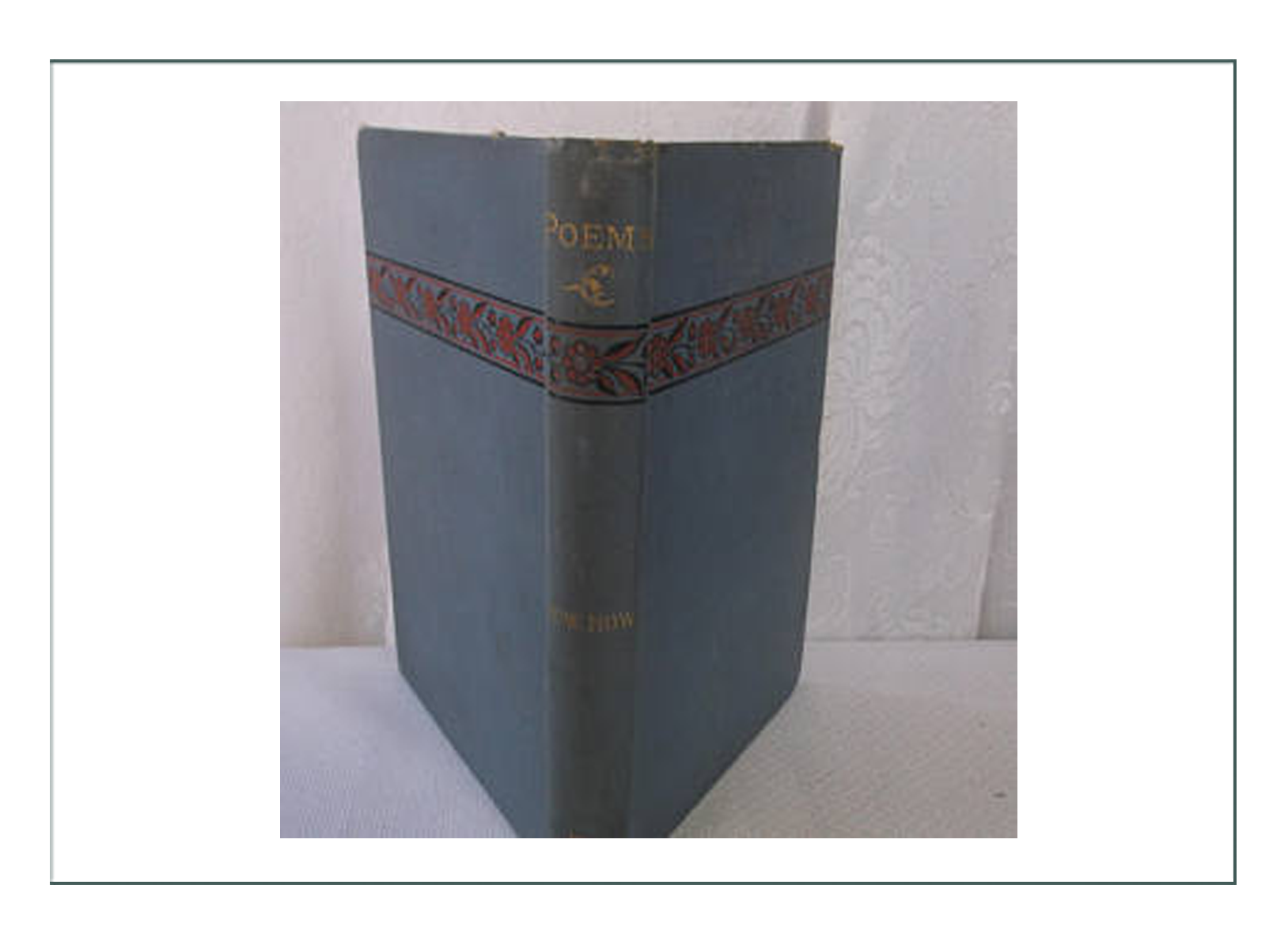
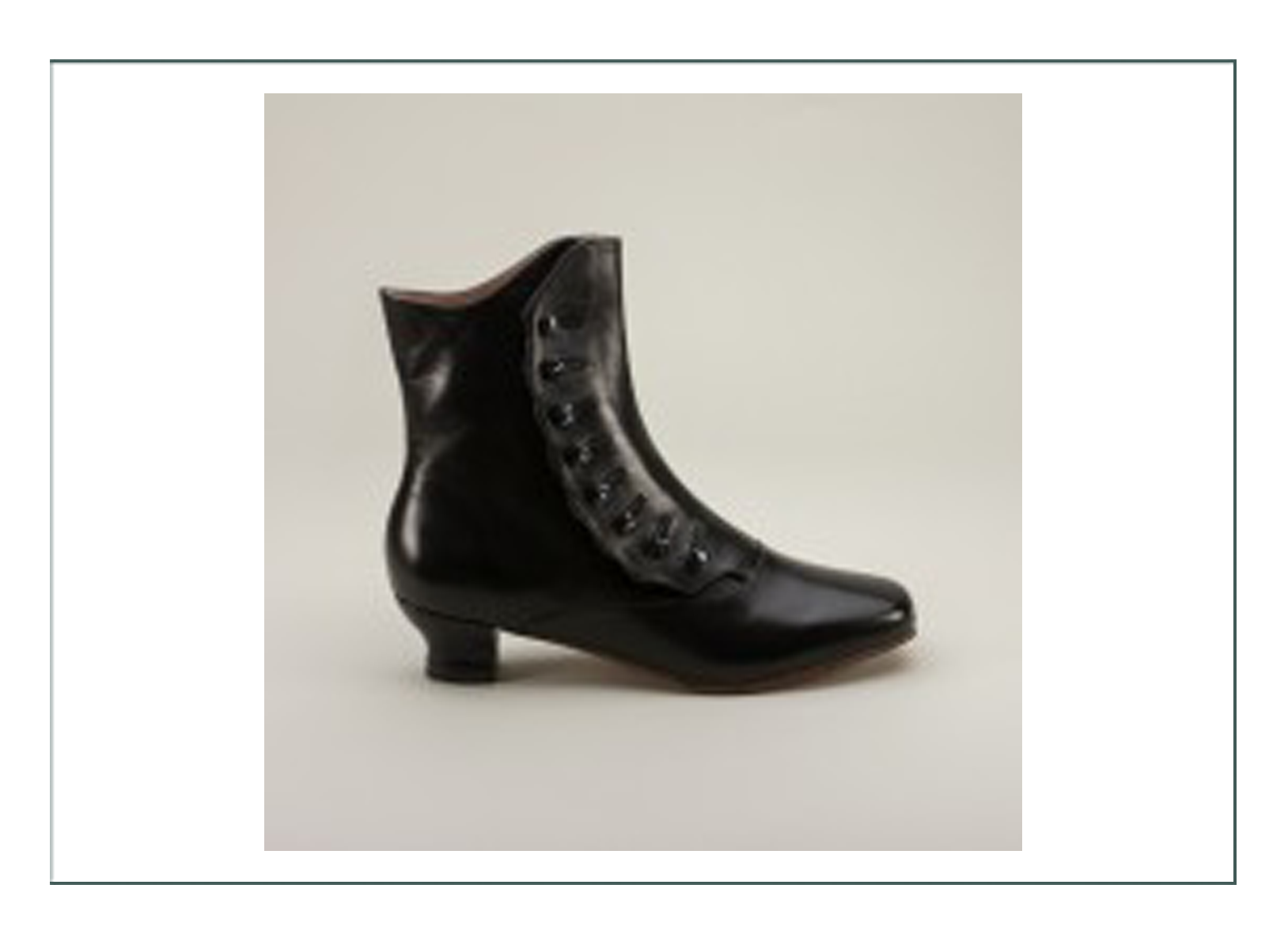

Fittings
Fashion Show May, 2018 Powell, Wyoming
Click to go to Mary’s Historical Research page of time & place
Click to go to Mary’s Fashion History & Real Women Research page
Click to go to Mary’s Design Development page

